

China’s beef import plans alarm sector

ENigel Stirling MARKETS Sheep and beef
XPORTERS are on edge as details seep out about moves being contemplated by the Chinese government to cap its beef imports.
Complaints from its beef industry led China’s Commerce Ministry to begin an investigation into imports from six countries, including New Zealand, a year ago.
Multiple sources have told Farmers Weekly that draft findings could be released as early as this week and that Chinese authorities have already floated two mechanisms to limit imports – both ending the unlimited tarifffree access for NZ beef exports to China under the 2008 NZ-China Free Trade Agreement.
Imagine trying to compete with the Brazilians.
New Zealand meat exporter
It is understood one mechanism involves “country-specific” quotas calculated according to each country’s beef sales to China in 2024. In NZ’s case this equates to 150,000 tonnes of tariff-free quota annually. Anything more would incur tariffs.
The alternative involves a global quota of 2 million tonnes allocated
to exporting countries annually on a “first-come, first-served” basis. Anything more would trigger new tariffs. Under both scenarios China would administer the quotas.
Exporters are disappointed and surprised by the proposals.
Although such moves are allowed under both the GATT system of global trade rules and the NZChina FTA, it was hoped that NZ would be left out of any safeguard action given that it makes up just 6% of China’s beef imports.
“Brazil is up something like 35% and they are 50% of imported beef into China and we are 6% and stable,” a director of one major meat exporter said.
“We are not contributing to increased beef into China.”
Others were concerned that 2024 could be used as the base year for country-specific quota allocations.
Statistics NZ data shows that NZ beef exports to China halved from more than $2 billion in 2022, to $1.045bn in 2024, as exporters chased higher returns from the United States and the Chinese economy struggled to recover from the pandemic.
“It would not necessarily have a significant impact right now but if this was to stay around for the next five years we could easily hit those safeguard levels based on what we were sending to China when it was our No 1 beef market,” another exporter said.
Equally, there is the risk NZ
Continued page 3

Walking
on water
Farmers Weekly contributing photographer Tim Cuff has been recognised in the 2025 Oceania Photo Contest, named runner-up in the New Zealand climate category. Cuff’s photograph was taken in June following extensive flooding on the outskirts of Nelson. But, as the image shows, the floodwaters didn’t stop these girls from taking their horses out for some exercise.
SECTORFOCUS
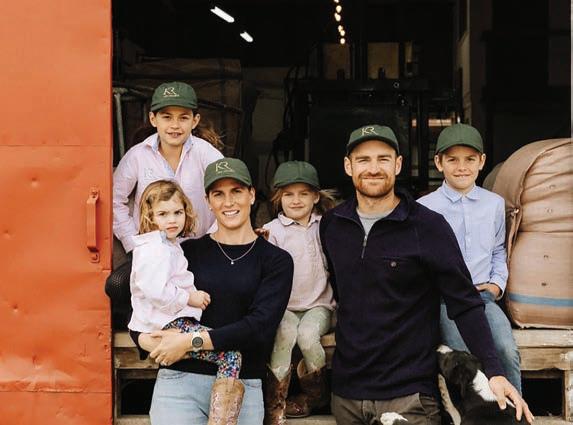
Alliance back in black after challenging few years.

NEWS 3
Tourism adds up for farmers
From the woolshed to the farm shop, Marlborough farmers Fred and Nikita Gane, and children Jonty, Katie, Frankie and Poppy, are sharing their passion for sheep and wool with visitors from around the world.
SHEEP & BEEF 21-24
Lactalis still living and breathing dairy 92 years on.
MEETING THE MARKET 4
Geography can’t change but planning can, says David Eade. OPINION 19
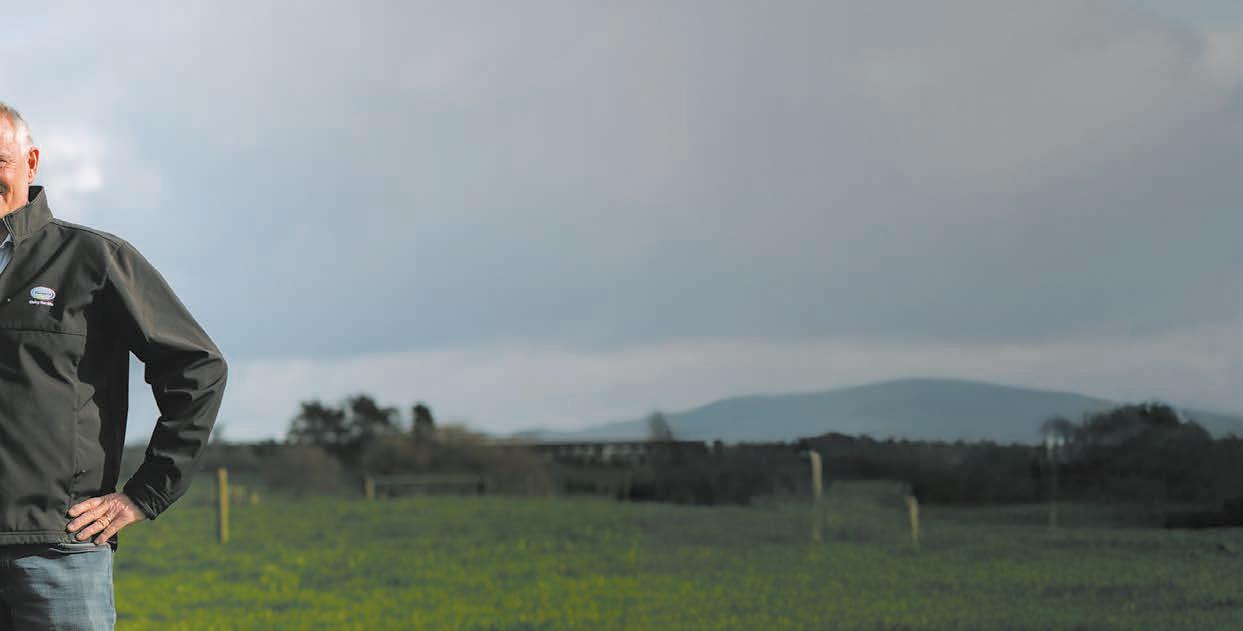
Photo: Tim Cuff
Get in touch
EDITORIAL
Bryan Gibson | 06 323 1519
Managing Editor bryan.gibson@agrihq.co.nz
Craig Page | 03 470 2469 Deputy Editor craig.page@agrihq.co.nz
Claire Robertson
Sub-Editor claire.robertson@agrihq.co.nz
Neal Wallace | 03 474 9240 Journalist neal.wallace@agrihq.co.nz
Gerald Piddock | 027 486 8346 Journalist gerald.piddock@agrihq.co.nz
Annette Scott | 021 908 400 Journalist annette.scott@agrihq.co.nz
Hugh Stringleman | 027 474 4003 Journalist hugh.stringleman@agrihq.co.nz
Richard Rennie | 027 475 4256 Journalist richard.rennie@agrihq.co.nz
Nigel Stirling | 021 136 5570 Journalist nigel.g.stirling@gmail.com
Isabella Beale | 027 299 0596 Multimedia Journalist isabella.beale@agrihq.co.nz
PRODUCTION
Lana Kieselbach | 027 739 4295 production@agrihq.co.nz
ADVERTISING MATERIAL
Supply to: adcopy@agrihq.co.nz
SUBSCRIPTIONS & DELIVERY 0800 85 25 80 subs@agrihq.co.nz
PRINTER
Printed by NZME
Delivered by Reach Media Ltd
Advertise
SALES CONTACTS
Andy Whitson | 027 626 2269
Sales & Marketing Manager andy.whitson@agrihq.co.nz
Janine Aish | 027 300 5990
Auckland/Northland Partnership Manager janine.aish@agrihq.co.nz
Jody Anderson | 027 474 6094
Waikato/Bay of Plenty Partnership Manager jody.anderson@agrihq.co.nz
Palak Arora | 027 474 6095
Lower North Island Partnership Manager palak.arora@agrihq.co.nz
Andy Whitson | 027 626 2269
South Island Partnership Manager andy.whitson@agrihq.co.nz
Julie Hill | 027 705 7181
Marketplace Partnership Manager classifieds@agrihq.co.nz
Andrea Mansfield | 027 602 4925 National Livestock Manager livestock@agrihq.co.nz
Real Estate | 0800 85 25 80 realestate@agrihq.co.nz
Word Only Advertising | 0800 85 25 80 Marketplace wordads@agrihq.co.nz
PUBLISHERS
Dean and Cushla Williamson Phone: 027 323 9407 dean.williamson@agrihq.co.nz cushla.williamson@agrihq.co.nz
Farmers Weekly is Published by AgriHQ PO Box 529, Feilding 4740, New Zealand Phone: 0800 85 25 80 Website: www.farmersweekly.co.nz
ISSN 2463-6002 (Print) ISSN 2463-6010 (Online)
Fonterra Sale:
Contents
Opinion
Sector Focus
1-17
18-19
21-24 Federated Farmers . 25-28
29-39
40-41
Livestock
Markets
Weather
41-43
44-47
48

RECOGNISED: Dr Shannon Clarke, principal scientist at the Bioeconomy Science Institute, has been awarded the McMeekan Memorial Award, one of the most prestigious honours in New Zealand agricultural science.
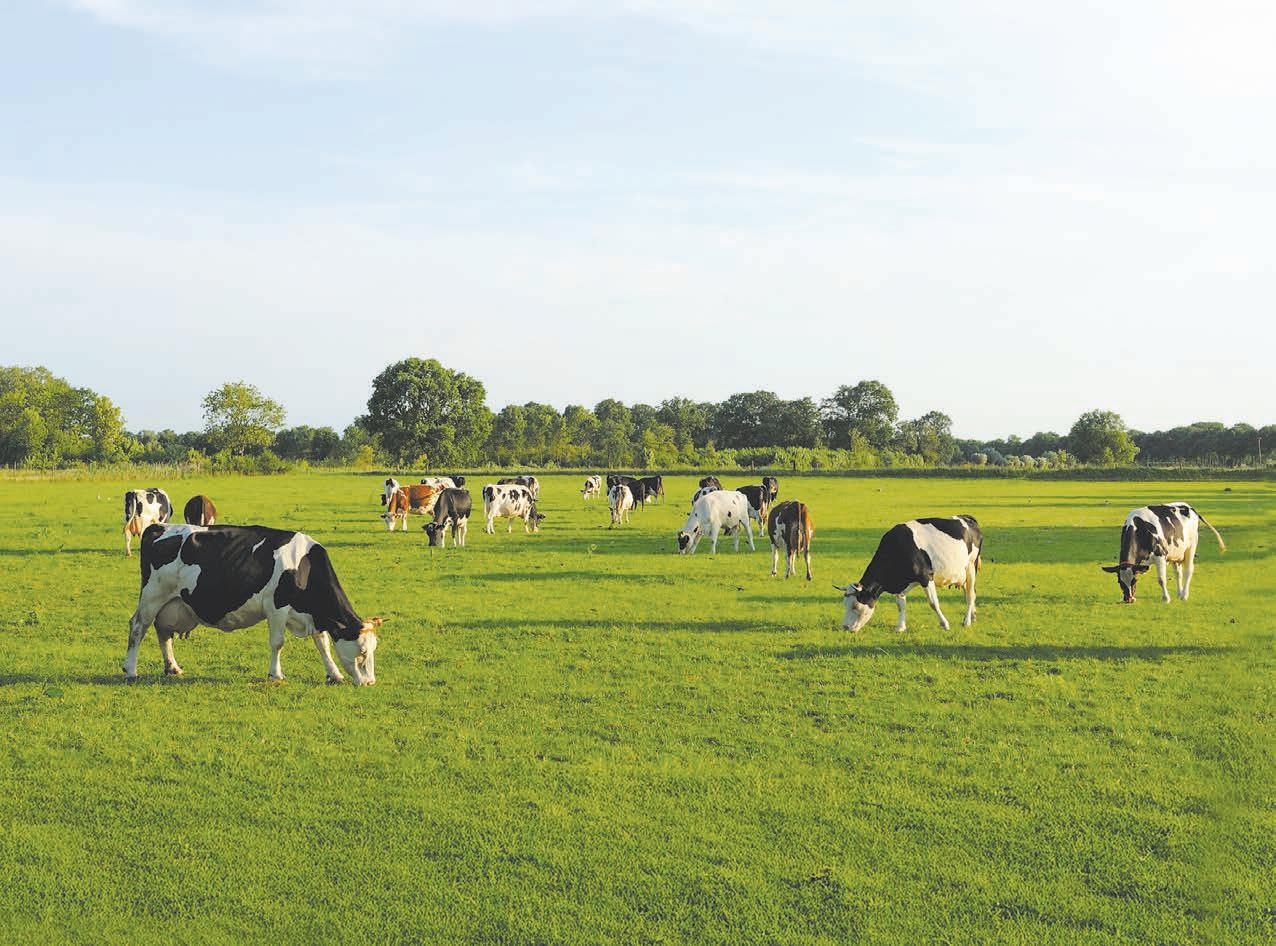
News in brief Appeal lodged Revolving credit
The Environmental Law Initiative has lodged an appeal against a High Court ruling that upheld the Environment Protection Authority’s decision finding no grounds to reassess glyphosate or glyphosate-containing herbicides. ELI’s director for research and legal, Dr Matt Hall, said new scientific evidence continues to emerge about glyphosate’s risks. Without a clear framework for reassessment, the public cannot be confident that regulatory decisions are based on the best available science.
Synlait has temporarily increased its banking facilities for working capital after what the dairy company called manufacturing challenges early in 2025. It has arranged a revolving credit of $50 million for the period November 14 to March 31, 2026. Synlait said it remains on track to deliver a significant reduction in debt by using the proceeds of the sale of Pōkeno and Auckland assets to Abbott Group, due on April 1.
Hornet hunt
Biosecurity New Zealand is ramping up its campaign to locate and eliminate the invasive yellow-legged hornet. This follows confirmed detections on Auckland’s North Shore. To date, 10 queen hornets, two workers and seven nests have been located and removed from the Glenfield and Birkdale areas. A technical advisory group, comprising independent scientific experts from countries that have successfully managed hornet incursions, is supporting the response.
NZPork appointment
Canterbury farmer Sean Molloy has been appointed to the New Zealand Pork Industry Board, following a director election.
Molloy, who farms in the Selwyn district, will be a producer representative for NZPork’s Region 3, covering the South Island.
The Fonterra Mainland Group sale has been approved now it’s time to look ahead
Join Forsyth Barr’s free webinar with Senior Analyst Matt Montgomerie as he breaks down what the sale means for Fonterra suppliers, shareholders, and the wider dairy sector

Matt will also discuss practical next steps from paying down debt to building flexibility and exploring off-farm investment opportunities
Webinar details: Thursday 27 November, 11:30am - 12:30pm Online | Free to attend Register now: forsythbarr.co.nz/federatedfarmers Can’t make it live? Register to receive the on-demand replay
Back to basics puts Alliance back in black

Neal Wallace NEWS Production
THE Alliance Group’s finances are back in the black following two years of sizeable deficits, with the company reporting a $24.6 million net profit after tax for the year to September 30.
Chair Mark Wynne attributed the $93m financial turnaround in just one year to a back-to-basics approach by management, focused on growing value and increasing its beef business.
He said the result was timely given the newly inked $270m investment by Irish meat processor Dawn Meats, which now owns 65% of the business.
“After two very challenging seasons, it’s pleasing to return to profit.
“This result reflects the hard decisions we’ve made as part of our ruthless back-to-basics strategy,” said Wynne.
“We have also worked hard to reduce our reliance on sheepmeat by strengthening our beef capabilities, diversified our market mix and enhanced transparency with our farmer-shareholders.”
This is a significant turnaround for Alliance, which for the previous two years accumulated
$166m of after-tax losses, $95.8m in 2023 and $70.2m in 2024.
As at the 2024 balance date, interest-bearing debt and borrowings reaching $232.7m.
The 2024 loss includes a oneoff $51.3m cost for closure of its Smithfield plant at Timaru.
Wynne said following a business reset, Alliance has become more disciplined and focused on growing market value.
We have also worked hard to reduce our reliance on sheepmeat by strengthening our beef capabilities.
Mark Wynne Alliance Group
“Over the past 12 months, Alliance has strengthened its financial position by reducing costs and optimising processing capacity,” he said.
“We have enhanced farmer offerings, invested in smarter technology, reduced inventory levels by around half compared with the same time last year and improved sales velocity.
“For the first time in many years, the company also funded capital expenditure on fixed assets

Continued from page 1
exporters would be squeezed out of the Chinese market, still NZ’s second largest, should the quota be allocated on a first-come, first-served basis.
One exporter cited the US’s “other countries” beef quota. The US provides this to countries without a countryspecific quota. By the end of January Brazil had grabbed almost all of 2025’s allocation of 65,000 tonnes, leaving “a few kilograms of Wagyu for the Japanese”.
“Imagine trying to compete with the Brazilians,” the exporter said.
directly from free cash flow.”
Chief executive Willie Wiese said operational improvements have lifted yields across all species through better plant performance and processing reliability.
“These changes have already made a tangible difference to farmgate returns,” he said.
He said technology also played a role in Alliance’s turnaround.
“The rollout of a new Enterprise Resource Planning (ERP) system improved transparency, strengthened control, and enhanced decision-making across the business.
“Combined with disciplined cost management, sharper execution and improved processing performance, these changes have created a leaner and more agile business, capable of responding quickly to changing market conditions.”
He said the past year has been about improving organisational effectiveness, running the business more efficiently, making better use of every dollar, and rebuilding trust and confidence with farmers.
“There’s still work to do, but the foundations are now in place.”
Revenue for the 2024-25 year was $2.1 billion, arresting two years of decline due in part to fluctuating market prices.
In 2022 Alliance turned over

$2.2bn on the back of lamb prices that rose 24% and beef, up 19.8%, but the following year after prices fell by a comparable amount, turnover was $2bn and last year it was $1.8bn.
The rising cost of debt servicing and the growth in core debt became an issue for Alliance, prompting the company’s banking syndicate to demand repayment of its debt.
In response, shareholders last
month overwhelmingly agreed to sell 65% of the company to Dawn Meats.
Wynne said that partnership will strengthen Alliance’s financial position and long-term competitiveness.
“The partnership will ensure Alliance has the financial strength, scale, market reach and capability to thrive in global markets while safeguarding the interests of our farmers.”
Falling GDT raises fears for milk price forecasts

Hugh Stringleman MARKETS Dairy
GLOBAL Dairy Trade prices have fallen for the seventh auction in a row, losing 3% in the price index and a chunky 7.6% for butter and 5% for anhydrous milk fat.
The GDT index has not moved positively since early August and the prices of dairy products have dropped 13%, raising concern that dairy companies will have to lower
There is also the question of how the NZ government would respond to any curtailment of market access negotiated under the FTA.
In its submission to China’s Ministry of Commerce, the Ministry of Foreign Affairs and Trade said both the FTA and World Trade Organisation rules “allow” NZ beef exports to be excluded from safeguards should they be proven not to be causing injury to Chinese producers.
A former trade negotiator said it is arguable how much injury could be attributed to NZ exports, but it would be a big step to sue NZ’s largest trading partner.
their $10 farmgate milk price forecasts.
Fonterra is expected to revise on December 4 when it releases the first quarter FY2025 trading results, followed by the Dairy Industry Restructuring Actstatutory forecast later in the month.
In the latest GDT auction the price of whole milk powder dropped 1.9% and has now fallen 21% since its most-recent peak in May. Skim milk powder was down 0.6% and cheddar and mozzarella down 2.7%.
NZX head of dairy insights Cristina Alvarado said the GDT prices fell further than had been expected by the futures market before the auction.
The seventh consecutive fall in the GDT index is consistent with market conditions of oversupply and softening demand towards the end of the calendar year.
“Milk availability is expected to remain solid in the near term, adding further pressure to prices if demand does not strengthen.”

FALLING: NZX head of dairy insights, Cristina Alvarado, says GDT prices fell further than had been expected by the futures market before the auction.
FOCUS: Alliance Group is back in the black, reporting a $24.6m net profit for the year ended September 30.
LIMITS: It is understood Chinese authorities have floated two different mechanisms to limit imports – both ending the unlimited tariff-free access for New Zealand beef exports to China under the 2008 NZ-China Free Trade Agreement.
Living and breathing dairy 92 years on

Neal
Wallace in Laval MARKETS Dairy
THE potential new owner of Fonterra’s consumer brands business has not ventured from the dairy industry since its founding in Laval in 1933.
Lactalis, which is still based in Laval, a 90-minute train trip west of Paris, was established by André Besnier to produce camembert cheese.
It remains a dairy processor 92 years later.
Revenue in 2024 was NZ$62 billion, of which 39% came from cheese, 22% from liquid milk, 16% chilled dairy and 12% butter and cream.
During a visit to the site by Farmers Weekly in early November, Lactalis managers could not
The company’s growth strategy has been to buy dairy businesses in different countries but retain local teams to manage them.
talk specifically about the purchase of Fonterra’s consumer branded business due to the regulatory approval process currently under way.
Fonterra shareholders last month overwhelmingly agreed to sell the co-op’s global consumer and associated businesses, Mainland Group, to Lactalis for $4.22 billion.
A Lactalis spokesperson said the company’s growth strategy has been to buy dairy businesses in different countries but retain local teams to manage their brands, production, distribution and retail networks.
The world’s largest cheese manufacturing company, it has four international brands: Président, launched in 1968, Galbani, Kraft and Parmalat.
It operates 266 processing plants in 51 countries, and its brands are sold in 150 countries.
André Besnier’s son Michel took over the business in 1955 and oversaw the company’s first international expansion into the United States, in 1981.
On his death in 2000, his son Emmanuel took over as chair and accelerated the international expansion with acquisitions throughout Europe, parts of the


Middle East, North and South America, Malaysia and India.
That includes a joint venture with Nestlé in selected markets.
Today it employs 85,500 people and handles 22.6 billion litres of milk a year.
In 2023 Europe generated 53% of its revenue, 31% came from the Americas and 16% from Africa, Asia and the Pacific.
In 2024 its Africa, Asia and Pacific businesses collected 3.3 billion litres of milk, which was processed in 44 production sites, generating revenue of NZ$9.4 billion.
Europe collected 12.2 billion litres, which was processed through 156 sites and earned $32.1bn in revenue while the comparable figures for the Americas are 7.3 billion litres handled by 66 sites earning revenue of $20.5bn.
One of its plants is at Vitré in Brittany. It employs 420 people who process 280 million litres of milk a year into a range of UHT milk and cream products for consumption by everyone from infants to the aged. It is supplied by 450 dairy farmers within a 50km radius who provide milk all year round.
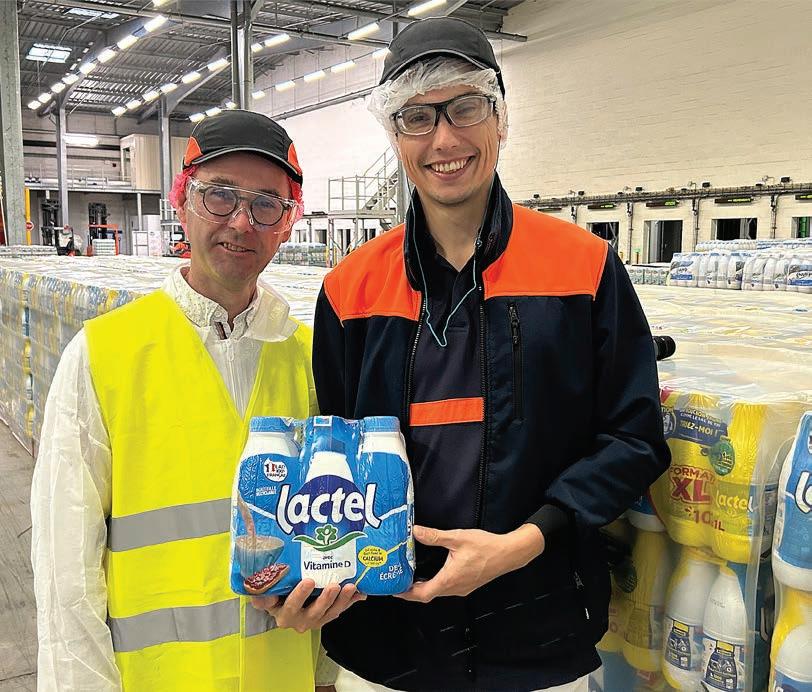
Romain Laforce, the head of operations at Vitré, said production peaks in April with flows 15% greater than the average for the remaining 11 months.
The composition of protein in milk can increase 20% over winter due to a shift in cow diets to feed with more starch and sugar.
The more than 269 million finished products the factory generates are in both bottles, which are manufactured on site, and cardboard bricks.
Laforce said UHT milk is popular in France due to its longevity, and is also exported around the world.
MORE: See pages 13, 14
• Wallace’s Meeting the Market tour has been made possible with grants from Fonterra, Silver Fern Farms, Rabobank, Zespri, Alliance Group, Meat Industry Association, Wools of NZ, Beef + Lamb NZ, NZ Merino, the European Union and Gallagher.
https://www.farmersweekly.co.nz/ meeting-the-market/



PRODUCTION LINE: UHT milk on a production line at the Lactalis Vitré factory in western France.
MANAGEMENT: Senior factory managers at the Lactalis Vitré factory in France Nicolas Begoin, left, the industrial director, and Romain Laforce, the head of operations.
DELIVERY: A milk tanker delivery at the Lactalis Vitré factory in western France.
A2MC announces $300m special dividend

Gerald Piddock NEWS Dairy
SHAREHOLDERS of The a2 Milk Company will receive a $300 million special dividend next year as it marks its 25th year in business. The announcement was made at a2MC’s annual meeting in Auckland and is the result of the transactions it made in August when it acquired the milk processing facility in Pōkeno and sold its majority stake in Mataura Valley Milk to Open Country.
“These transactions strengthen our strategic position and provide greater certainty over future capital needs,” a2MC chair Pip Greenwood said.
The dividend is subject to regulatory approval and further details on it are expected over the next 12 months.
It is expected to be unimputed and fully franked.
A2MC managing director and CEO David Bortolussi said that by 2030, the two transactions will deliver over $100m of additional brand sales, and over $60m of additional EBITDA.
Greenwood said the 2025
financial year had been a year of strong execution. He said the financial performance was “outstanding” with group revenue up 13.5% and earnings per share up 20.9%.
“We continue to make meaningful progress against our medium-term financial and nonfinancial goals and remain on track to achieve the vast majority of our targets.”
The year saw the introduction of a dividend policy. Total dividends of 20 cents per share were announced for 2025, representing a payout ratio of 71% and equating to $145m being returned to shareholders, she said.
Bortolussi said a2MC’s growth was driven by the China and Asia market, led this year by Englishlabel infant milk formula and other nutritionals.
Since 2021, a2MC has grown its China and other Asia sales by a compound annual growth rate of 22%.
The company’s sales in Australia and New Zealand were flat, with growth in its Australian liquid milk business offsetting declines in the daigou channel.
Its United States business continued its strong growth, and
Mataura Valley Milk experienced a significant increase in external ingredient sales, mainly due to higher GDT pricing and milk volumes, he said.
Total infant milk formula (IMF) sales grew 10% with its Englishlabel product the standout performer, up 17%, and its China label product up 3.3% with record market share.
Bortolussi said it was a very good result in a market that declined by 5.6%, and achieved while also having to manage supply constraints.
Liquid milk sales grew by 14% in total and other nutritionals continued to grow at a fast rate, up 23%.
A2MC’s overall China IMF market share continued to reach record levels, resulting in a2MC rising to the No 4 brand position in the world’s largest IMF market with 8% overall market share.
“This is a major milestone for our company, which launched its first IMF product only 12 years ago, competing against the global leaders in the category, and strong domestic players,” he said.
Looking ahead to the 2026 financial year, Bortolussi said the company has made a strong start

The dividend is a result of the transactions a2MC made earlier this year which are projected to deliver over $100m of additional brand sales, and over $60m of additional EBITDA by 2030.
We remain on track to achieve the vast majority of our targets.
Pip Greenwood The a2 Milk Company
to the financial year with its IMF, other nutritionals and liquid milk product categories all trading ahead of expectations.
Changes to currency rates are also expected to inflate sales and expenses.
As a result a2MC revised its guidance for revenue growth from a high single-digit percent to low double-digit percent.
“We have also reconfirmed EBITDA percent margin guidance to be approximately 15-16% and increased our net profit after tax guidance to now be slightly up on F2025 reported.”
Firearms lobby applauds proposed amendments

CHANGES to firearm laws should not affect law-abiding users and owners – but may offer some relief after what some are calling six years of the sector being “demonised”.
NZ Deerstalkers Association chief executive Gwyn Thurlow hopes the changes will alter the attitude of politicians and police towards law-abiding firearm users by acknowledging and respecting their rights.
“If you are already among the 230,000 law-abiding, licensed firearm owners and users, it
probably doesn’t mean much of a change.”
Thurlow said that after the Christchurch mosque attacks, police and the government demonised all firearm owners, and have not apologised for doing so.
“It’s been a political football played out in Wellington. The sooner that ends the better.
“We hope it will remove the
We hope it will remove the demonisation of the firearms community.
Gwyn Thurlow NZ Deerstalkers Association
demonisation of the firearms community.”
Associate Justice Minister Nicole McKee announced that a proposed rewrite of the 1983 Arms Act includes establishing a specialist firearms regulatory agency hosted by the police but over which they will have no control, and a new appeals process for those who have lost their licence.
Thurlow welcomed the new appeal and review process for those who are on the fringe of the law or could lose their licence due to temporary personal difficulties.
Previously people had to go to court to get their licence returned.
The new Act should encourage people, previously discouraged by
an overly bureaucratic process, to seek a licence, he said.
This will ultimately help the country contain its growing feral pest problem, which Thurlow said requires 500,000 licensed firearm owners to address.
Council of Licensed Firearm Owners spokesperson Hugh Devereux-Mack said removing the police from the licensing process will help restore confidence and address the feeling among licensed firearm owners that they are being treated as criminals.
“The trust and confidence since 2019 has bottomed out and can’t get any lower.”
multi-user agreement, so specified employees of biosecurity and pest control organisations can share prohibited firearms.
In announcing the proposed amendments, McKee said changes to firearm storage rules will clarify that they can be stored at any premises approved by the regulator; this could be at another secure but more suitable location.
“The current law has been modified dozens of times since it came into force over 40 years ago with many of those changes being rushed through with little to no scrutiny,” McKee said.
NO CRIMINALS:
Council of Licensed Firearm Owners spokesperson Hugh DevereuxMack said removing the police from the licensing process will help restore confidence and address the feeling among licensed firearm owners that they are being treated as criminals.

Devereux-Mack also welcomed the new appeals process for those who have lost their licence, saying current legislation gives the police enormous power to decide who keeps their licence and who does not.
He said he was recently contacted by a pensioner in their 70s who is a life member and coach of a clay target shooting organisation and has had their licence revoked because they failed to pass their driver’s licence.
Four armed policemen removed his firearms, despite his never having been in trouble with police, Devereux-Mack said.
He welcomed the new provision that, when a licence expires, if renewal is delayed due to a processing backlog, it remains current.
Endorsements for specialist firearms used by pest control operators are extended from 2.5 years to five years and include a
“The result is a complex, confusing and bureaucratic patchwork that makes it difficult for licensed firearm owners to comply while not adequately keeping the public safe.”
This week’s poll question:
Will changes to the Firearms Act encourage more people to seek a licence?
SHARE:
Neal Wallace NEWS Regulation
Investment Diversification for Farmers - why act
By Andrew Watters
In our most recent article “Beyond the Farm Gate: Diversification or Expansion for NZ Farmers?” we explored succession planning and diversification strategies for New Zealand farmers as the sector faces a major intergenerational wealth transfer. Drawing on Rabobank’s 2025 white paper on succession, it highlighted several tactics including how offfarm investments could enhance business resilience, assist with financial security through commodity cycles and assist with family succession. The article emphasised that there is no onesize-fits-all solution; a tailored approach is needed on whether or not combining core on-farm activities with diversified income streams will best suit family goals, resources, and risk tolerance.
Ultimately, the case was made that proactive, thoughtful diversification can provide for the successful succession of family ownership in New Zealand’s agricultural sector.
We now continue this article series with our thoughts on diversification for New Zealand farmers and why the time for this is now.
‘V’ for Volatility
New Zealand farmers are no strangers to risk, with every season bringing its own set of challenges: milk payout swings, weather extremes, rising input costs, and regulatory changes, just to name a few. For decades, the strategy has been simple: own more land, milk more cows or run more cattle, and ride out the cycles. However, in the current climate, depending exclusively on dairy or sheep and beef farming leaves families vulnerable to broad, industry-wide risks that remain outside the control of even the most skilled producers.
Consider the last decade. The dairy payout has ranged from $3.90/kgMS to $10.16/kgMS. Lamb prices have increased from $115 per head to close to $200 per head. Fertiliser and feed costs have surged by 40–60% in some years. Climate variability is increasing, with droughts here and overseas impacting on supply, demand, pricing and farm profitability.
When your entire wealth and income depend on the success of one or two commodities, you’re effectively betting the farm on forces outside your control. While this is the ‘lot’ of being a farmer, there are other options for businesses generating profits and free cashflow to contemplate growth and diversification.
Diversification as Insurance
Diversification isn’t about abandoning farming, it’s about protecting what you’ve built. Think of it as an insurance policy that pays you back. By allocating a portion of equity into off-farm assets, farmers can create a second or third-income stream that has the potential to cushion against downturns and provide for the future.
There are several compelling reasons why diversifying into off-farm investments is worth considering today.
First, investment in assets such as kiwifruit orchards, solar projects, forestry and commercial property can be obtained through managed funds, providing farmers with a diversified source of income, potentially helping to stabilise cash flow when agricultural returns fall.
Second, these sectors are backed by their own robust market fundamentals. Demand for healthy fruit products continues to grow globally, with the shift towards electrifying our total energy system utilising renewable energy accelerating, and despite some changes to regulations, mixed use forestry still appears an important contributor to the economy to 2050 and beyond.
A third advantage is this: some investments are quite tax efficient, which might be welcome at times of higher on-farm incomes. For example, an investment in solar can provide cash returns without taxable income over the first ten years due to depreciation allowances on solar panels and related materials.
These all point to income sources outside of farming potentially improving financial flexibility for major life events. Whether it’s planning for succession, preparing for retirement, or ensuring fair settlements among
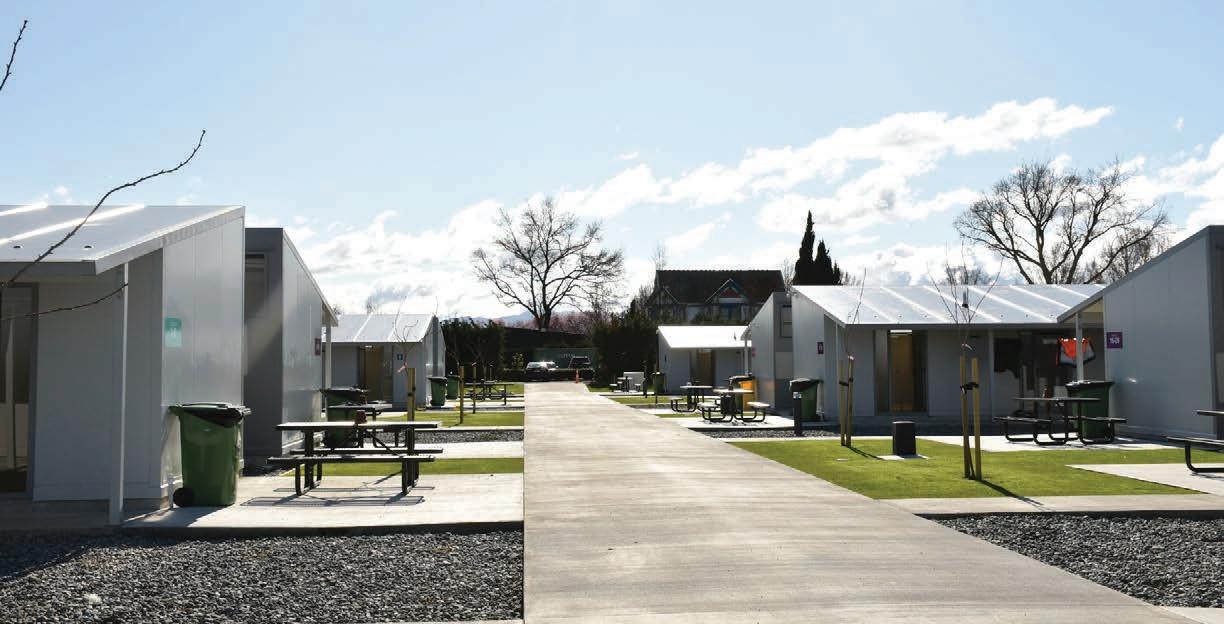
“Rural
family members who are not involved in the farm, off-farm income can help to make these transitions smoother and less stressful for you.
Case Study: A Farmer’s Hedge
A Waikato farming family with $10 million in equity, with an allocation of 10% ($1.0 million) into a kiwifruit fund investment and a solar fund.
• Annual forecast distributions from off-farm investments: $70,000 –90,000 combined.
• Exposure to SunGold kiwifruit and Zespri returns and renewable energy, not just milk/meat prices.
• Flexibility: If income drops from the farmer’s own property, the orchard and solar returns can help supplement lost income.
• Future optionality: these are separate assets to the farming business and as such can help support family during retirement which could be useful assets when it comes to succession planning.
Practical Steps to Start
Clarify priorities: Is the surplus intended for debt reduction, farm development, family needs, expansion, or off-farm investment? Each goal has a different risk and return profile. A good place to start is understanding your cashflow and benchmarking your performance and debt levels.
Evaluate Debt Reduction: Paying down high-interest or short-term
debt increases liquidity and reduces the product price at which your farm breaks even.
Consider On-Farm Investment. Invest in projects with proven payback at conservative prices (e.g. pasture improvement, water reliability, effluent systems).
Ensure you have a buffer: Hold enough cash to cover operating costs through unexpected events before chasing higher returns.
Explore Off-Farm Investment Diversification: To reduce exposure to farming cycles, weather, and sector shocks, these assets can be more easily split among family members or used to support retirement and may offer tax efficiencies.
Set an allocation target: Start small, 5–10% of equity may be enough to make a difference.
Engage Trusted Partners and Advisors. Work with financial planners, investment syndicates, and sector experts to tailor strategies to your risk tolerance and goals. Make sure the risks of any investment are well known and there are mitigations in place.
Document and Communicate the Plan. Ensure investments fit with family wills and keep all stakeholders informed.
Monitor and Review Regularly. Review investments and farm projects against benchmarks and adjust as needed. Be agile and reallocate capital as market conditions and family needs

evolve.
There is no one-size-fits-all response when it comes to managing any free cashflow that your are generating. The best strategy is one that aligns closely with your family’s unique objectives, appetite for risk, and available resources. In New Zealand, many farmers are choosing a balanced approach by continuing to focus on their core farming operations while also seeking new opportunities to diversify their income. Achieving long-term success in this area requires careful planning, thorough market research, and the guidance of trusted professionals.
Interested in finding out more? MyFarm offers a range of off-farm investment opportunities to wholesale investors, including our current offer: a lease-based rural commercial property investment, forecast to pay monthly distributions of 7.5% p.a.
To find out more, visit myfarm.co.nz
Disclaimer:
The information contained in this article is for general information purposes only. Any reliance you place on such information is strictly at your own risk. It is not intended to constitute legal or financial advice and does not take your individual circumstances and financial situation into account. We encourage you to seek assistance from a trusted financial adviser, legal or other professional advice.
NZ beef wins big in Trump tariff U-turn

UNITED States President
Donald Trump’s decision to largely exclude Brazil from his beef tariff backdown has been described as a “win-win” for New Zealand’s meat exporters.
Trump responded to concerns his tariffs were feeding the recent surge in US consumer inflation by scrapping them on a range of imported food items.
Meat Industry Association chair Nathan Guy said this year’s increase in tariffs on all NZ exports to the US, first to 10% in April before rising to 15% in August, had left NZ beef exporters at a competitive disadvantage
to Australian rivals, who had remained on 10%. Beef export volumes from NZ to the US had fallen year-on-year since April despite strong demand and surging prices. The cost of tariffs on NZ beef to the US had topped $300 million over that time.
“This means that our beef will go back to facing a tariff of less than 1% under our WTO countryspecific tariff rate quota and will restore a level playing field with our key competitors,” Guy said.
Crucially, the reversal applies only to the so-called reciprocal tariffs Trump has used in his bid to even up trade flows with countries with trade deficits with the US.
This leaves in place the 40% tariff Trump hit Brazilian imports with in July as payback for the sedition charges brought by the Brazilian
government against former Brazilian president and Trump ally Jair Bolsonaro.
In addition, Brazil exceeded its US beef quota for 2025 during January, leading to an additional 26.4% out-of-quota tariff for the rest of this year, meaning the total tariff on the country’s beef exports to the US remains at a whopping 66.4% after the removal of its own 10% reciprocal tariff last week.
Meat exporter ANZCO’s general manager of sales and marketing, Rick Walker, said Trump’s reversal on tariffs on Australian and NZ beef while simultaneously keeping their biggest competitor on the sidelines is a “great outcome” for the two countries.
“Australia and NZ are the winners without a doubt,” Walker said.

Walker expected the tariff reduction, like the previous hikes, to be shared along the beef supply chain. However he doubted it would be enough to reduce prices for US consumers.
“The price the consumer pays is going to continue to go up because the vast majority of beef in the US is domestic and there is a dramatic shortage of domestic beef.”
Walker estimated beef prices in the US could increase another 2030% as the ongoing impact of the 70-year low in the US beef herd overwhelmed the effect of tariff reductions.
Comvita back to drawing board as Florenz vote fails
Staff reporter NEWS
Apiculture
COMVITA has confirmed that the proposal for it to be acquired by Florenz will not proceed after failing to reach the necessary 75%
majority following a vote held at a special meeting on November 14.
The final tally of votes was 54.34% in favour and 45.66% against.
If passed, it would have seen Florenz acquire Comvita by way of a scheme implementation
agreement. That SIA has now been terminated.
The Comvita board is working with its lenders and advisers to determine the most appropriate next steps, and all available options are being assessed, the company said.

Comvita chair Bridget Coates said the board is continuing to advance alternative options.
“Our current intention is to assess options to recapitalise the company.
“This work is progressing with urgency and discipline to secure a solution that stabilises the business, positions it to grow again, and reduces ongoing risk to shareholders.”
The mānuka honey company will hold its annual meeting on December 17 in Papamoa, where a business update is expected.
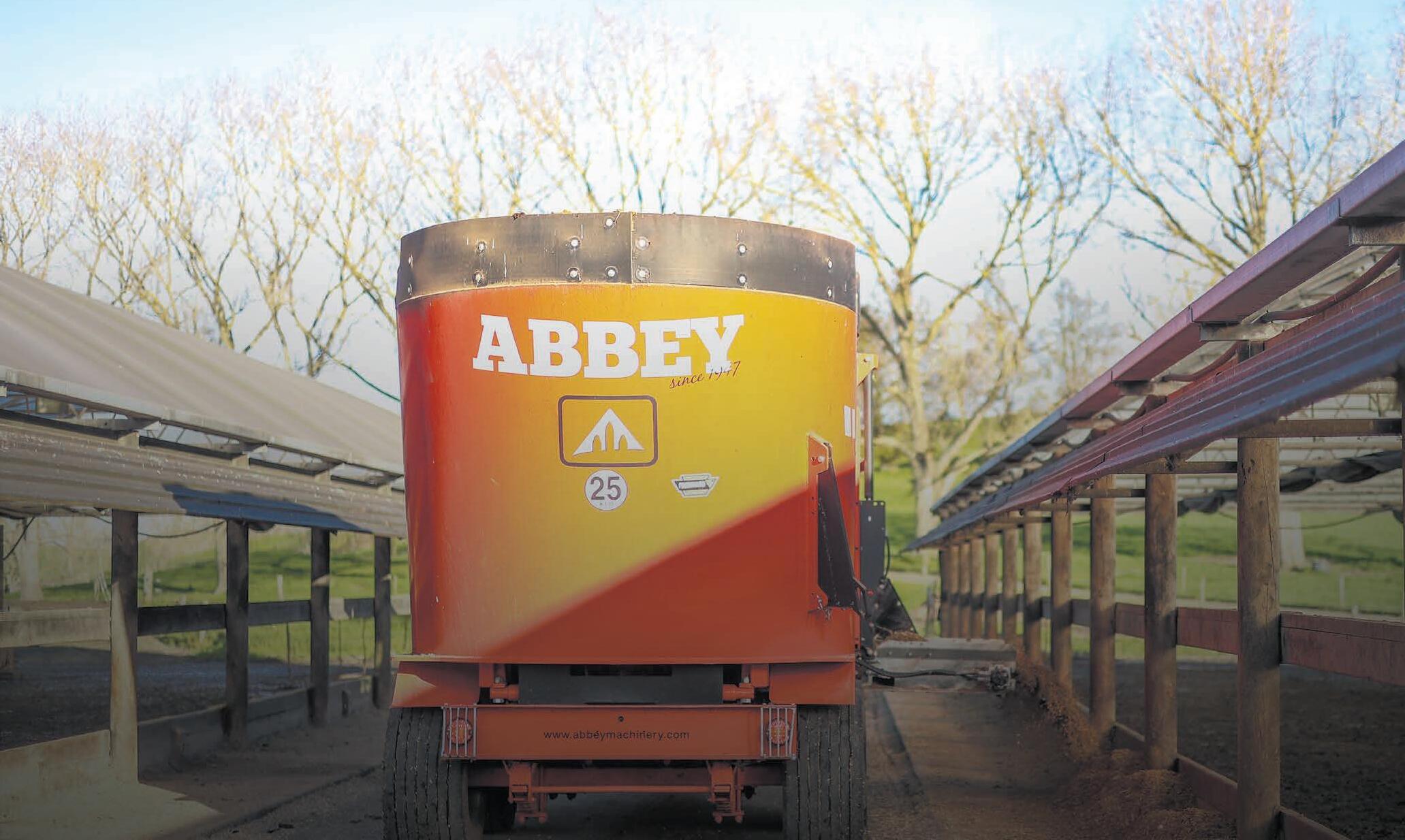





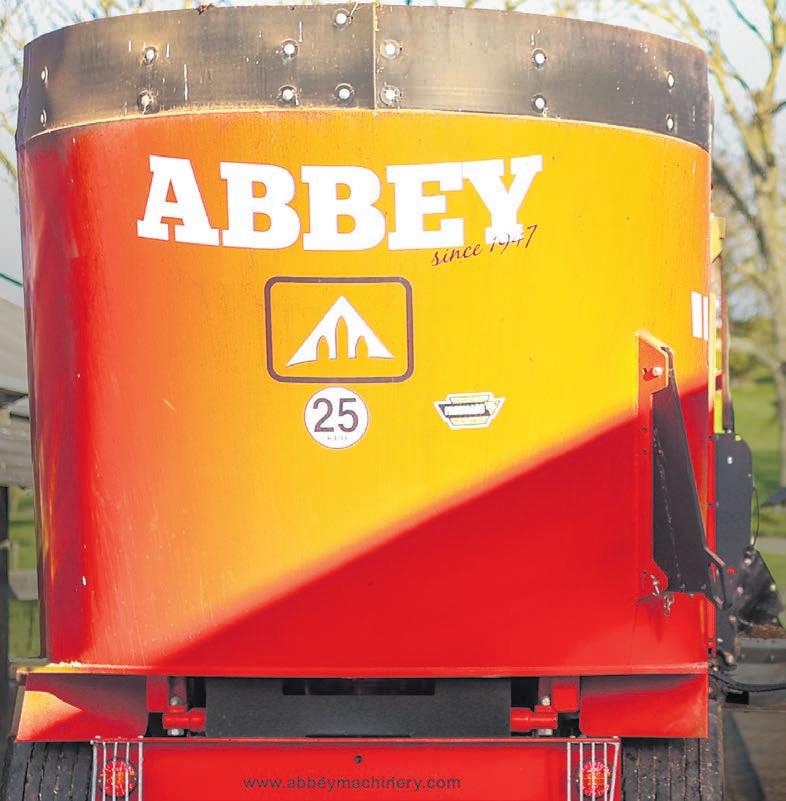









U-TURN: United States President Donald Trump responded to concerns his tariffs were feeding the recent surge in US consumer inflation by scrapping them on a range of imported food items last week.
Nigel Stirling MARKETS Sheep and beef
Time to dose dogs as sheep measles spikes
ASPIKE in the infection rate of C ovis – or sheep measles – has prompted a warning to farmers to keep on top of measures to control the spread of the disease.
Ovis Management project manager Michelle Simpson said data for carcases processed across the country in October shows 1.21% were recorded as being infected.
Sheep measles is caused by the Taenia ovis tapeworm.
Although it poses no risk to human health, it can cause blemishes in sheepmeat, which is undesirable for consumers

thrive.
and particularly for the export market.
“October was the first month
of the new C ovis management season and we do expect the figures to come down but we
are also seeing it occurring from farms that have not had it before,” Simpson said.
“It is really important that farmers keep up to date with regularly dosing all dogs on farm with the required tapeworm treatments and also ensure any visiting dogs or hunting dogs have been treated at least 48 hours before coming on farm.”
That treatment to manage the risk of sheep measles is for all farm dogs to be treated monthly with cestocidal (tapeworm) drugs containing the ingredient Praziquantel – a cheap and effective treatment – and an All Wormer every three months.
There is no obvious cause for the spike in cases, but warm wet weather across much of the country has provided ideal
Dan Billing to chair BLNZ Farmer Council
DAN Billing has been elected national chair of the Beef + Lamb NZ Farmer Council.
Billing was elected unopposed. He will replace Paul Crick, who led the Farmer Council for the past six years.
BLNZ’s general manager
for farming excellence and extension, Dan Brier, said Crick had made an outstanding contribution on behalf of BLNZ and farmers, and his efforts have been instrumental in strengthening farmer representation and engagement.
“Paul has brought a real focus on ensuring BLNZ is hearing the voice of our farmers and has contributed right across the
organisation. He has participated in our farmer research advisory group, industry people and capability/vocational training policy and programmes and as a chief judge of the BLNZ Awards.
“Paul can step down knowing he has made a real impact on sheep and beef farming in New Zealand through his work with BLNZ.” A formal farewell and thank-
you for Paul Crick will take place at the Out the Gate event in May 2026.
Dannevirke farmer and experienced banker Billing brings a wealth of expertise to the role. He has worked on farms and agribusiness across the eastern North Island, and served on the BLNZ Eastern North Island Farmer Council for eight years.
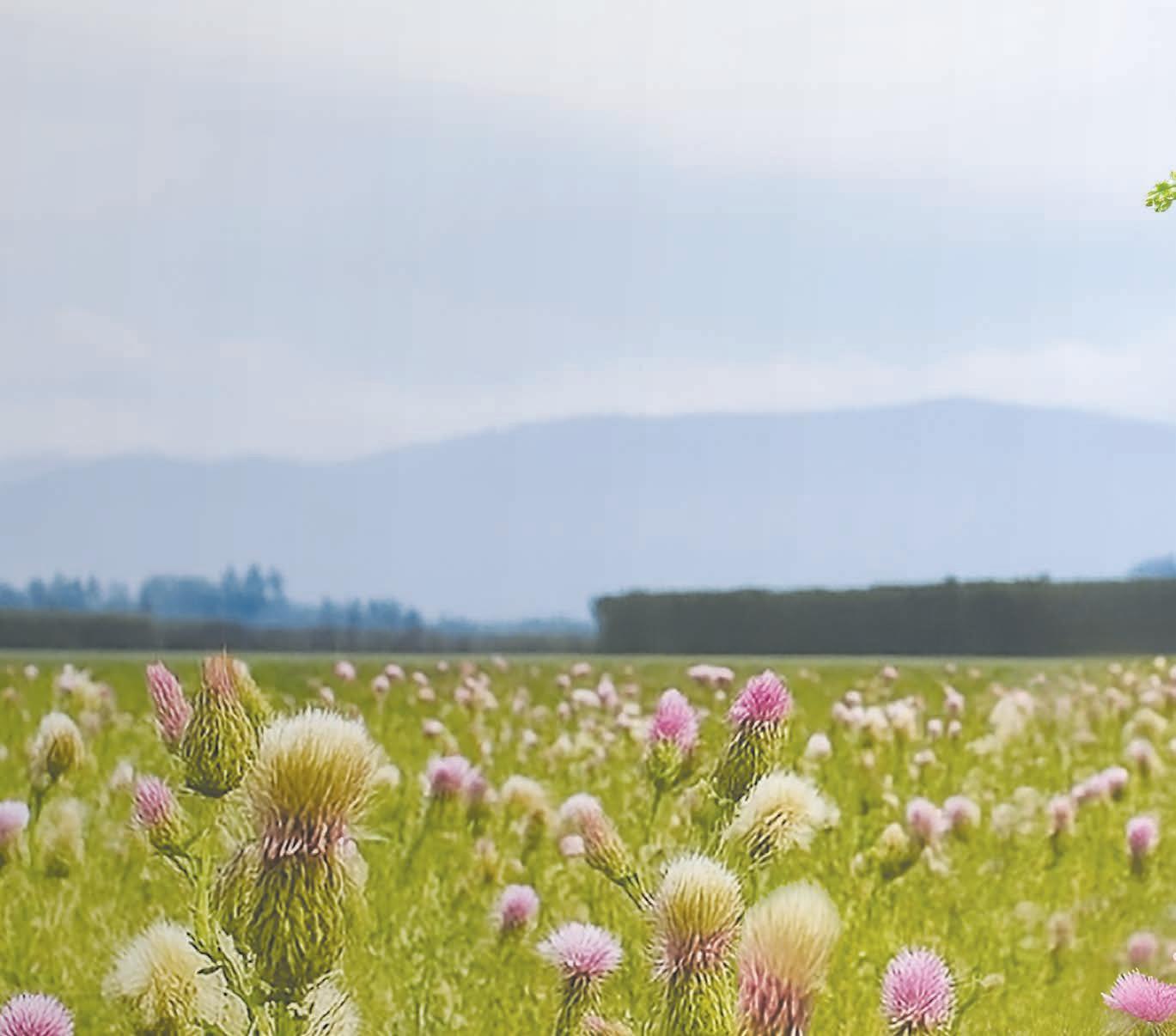
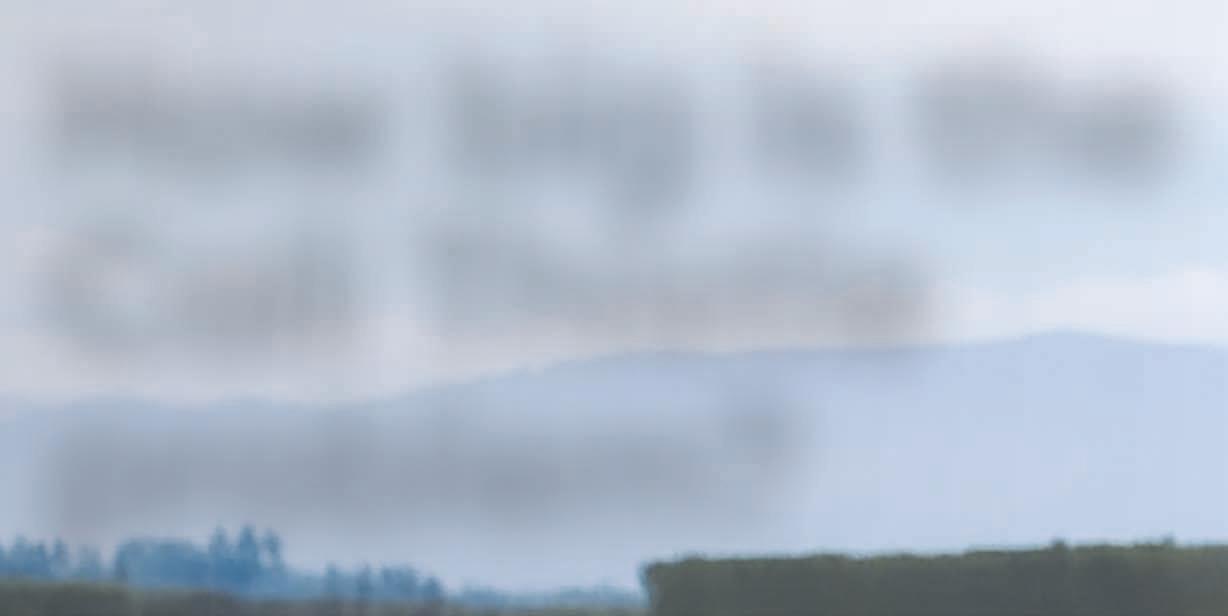

conditions for the C ovis parasite to thrive, Simpson said.
“Keeping to that regular dosing routine is really critical because the C ovis tapeworm eggs can survive on pasture for up to 300 days.
“It is not enough to dose your dogs and think ‘That’s it’.”
Dogs become infected with the tapeworm by eating untreated meat or offal infected with live cysts. C ovis is then spread to sheep through tapeworm eggs in dog faeces left in grazing areas. Eggs can also be spread from dog faeces over large areas, mainly by flies.
Raw sheep or goat meat should also be either frozen to -10°C or below for at least 10 days or cooked thoroughly before being fed to dogs.


THRIVING: Ovis Management project manager Michelle Simpson says the warm wet weather across much of the country has provided ideal conditions for the parasite that causes sheep measles to
SECTOR: New BLNZ Farmer Council chair Dan Billing has worked on farms and in agribusiness across the eastern North Island.
‘The
way we are using drenches is broken’

Annette Scott NEWS Disease
THERE are ways to manage drench failure in livestock and the world will not end if some animals are left un-drenched, Lincoln University researcher Andrew Greer says.
“That’s the hard thing to get across to farmers that must love doing it (drenching) because they are doing it all the time, especially sheep farmers,” the senior agricultural science lecturer said.
RESPONSIBLE:
AgResearch scientist Robyn Dynes says future-focused farming systems must be informed by science that listens, learns and leads responsibly.
Addressing the recent New Zealand Institute of Agricultural and Horticultural forum, Greer said anthelmintic resistance is not a new issue, and the problem is not the drenches.
“The issue is our reliance on them. They are a finite resource and we need to use them wisely.
“The problem is wasteful drenching. The way we are using drenches is broken. We need to change, be smarter and stop doing stupid things.
“System changes to reduce reliance are needed while we still have a safety net.”





Thisbig.
On average, each new active anthelmintic has roughly a 10-year useful life expectancy before widespread failure.
“It’s all too common: drenching regularly regardless of need, wasteful drenching by the calendar and drenching all animals if they don’t need it.
“Lots of farmers are working on a monthly regime for their sheep and cattle. This all must stop.”
Greer urged farmers to get into targeted selective treatments and decide what part of the mob to drench using options around liveweight gain, body condition score and performance.
“The key is not all animals need to be drenched all the time; the world does not end if you leave some un-drenched. If they are doing well, don’t drench.”
Less than a third need to be treated twice in a row and nearly three-quarters do not need to be treated next time.
The added benefits are more resilient animals that grow better and require fewer treatments. Those needing fewer treatments have better index values and survival. There will likely be marketing advantages following responsible use of chemicals.

“Overseas is shocked at how much we are drenching in NZ,” Greer said.
“We need evidence that we can drench less and reduce use, while saving time, cost and labour.”
Reducing reliance on drenches is about interruption of the lifecycle outside the host. This includes forage types, biological control, grazing management and intensity.
“Now is the time to be changing: accept lower term protection for longer term benefit.”
“The right kind of science where growers and industry can be viable needs investment,” AgResearch principal scientist Robyn Dynes said.
“The key principles of biological systems exist but as a small country we need to be sharp and smart to take us into the future
SHOCKING: Lincoln University ag science researcher Andrew Greer says ‘overseas is shocked at how much we are drenching in NZ’.
with less short-term fixes and the right kind of science.
“Science and technology must deliver new tools, and numbers behind tools are essential; science must prove it will work in the way intended for farming systems to be profitable and resilient in a more complex and difficult future.
“We need a transdisciplinary approach because complex systems cannot be resolved in one – responsible innovation, starting by understanding everyone in the ecosystem being prepared to change, doing the science we need to do not the science we want to do
“It’s about profitable, flexible and future-focused farming systems working with nature, not against it; [being] resilient, adaptive and equitable, informed by science that listens, learns and leads responsibly.”


As farmers know, Californian Thistle is incredibly difficult to eradicate. That ’s due to its unusually deep root system, which can burrow as deep as 2.4 metres – that ’s taller than S amuel Whitelock.
Not only that, lef t unchecked, each stem can produce up to the length of a foot y field in root ever y year; up to 4,000 kilometres per hectare! And the fact that they are perennials, unlike their annual thistle cousins, means they just keep coming back (as you know too well!)
B ut you can tackle the problem once and for all, with Tordon PastureBoss.
We recommend following a three-spray programme with Tordon Pastureboss as the anchor product, followed by a second application of phenoxy (MCPA) and then spot sprays of Tordon PastureBoss for lasting results
And of course Tordon PastureBoss can be used on a wide range of other hard-to-kill pasture weeds
S ee our website for details.

To view the Technical Manual or download the label scan the QR code. Always read the label before use
e d th l el fo

Making tracks key to a happy retirement
PETER Winter might be 94 years old, but he’s still handy with a shovel and is happy to head into the Canterbury back country to help Department of Conservation rangers upgrade walking tracks.
Winter is part of the Mount Somers Walkway Society, founded around 40 years ago.
The volunteer group of mainly retired farmers is described as the “third arm” of DoC, spending hundreds of hours looking after the Mount Somers tracks and biodiversity. They’ve just helped build a new zigzag walk on the very popular Woolshed Creek Track.
DoC Geraldine operations manager Tony Preston said Winter and the Mount Somers Walkway Society are the most productive, passionate and committed community group he has ever worked with.
“As well as Woolshed Creek, they constructed a new walk to Sharplin
Falls (funded and managed by them), plus they’ve done an enormous amount of broom and gorse control in the Mount Somers area,” he said.
DoC ranger Chad Adams said they’re a key partner in the projects his team needs to get done.
“A lot of the work we do would be very difficult to achieve without them. We see them as one of us. It means we can focus on other areas. These guys are always ‘naturing’, there wouldn’t be a day go by when one of these guys isn’t out doing something. Peter’s a classic. He’s amazing at 94 to be going strong and what an inspiration,” Adams said.
Mount Somers Walkway Society president Robert Schikker said they get a huge amount of satisfaction from the work with DoC.
“Being retired farmers, we love hard physical work. Peter’s a real character and he’s been around for a long time. He’s apparently never been to the doctor. I reckon it’s this outdoor work and staying fit that keeps him going.

“We all enjoy a day out and bonding with each other and we love the idea that we are creating something that others can enjoy,” he said.
Adams said having the group upgrade popular tracks is vital, especially heading into the busy summer season.
“These tracks get masses of use,
Cider ready for next steps

THE New Zealand cider industry is poised for growth, with some orchardists already grafting trees to tap into the premium cider market.
Director at Cider Apples New Zealand Allan White told Farmer’s Weekly cider makes up 15% of the NZ wine market, up from only 3% a decade ago.
Most local cider is made from either apple juice concentrate or process grade eating apples, but over the past few years the sector has been investigating whether there’s demand for growing apple varieties specifically for premium ciders, White said.
In contrast to the sweet ciders from concentrate, premium ciders are dry, and have specific tannins similar to those of dry white wine. White said about 15,000 trees could be planted for commercial purposes in 2026, with a number

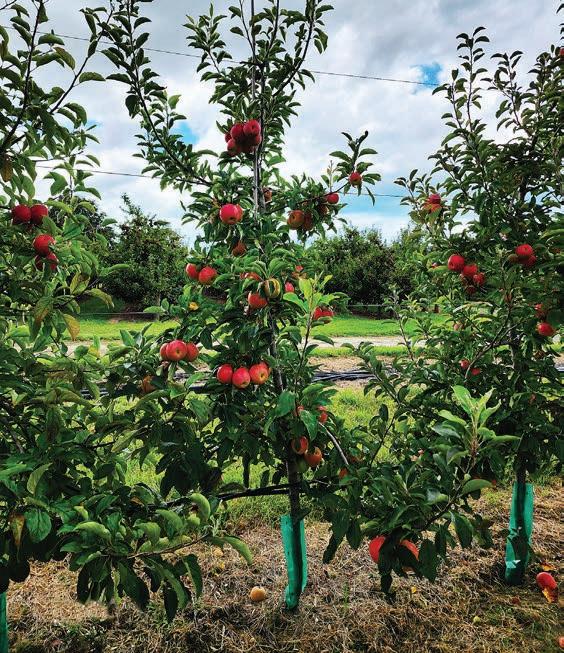
of apple orchards indicating they are interested in supplying the cider market.
The cider industry is at the same place the wine industry was in the 1980s, he said.
White said in the ’80s the industry made wine from grapes that wouldn’t even be considered today.
Locally produced premium dry ciders have been popular when market tested in the United Kingdom, the United States, Australia, Japan and China.
Because there are fewer cosmetic requirements for cider apples than for fresh fruit apples, the cost to grow cider apples is lower, with fewer chemicals used, fewer hours of labour required and less finicky harvesting.
Hawke’s Bay apple grower Paul Paynter told Farmers Weekly he grows cider apples because they fetch high prices.
Paynter echoed White’s view that the industry is in the same place the wine market was in the 1980s. For growers that means
HOUSE CIDER RULES: Pure Blossom, PremA021, is grown on a trial plot at Cider Apples New Zealand. The apples were used to produce cider that recently won gold and silver at the Fruit Wine and Cedar Makers Association awards.
trying to determine what apple varieties are best for cider.
Paynter grows 5 hectares of cider apples, producing about 200 tonnes per year.
He said he hoped university-age cider drinkers will mature with the cider market and drink premium ciders as they grow older.
An industry roadmap published last year showed premium cider orchards and cideries could be profitable.
“For this to happen, the orchardist would need to earn $1/kg or more for cider apples, and a cidery, with a million litre/ year capacity, would need to earn revenue of $8/litre or more.
“With a distribution and retail margin of 50%, the implied retail price is at least $12 per litre. This is about $1/litre more than current New Zealand supermarket prices for cheaper cider made from apple concentrate.”
Greenfields orchards could make a profit, but converting existing orchards would be more profitable, the roadmap said.
We all enjoy a day out and bonding with each other and we love the idea that we are creating something that others can enjoy.
Robert Schikker Mount Somers Walkway Society
weekend to attract younger people.
Adams is keen to emphasise how much DoC values their work and how much more there is to be done.
“DoC is always busy. There’s a very long list,” he laughed.
and we want to make sure they’re safe and well maintained. The Woolshed Creek Track is an ideal entry-level tramp for families with the kids, as it’s an easy walk to a bookable DoC hut, meaning you’re guaranteed a bed,” he said.
The Mount Somers group wants more volunteers so is considering scheduling working bees in the
“It’s hard work but it’s also good for your physical and mental health and you get to visit some very special spots. These guys all have big smiles on their faces, especially sitting on the hut verandah after a hard day’s track building.”
Winter said it’s this type of work that keeps him feeling young.
“I just love it,” he said.
Help defeat resistant bacteria, vets urge
Staff reporter TECHNOLOGY
Animal health
ANIMAL owners can help protect life-saving antibiotics from resistant bacteria by keeping their animals healthy, says the New Zealand Veterinary Association Te Pae Kīrehe.
The warning comes during World Antimicrobial Resistance (AMR) Awareness Week, and is part of global action plan to tackle the growing problem of AMR, where pathogens such as bacteria become resistant to critical antimicrobial medicines like antibiotics.
Dr Annabel Harris, chair of the NZVA AMR committee, said judicial use of antibiotics is a priority for the animal health sector.
“Bacterial infections that are resistant to antibiotics can affect our pets and our livestock, and transfer between animals and humans and into the environment.
“We need to manage AMR as a One Health issue – that is, that humans, animals and the environment are all connected.
And we all have a role to play.
“Part of that is preventing the need to use antibiotics by keeping our pets healthy through good nutrition, good hygiene, regular health checks and vaccinations. And when antibiotics are prescribed by a veterinarian it is essential to give them to your pet as directed.”
Harris said New Zealand is already a low user of antibiotics and is making good progress reducing its use.
Since 2017, antibiotics sales figures for plants and animals have dropped by nearly 50% thanks to a concerted effort by veterinarians, farmers, industry and New Zealand Food Safety.
“We should be proud of that. However, AMR is not going away. Bacteria that become resistant to antibiotics not only go on to reproduce survivors but can buddy up with other bacteria to share that resistant genetic material.”
Harris said for farmers, managing AMR requires a more holistic approach where antimicrobials like antibiotics are just one part of an integrated disease control programme.

PRIORITY: Dr Annabel Harris, chair of the NZVA Antimicrobial Resistance Committee, says judicial use of antibiotics is a priority for the animal health sector.
BACK COUNTRY: Retired farmer Peter Winter and DoC ranger Chad Adams on the Woolshed Creek track.
Photo: DoC
Gerhard Uys NEWS Horticulture
GROWING SHARE: Director at Cider Apples New Zealand Allan White says New Zealand cider is 15% of the wine market, up from only 3% a decade ago. Cider Apples New Zealand is a breeding and IP management company.


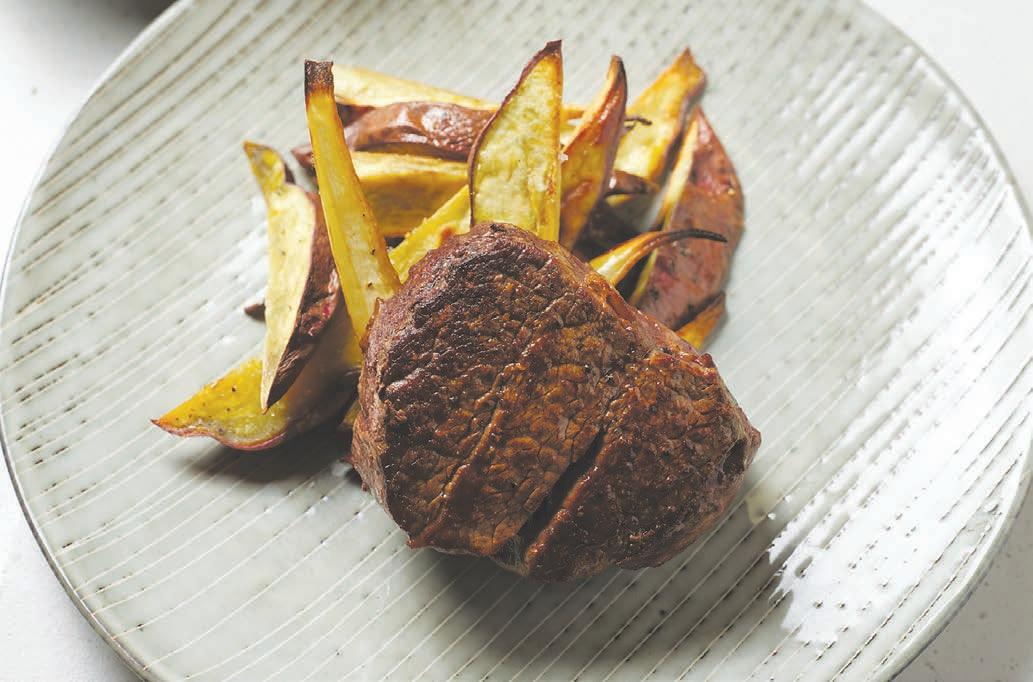



Barn life suits stock and farmers
It’s all about lifestyle – for humans and cows – at Rene and Ereine Vos’s Huntly dairy farm, with the addition of an Aztech composting barn.
The barn has given them an extra tool in the toolbox, taking the stress out of winter on their farm, which is prone to getting very wet, and will provide relief from the heat in summer.
Life is easier for staff, cows are warm, dry and content, and feed utilisation is improved. Most importantly, they can save their paddocks ready to head into spring with optimal production.
The couple milk 320 cows twice a day. The farm milking platform is 130 hectares, with the total farm size at 230ha, giving them a self-contained unit to run young stock and rear beef animals.
They rear about 70 heifers as replacements and the beef system comprises of 80 yearlings, 80 R2 and 80 calves, which are taken through to finishing.
Their Artificial Breeding (AB) policy means they breed from the top of their herd, using recorded bulls over their youngstock to breed better animals with good genetics. Ereine explains that their AB is more precise now with the use of sexed semen in the top of the herd, as well as some nominated straws. They tail off using Hereford bulls, which gives them good beef animals to rear and finish.
This hard-working couple, who both grew up in town, were share milking on three farms. “We were busy and we started out doing the beef to use them as topping machines on the farms, rather than running around with the tractor. Now, we still use the same sort of principle.”
With their milking shed being only 24 aside they would prefer to have a smaller number of milking cows, and the beef complements the milking operation nicely.
Having given everything to farming over the last 25 years, it was time to make life a bit easier, and that’s where the Aztech composting barn comes in.
“It’s time for the farm to give us something. This was the goal, to have our own farm, and we want to enjoy the goal,” Rene says.
They did their homework before making the commitment to build a composting barn and the main reason, initially, was to give them more control in winter.
“Our farm gets very wet and we have never been able to feed out. We wanted to have somewhere to stand the cows off and feed them, to take the winter stress away. Winter is supposed to be a quieter time, but we always seemed to be just as busy because the cows were making a mess of the paddocks,” Rene says.
“Making mud was the one thing that was really stressing Rene out in winter. We
wanted to leave the paddocks in good health so we could get good production in spring,” Ereine adds.
They looked into feed pads, but felt a composting barn gave them more options, as they were not keen on standing cows off on concrete for long periods.
With the addition of the composting barn ahead of this winter, they found they were also able to calve everything inside. This eliminated running around looking for calves in the mud and getting the bike stuck in the process.
“All we needed to do was check them and sort them out after breakfast. This made life much easier for staff, the cows were warm, dry and content and we were amazed by how little feed was needed to keep them happy.
“There was no feed wastage. Now we would be feeding 7-8 kilograms of maintenance feed in the barn and that’s it, with a bit of hay and palm kernel or maize. We can focus all of the grass into the milking cows.”
The barn is designed in two halves, allowing them to run two herds in winter, with 160 cows on each side of the barn. As they started calving, springers were housed on one side, milkers on the other.
Rene says it was basically like having two feed pads.
The big benefits here were saving grass and better feed utilisation. The change in diet means they have reduced the amount of money spent feeding the cows in the milking shed. They now spend the same amount of money per cow, but feed double the amount.
“We have better control of our costs and our production has been up around 100kg milk solids (MS) per day steadily for most of the season. We are doing .2 to .3 per cow a day more.”
While it is early days, they have seen gains already, and believe there are further gains to be made in summer when the farm gets dry and cows can come under heat stress, dropping production.
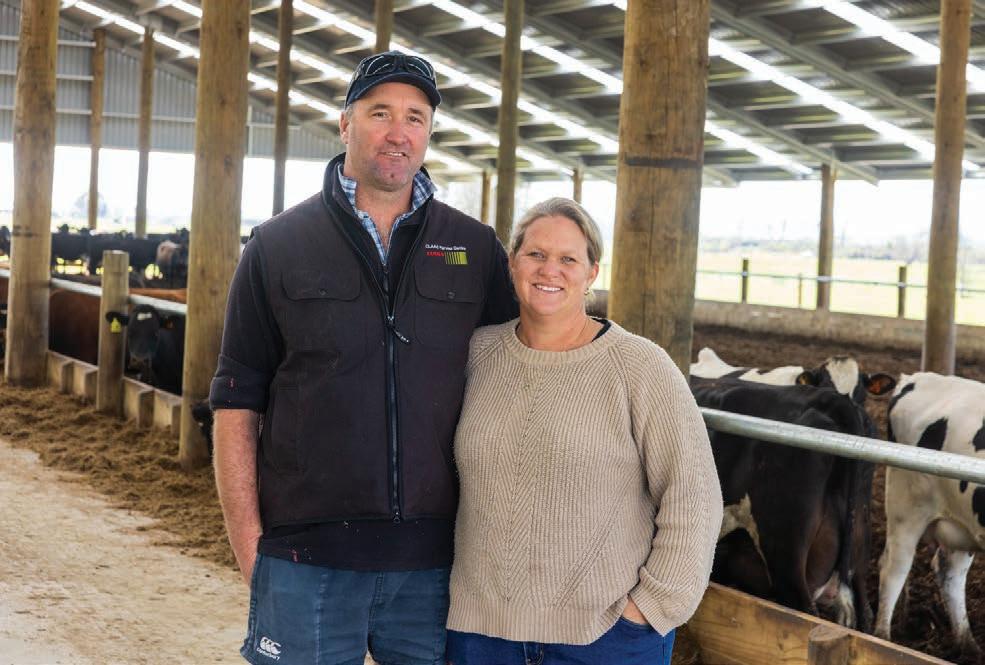
“We can drop 50 MS a day out of production when the heat comes on in December. It will add up quickly,” Ereine says.
“Over summer they will come in during the heat of the day. I think it will make a big difference and I’m excited to see what happens,” Rene says.
“It’s a real animal welfare thing in summer. In winter it’s more about looking after the farm and in summer it’s about the cows, and not over-grazing. If we don’t hammer the grass as hard, we will be growing more grass.”
They chose to go with Aztech for their build for a number of reasons. They wanted a permanent structure, which they felt was more aesthetically pleasing. They also liked the idea of the Smart Ridge Vent on the Aztech barn, providing passive ventilation and airflow, while ensuring everything stayed dry inside.
They spent a year and a half researching barns and visiting different structures to understand what worked, and what didn’t, before settling on Aztech.

“We had built with them previously, a six-bay calf shed, which went really smoothly. We were impressed with their professionalism.”
Rene ‘rips’ (tills over) the self-composting bedding, which is a mixture of woodchip and sawdust, daily to aerate it. They are careful to keep the outside edges, where the cows are feeding, clean and hope they can get four to five years out of the compost.
“Hopefully, if we take care of it, it will last. It’s dry as anything and looks really good.” They have been amazed how warm the compost is, when you dig down, indicating the presence of good bacteria. And there is no odour at all.
It’s the little things that add up for the Vos family, all the benefits coming together to make the whole farm system run smoothly and profitably. “It seems to be more enjoyable. At lunchtime the cows just come running to the barn by themselves for a feed before milking. There is no more following a slow herd to the shed.”
The barn means no more sleepless nights for Rene in winter. He can lie in bed listening to the rain on the roof happy in the knowledge the cows are tucked up and his paddocks are not being churned into a bog hole.
“This is the first winter that I haven’t had to be out of the house before 8am to move the cows. That’s been an underestimated bonus, it’s given me a few months of the year where I can take it easy. Being able to listen to the rain at night and it was a good feeling – you can’t put a dollar value on that.
“You have to enjoy what you do. We really built it (the barn) to have more control over the whole farm, and I like being able to fine tune the cows and the farm. Seeing everyone happy and the cows happy, that’s the main thing.”



At Vos Farms, Rene and Ereine Vos worked with Aztech to design a composting barn that keeps cows warm, dry and settled while protecting paddocks and lifting overall efficiency.
The Vos Farms Aztech composting barn, 45.5m wide and 66m long built for year-round cow comfort and smarter winter management.
Pressures grow for Zespri rethink on China

Richard Rennie in Chengdu NEWS
Horticulture
ZESPRI’S recent victory in China in a major plant variety rights case over local orchardists growing its protected G3 SunGold variety also comes at the end of the marketer’s five-year study on where to head with the illegally grown fruit.
A grower vote taken back in 2021 rejected proposals to conduct a collaborative marketing trial with Chinese growers in Sichuan to market their fruit under Zespri’s brand to complement NZ fruit sales. Issues causing NZ growers concern included loss of IP and the perceived quality of Chinagrown fruit.
We regard Zespri as the gold standard to meet.
Yan Zhiqiang Chengdu Kiwifruit Growers Association
But since then crop volumes have only grown.
Now estimated to be up to 7500 hectares throughout China and about 5000ha in Sichuan province, the planted area is closing on New Zealand’s G3 planted area, while estimated production of 41 million trays is comparable to Zespri’s total G3 sales to the market.
This is a clear challenge to Zespri’s market share at certain
times of the year, and the NZ industry is under pressure to revisit the vote as the volumes from China continue to rise.
Sichuan province, with a population of 94 million, is a key kiwifruit-growing region, comprising about 50,000ha of which 30,000ha is in Red, and the remainder in Gold, including about 5000ha of G3 and most of the rest as the local Jinyan variety.
Zespri’s monitoring project included observing the development of orchard plantings of the illegally imported G3 variety, while also exploring options to ensure fruit quality could be maintained, should a collaboration get the green light.
This had included originally identifying 20 orchardists growing a total of about 1000ha of G3 as possible first candidates to engage with to supply fruit in a collaborative trial.
While Zespri is buoyed by the latest court victory, the high cost of such actions could leave the marketer exposed to an expensive game of whack-a-mole, given the sheer volume of plantings now in the ground.
On a recent Farmers Weekly visit to the province, local growers were well aware of the court victory awarded to Zespri and believed it may slow, but not stop, continued planting of G3 vines.
Yan Zhiqiang is the director of a new packhouse company processing unauthorised G3 fruit alongside local kiwifruit, and also head of the Chengdu Kiwifruit Growers Association.

He told Farmers Weekly his growers emulate Zespri standards, often watching videos on orchard techniques and buying trays at retail to sample and compare to their own.
“We regard Zespri as the gold standard to meet, and middle-class families in China want to buy Zespri fruit. We know Chinese fruit is not as high quality as Zespri’s, but it is still relatively good.”
With the Chinese government recently allowing growers to increase their area in fruit, including kiwifruit, he sees Sichuan
Rogue growers long to be in Zespri fold

Richard Rennie in Chengdu NEWS
Horticulture
KIWIFRUIT orchardists growing the Zespri G3 variety in Sichuan province are keen to have their fruit sold under the label of the company it was taken from.
A recent China court ruling has confirmed China’s commitment to upholding its newly boosted plant variety protection rules, with the defendant being fined NZ$1.3 million and ordered to pull out his 260-plus hectares of G3 vines. The grower is appealing the judgement. However, there is tacit acknowledgement within the industry that the cost of taking case-bycase court action rules out ever being able to rein in growers of an estimated 5000ha in Sichuan alone.
For local husband-and-wife growers Mr Chen and Miss Xu, obtaining G3 rootstock presented an opportunity to turn their bare 4ha block of heavy soil into a kiwifruit orchard. Four years on
they say they are still learning the intricacies of the crop and are working hard to meet “NZ standard” fruit.
“The local Red variety – Donghong – and other local varieties are better suited to this soil. But we wish to continue with G3, in the hope we may be able to supply Zespri with it in the future,” said Miss Xu.
Their orchard is one of 20 Zespri included in its recently concluded five-year monitoring and observation programme in the Chengdu region.
A key drawcard for the couple wanting to supply Zespri with G3 to meet counter-seasonal supply to complement NZ supply is the premium Zespri fruit gain in the Chinese market. Typically, the difference can be double what local varieties of Gold fruit get per kg, and 30% above the unauthorised local G3 fruit.
“But we are also very interested in receiving advice from Zespri on ways to improve our crop and our practices.”
They say the G3 is less vulnerable to many diseases than local varieties of kiwifruit.
The heavy soils receive organic
and chemical fertilisers and approved insecticides.
Psa disease does not affect their G3 as it does the local Red variety.
They say, however, that a key challenge is fruit dropping off vines just prior to harvest.
But they see more upside in G3’s yield potential, harvesting about 37 tonnes of fruit a hectare compared to most NZ orchards’ 45t/ha. To protect fruit and aid ripening, all fruit is bagged on the vine prior to harvest.
They say they have generated a “reasonable” profit to date.
With their hope of being taken into a collaborative partnership dashed when the 2021 NZ grower vote went against a China production trial, the couple are in something of a holding pattern.
“It would depend upon what Zespri was to do for us whether we would commit or not,” said Miss Xu.
For fellow orchardist Zhang
province holding plenty of promise for greater areas of Gold and local varieties of Red fruit plantings.
He believes Zespri’s Ruby Red now coming into China could be a game-changer for Chinese kiwifruit consumption, particularly among younger consumers.
In terms of working under a Zespri label, he said the time is ripe for collaboration.
“The Chengdu government is really supporting growers and farmers and the industry. It has a strong budget and the city is a new ‘First Tier’ city, with local
government also supporting Zespri coming to Chengdu.”
Regardless of Zespri engagement with local packhouses and growers, the sector is not slowing down on its investment pathway.
Investment at a government level includes nine “agri-park” sites around Chengdu focusing on research and sector infrastructure.
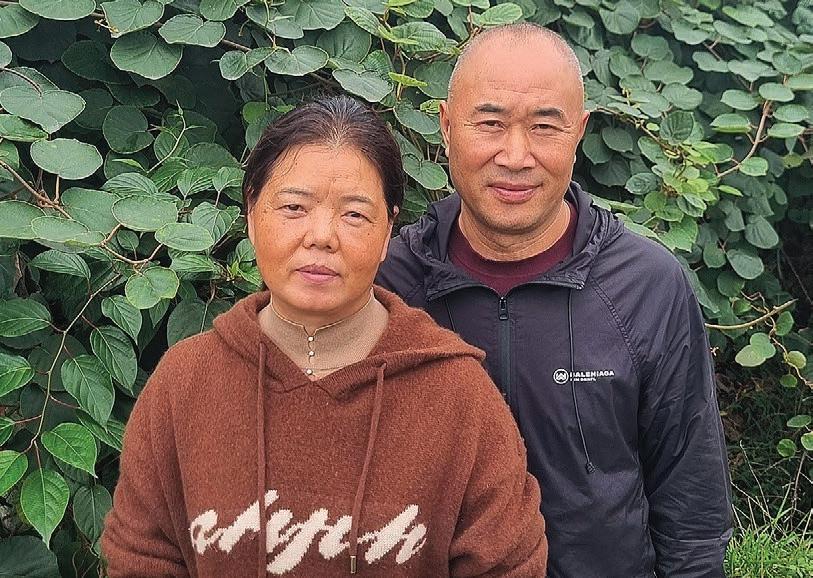
Sichuan orchardist
says she and her
are very keen to continue growing G3 fruit, hoping to collaborate with Zespri to supply out-of-season fruit to complement NZ growers’ produce.
Ping, the incentive for planting G3 several years ago on 3.5ha was the potential for co-operation with its source company Zespri. He closely researched orchard layout and fruit type, opting for Bounty rootstock as better suited to his heavy soil and offering good disease resistance.
As an ex-government employee, he has come to orcharding having had enough of office work, and is keen to leave a legacy for his two children. He said his income from
kiwifruit growing is higher than what he made in the government job.
Being new to orcharding he found plenty of technical support to help him learn to grow kiwifruit better, and said his biggest challenge is finding workers year round, while labour costs have also risen 15% in the last two years.
“Growers are around with lots of expertise, and they are happy to share their information and experience.”
FOOD AND SECURITY IN CHINA
FOOD AND SECURITY IN CHINA
BETTER: Head of Chengdu Kiwifruit Growers Association Yan Zhiqiang acknowledges China-grown Gold kiwifruit is not as good as Zespri’s but says growers are working hard to lift their game.
KEEN:
Miss Xu
husband Mr Chen
Wool faces stiff competition underfoot

AN EXTREMELY competitive floor covering market in Europe continues to squeeze financial margins, according to the head of one of the continent’s largest wool covering producers.
Duarte Oliveira, executive manager of Portuguese carpet manufacturer Lusotufo – a key Wools of NZ customer for more than a decade – said wool carpets remain niche, and despite consumer intentions to shun fossil fuel or plastic carpets, cost still ultimately drives many purchasing decisions.
Lusotufo, a third-generation family-owned business based near Porto, Portugal’s second largest city, specialises in manufacturing wool carpets and wool carpet yarn. It is Europe’s second largest carpet producer and the third or
fourth largest producer of carpet yarn.
Floor covering markets such as the United Kingdom continue to favour wool but given the option of paying €2/m sq for polyester or €5-€6 for wool, many customers are driven by price.
“It’s always a balance between price and demand,” Oliveira said.
“It’s a completely different price point.
“There is a lot of talk from a lot or people aware of the problems with plastic, but at the end of the day you are seeing more and more plastic products coming onto the market in both carpets and garments.”
While European and New Zealand markets are stable, the Australian market is growing.
Lusotufo sources wool from

Europe, the United Kingdom and NZ, and Oliveira said all wool growers are facing low incomes.
Merino wool producers in Spain and Portugal three years ago received €1.90/kg. This year it is €60c.
The other factor facing wool carpet manufacturers is the dominance of Chinese wool buyers and their influence on price.
If they are active in the market, Oliveira said, the wool price rises. If they are not, the price is lower.
“Every time China gets busy prices go up. When China goes quiet prices go down.”
Lusotufo buys scoured NZ wool from merchants and says it is already the most expensive in the world.
When prices increase, there is consumer resistance and manufacturers are reluctant to develop and release new ranges and new products.
He is confident there will always be demand for wool carpets due to their quality, but it will be niche and the market will be buffeted by economic conditions, which will impact what they can pay growers.
Its carpets are a blend of NZ and UK wool, which improves its resilience, and each square metre uses 1.5-2kg of wool depending on the depth of pile.
Oliveira said paying growers a further 50c to $1/kg for scoured wool adds significantly to the retail price.
“I’m not saying it’s too expensive and farmers are getting too much money, but sheep farmers should not count on wool to drive their business.”
NZ supplies the best quality

The day NZ quality declines to the quality of other wool, NZ loses its advantage.
Duarte Oliveira Lusotufo
carpet wool and Oliveira urged farmers to maintain high standards such as minimising black fibre and vegetable matter.
“Please take care to get quality as high as possible.
“The day NZ quality declines to the quality of other wool, then NZ loses its advantage.”
Currently China is actively buying wool and Wools of NZ chief executive John McWhirter said prices are double what they were at the end of the covid pandemic.
McWhirter said Wools of NZ has been trying to improve supply
chain efficiency to reduce the price differential between wool and plastics, which is about $2000 to $4500 to carpet a house, a gap that is a major deterrent for using wool. It has been reduced in some markets to about $1000 but he has a target of $500-$700, which still preserves a premium that recognised the merits of wool.
“It should be more expensive because it’s better.”
McWhirter said the strong wool sector is facing the consequences of not promoting the fibre for the past 25 years.
• Wallace’s Meeting the Market tour has been made possible with grants from Fonterra, Silver Fern Farms, Rabobank, Zespri, Alliance Group, Meat Industry Association, Wools of NZ, Beef + Lamb NZ, NZ Merino, the European Union and Gallagher.
https://www.farmersweekly.co.nz/ meeting-the-market/
Grower goes beyond gate with Gold kiwifruit

Richard Rennie in Chengdu NEWS Horticulture
THE growing popularity of Red and Gold kiwifruit among Chinese consumers is seeing a new generation of Chinese orchardists taking their fruit beyond the farm gate, building brands and marketing campaigns around them.
In Sichuan near the provincial capital Chengdu orchardist Wang Yi has leveraged off his organic fertiliser business to develop a 12 hectare orchard planted in Zespri G3.
The G3 orchard complements his Red orchard in the neighbouring district. It is also a demonstration orchard used to trial new methods to share among other growers in the district.
While Wang has established the orchard, he has also worked on building his own kiwifruit brand, Shang Yi, to market the G3 fruit.
“The G3 delivers a 25% lower yield than our local Gold variety (Jinyan) but it gains a higher price. The local Gold variety’s flavour is not as good as the G3, and locals prefer the G3 fruit, although the G3 is harder to grow.”
Chinese G3 tends to be harvested at a higher Brix (sugar) level, and at 18% dry matter compared to about 15% in NZ.
Typically, the local Gold variety will fetch about half what Zespri SunGold fruit are worth, while locally grown G3 sell at about twothirds of what Zespri SunGold sell for.
The local Gold variety’s flavour is not as good as the G3, and locals prefer the G3 fruit, although the G3 is harder to grow.
Wang Yi Sichuan kiwifruit grower and marketer
While working on his own brand, Wang said he would welcome the opportunity to co-operate with Zespri, given the higher premium the fruit commands with a Zespri label and the esteem it is held in by consumers. He sees the potential to complement Kiwi growers by being able to fill gaps in their off-season supply with his fruit.
During a recent Farmers Weekly visit to China the China Daily, the official foreign language media
FOOD AND SECURITY IN CHINA
mouthpiece for the Chinese government, reported on Zespri’s successful prosecution of a local grower and distributor in the Wuhan courts for the growing and sale of unauthorised Zespri G3 fruit.
The defendant was ordered to pay around NZ$1.3 million in compensation to Zespri and required to pull out 260-plus hectares of G3 fruit.
The grower is appealing the judgement.
The case’s publicity in the China Daily is significant, with the article signalling the Chinese government’s desire to prove it is following up on stricter plant variety protection laws.
The government has also ramped up its investment in “agri-park” research and infrastructure facilities in Sichuan province, with an aim to attract more investment, and proof of law enforcement boosts that attraction.
Wang said local growers are well aware of the court case and its implications.
He said it is likely it could lead to

a slowdown in the planting of G3 in Sichuan.
But it remains likely that the volume of kiwifruit grown in the province – which has long been a traditional growing area for Gold and Red varieties – will only increase.
One packhouse operator confirmed that a previous government policy that would not allow land in Chengdu to be converted from grain crops to kiwifruit has recently been wound back.
OPPORTUNITY: Sichuan kiwifruit grower and marketer Wang Yi has found a good opportunity with G3 fruit for marketing a high quality, slickly packaged product that appeals to Chinese consumers.
Along with citrus and blueberries, kiwifruit are now regarded as one of the “big three” fruit likely to attract further investment.
• Rennie’s Meeting the Market tour has been made possible with grants from Fonterra, Silver Fern Farms, Rabobank, Zespri, Alliance Group, Meat Industry Association, Wools of NZ, Beef+Lamb NZ, NZ Merino, European Union and Gallagher.
https://www.farmersweekly.co.nz/ meeting-the-market/
Neal Wallace in Porto MARKETS Food and fibre
TOUGH GIG: Lusotufo president Pedro Rola and executive manager Duarte Oliveira in the showroom at the Portuguese carpet factory.
PRODUCT: Examples of the range of carpet styles made by Lusotufo.



































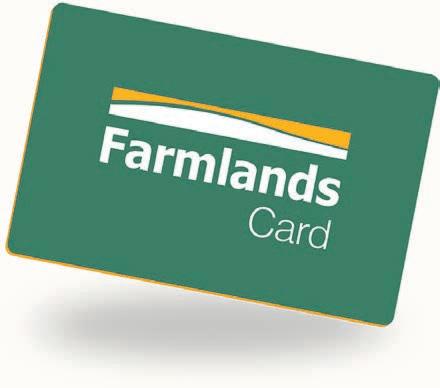















































‘From sheep to shop, every role matters’
HEART: At the heart of great wool are great people, building trust and mutual respect that will strengthen the future of NZ wool, says Devold general manager Craig Smith.
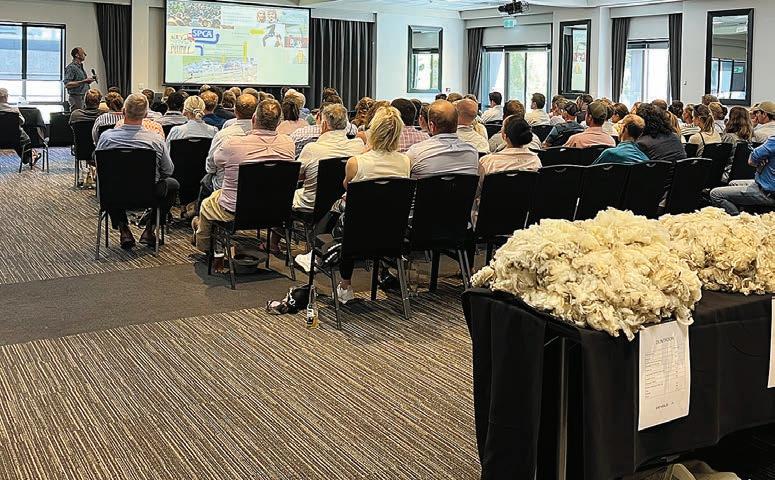

Annette Scott NEWS Food and fibre
AN EDUCATION programme aimed at strengthening wool supply relationships has hit its targets, proving sustainability and quality are derivatives of connection.
“The Sheep to Shop programme has proved this to us,” Devold general manager Craig Smith said.
“Quality and sustainability depend on everyone – wool growers, shepherds, wool handlers, wool classers, pressers – all working together.
“From sheep to shop, every role matters.”
The Devold Sheep to Shop Education Programme (SSEP) was initially developed to strengthen the relationship between Devold and its wool growers, offering professional development for their on-farm teams.
But Smith said over the past 12 months it became clear that the programme had grown into something far greater, “a powerful initiative for connection, education and collaboration”.
“Education like this lays the groundwork for industry collaboration because collaboration is pivotal not only for quality wool and sustainable garments, but also for building trust across generations.”
Delivered over a 12-month period, the SSEP comprised four modules reflecting all areas of Devold’s quality strategy.

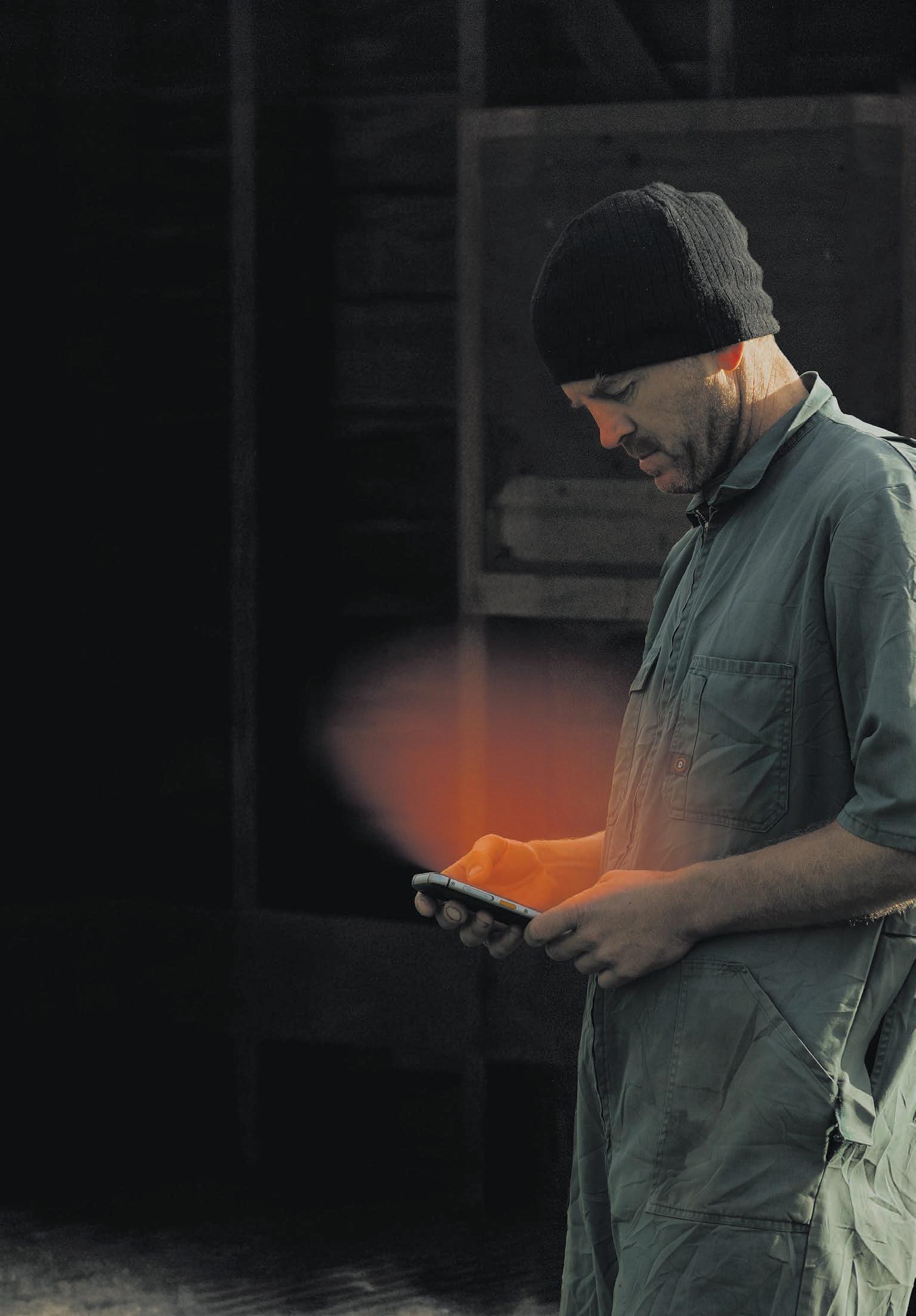
Each module reinforced animal welfare standards, broke down barriers between growers, wool teams and brands, and strengthened lasting relationships built on shared knowledge and respect.
“Module 1 was truly about developing the next generation, providing up-to-date science and education and building skills to grow great quality wool for generations to come.
“Wool growers and young farm workers saw what a pivotal role they play in producing the end product, enhancing their pride in the product and our shared success.”
Module 2 focused on communication and teamwork, for the first time bringing together wool growers’ on-farm teams with the wool harvesting teams to cover sheep and shed preparation, wool clip presentation, animal welfare, and communication in the woolshed, all aimed at improving teamwork and understanding between growers, wool teams and brand partners.
Module 3 took participants on a virtual journey through Devold’s global supply chain, offering an inside look at the transformation of NZ wool into worldrenowned garments.
Participants joined online sessions featuring video tours of Devold’s mill in Lithuania and top-making facility in Bulgaria.
Module 4 marked the culmination of the programme, bringing all participants back together to explore wool science, wool testing, and emerging research in animal health at a function held in Christchurch recently, when wool samples from every Devold grower were displayed for all to examine.
The highlight of the programme’s grand finale was the SSEP prize that honoured the commitment to developing the next generation, with two outstanding individuals, Chris Nicholson and Courtenay Petrie, each awarded a trip to Europe to follow the wool through the Devold pipeline.
Smith said the pair shone throughout the four modules, with their passion and dedication as wool growers always on show.
“What really stood out for the judges was that they were both absolute sponges, learning new knowledge and putting this into practice on farm, which is the ultimate goal of running education programmes like this.”
As the SSEP concludes, its key themes stand out clearly, relationships, communication, and collaboration, Smith said.



Animal-production honour for BSI scientist
Staff reporter PEOPLE Awards
DR SHANNON Clarke, principal scientist at the Bioeconomy Science Institute, has been awarded the McMeekan Memorial Award by the New Zealand Society of Animal Production.
The McMeekan Memorial Award is one of the most prestigious honours in New Zealand’s agricultural science sector, celebrating individuals who have made a significant impact on animal production.
initiatives: meat eating quality breeding values for sheep, low-cost DNA sequencing for genotyping, and the development of lowcost SNP chip technology.
Raised in Fairfield, near Dunedin, Clarke’s passion for science and agriculture began early, with farming in her family background.

Clarke’s leadership and innovation have transformed genetic technologies for farmed ruminants and aquaculture species, driving measurable improvements in productivity and quality across multiple industries.
During the award period Clarke was team leader of animal genetics at the Bioeconomy Science Institute’s AgResearch Group, where she spearheaded three major
After attending Taieri College, she completed a PhD in photosynthetic research at the University of Otago and postdoctoral research in Wales on plant thermotolerance. Returning to New Zealand, she joined AgResearch full-time in 2006.
Since then, Clarke has been instrumental in bridging research and industry, working closely with Beef + Lamb Genetics, Focus Genetics, Pāmu, and Cawthron to deliver practical genomic tools that farmers can use.
Clarke is based at the Bioeconomy Science Institute’s Invermay campus.
McCain, Lincoln build model regen farm

Annette Scott NEWS Regen agriculture
LINCOLN University and McCain Foods are joining forces to establish a nextgeneration regenerative farm next to the Lincoln University campus.
The collaboration will convert part of the existing Lincoln University research dairy farm into a futurefocused arable and cropping farm.
The eight-year project will establish a 20 hectare regenerative agriculture demonstration farm to be known as Lincoln University McCain Foods NextGen Regenerative Farm.
The collaboration will involve trialling leading regenerative agriculture practices combined with advanced technology on high-value crops.
The farm trial block will allow for three replicas of both the conventional and regenerative treatments, with each replica designed to support scientific evidence while maintaining industry-relevant scale.
Results will be compared with the current standard agricultural practices in Canterbury and reported back to the sector.
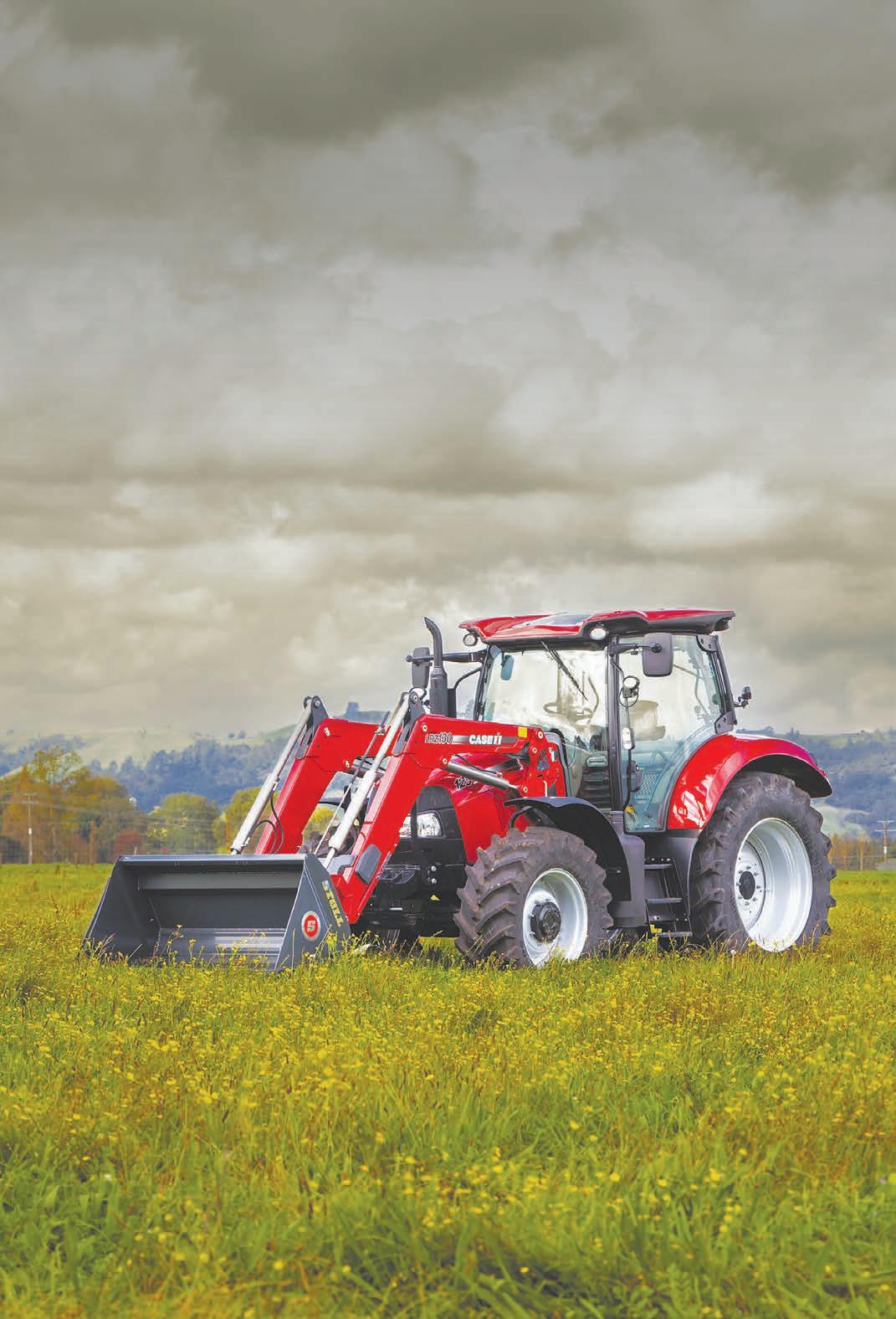
The head of Lincoln University Farms, Alison Bailey, said the NextGen Regenerative Farm will test the impact of arable farm management on soils emerging from pasture, comparing standard farm management to regenerative agricultural practices.
“Canterbury is at the heart of arable and cropping in New Zealand and bringing it back to Lincoln University is a great opportunity for our students, and the industry as a whole, to test the two farming approaches, while at the same time developing a talent pipeline of workready graduates to future-proof the sector.”
The agriculture director for McCain Foods, Josh Opas, said the project will build evidence of the benefits of regenerative agricultural practices on soil health, ensuring farm resilience under real-life commercial cropping conditions using the McCain Regenerative Agriculture Framework, a farmer-centred framework developed in consultation with growers and other agricultural experts.
The eight-year trial will compare regenerative practices with conventional cropping methods in a mixed farm system.
It will examine soil health, soil
FIELD-READY VALUE YOU CAN COUNT ON GET GEARED UP WITH CASE IH

FUTURE PROOF: The new demonstration farm aims to deliver highimpact, sustainable solutions for resilient agricultural systems.
carbon, farm inputs, integrated pest management, water use, crop yields and profitability.
The research team, led by Lincoln University’s Dr Pieter-Willem Hendriks and Tika Schellevis from McCain Foods, is supported by a steering group with farmer and sector representatives ensuring practical applicability.
The trial will also be open to other collaborative partners, with the first crops expected to be planted in the autumn of 2026.
Case IH is the trusted choice for mixed-farm enterprises to accomplish any task We focus on what matters most: outstanding manoeuvrability, operator-friendly design, compact dimensions, and a high power-to-weight ratio for maximum productivity
For a limited time, get a FREE RedXtend Total Protect warranty upgrade^ available on selected Farmall, Maxxum, Puma and Optum tractors that’s 3 years or 3,000 hours of total peace of mind Plus, lock in low 0.99% P.A finance^ over 3 years across the whole range. Field-ready value you can count on.
For more information visit caseih.co.nz or visit your local Case IH dealer

Dr Shannon Clarke

From the Editor
Another season of change

Neal Wallace Senior reporter
ALOT has changed in a year.
Twelve months ago, when I embarked on a global Meeting the Market tour, the trends of our key dairy and meat markets seemed settled: dairy was on a solid upward trajectory while meat faced a less certain future.
Having just repeated that Meeting the Market tour, I can report that there have been rapid and unexpected changes.
Dairy remains buoyant as the world seeks protein, meat is enjoying a resurgence, albeit facing consumer resistance over price, wool continues to face challenges, and Zespri is making huge strides developing a true global brand and maintaining year-round market presence despite stiff competition.
Zespri is about to begin planting its RubyRed variety in Italy, though it does not have everything its own way, with competition from locally bred Green and Gold cultivars.
LAST WEEK’S POLL RESULT
New Zealand wool is still considered the world’s best but a generation of people do not know it exists let alone know about its commendable attributes.
In the past year countries have become more nationalistic, global trade has been turned on its head by United States President Donald Trump’s America-first policies, and we are seeing the emergence of a less-trusting generation of consumers, who want real food and experiences.
People are being more considered with their diets and are tinkering with what they eat rather than making radical changes. This is seeing a return to natural food and animal fats and a turn away from products with ingredient lists that cannot be pronounced or are unrecognisable.
Livestock farmers still need to demonstrate that their management practices respect the environment and animal welfare.
Indications are that meat and dairy prices should be favourable for the next few years.
Increased regulation in New Zealand and Europe will temper supplies of dairy until US dairy farmers, the emerging new dairy production giants, get into gear.
That is fortunate, because the current protein diet craze shows no sign of losing steam any time soon.
The view a year ago was that red meat consumption would fall dramatically as people opted for meat-free diets.
Those diets appear to be out of favour
More than 70% of those who took the poll do not believe the economic downturn will attract new skilled labour to the agriculture sector.
Last week Farmers Weekly reported that the current economic situation is being seen by some as an opportunity for agriculture to draw in skilled labour, such as tech-savvy workers. StatsNZ data showed unemployment was at 5.3% in the September quarter, the highest in nine years.
However, 71.4% of voters did not think the high unemployment rate would necessarily benefit agriculture.
“If we don’t pay our employees better we will never attract skilled labour to our sector,” said one voter. “The harsh economic downtown has little to do with attracting labour as it impacts on all sectors of our economy. The impending changes to our labour laws will not encourage skilled or unskilled workers to the agriculture sector. We are just encouraging companies to pay less and increase profits.”
Of the 28.6% who voted yes, one said the changing face of agriculture meant we are already seeing more skilled workers surfacing in the sector. “The tech sector is very prevalent in ag systems, everything from terrestrial monitoring to ovine and bovine welfare.”
due to being nutrient deficient and while people will reduce their consumption of meat, it will remain a key part of people’s weekly diet.
Alternative protein manufacturers have accepted they won’t replace animal products but their enthusiasm hasn’t waned, new products being released regularly, although taste, texture and appearance remain an issue.
We have underestimated the global respect for and credibility of our agritech sector.
NZ agritech has successfully harnessed and leveraged more than 150 years of farming leadership to become a respected global leader, whether in virtual fencing, animal handling or the technology and skills needed to grow kiwifruit.
It is an enviable position but one that needs focus to maintain.
Lamb remains almost nonexistent in supermarkets, which are dominated by chicken and beef, and while Fonterra is returning to the United Kingdom after an absence of nearly 50 years, it will supply only the ingredients and foodservice markets.
Go to a supermarket in the US or Europe and the only NZ-labelled food product regularly visible is Zespri kiwifruit, due to its offshore production programme.
This demonstrates how miniscule we are on the global stage – and how much harder we need to work to be noticed.
Last week’s question: Will the economic downturn attract new skilled labour to the agriculture sector?
Letters of the week
NZ agriculture’s hollow boast
Andrew Luddington Christchurch
TODD McClay, Minister for Agriculture, knows what farmers want to hear.
“NZ farmers are some of the most carbon efficient and environmentally friendly food producers anywhere in the world,” he says.
Whilst such a line makes us feel good, it is one we will have to learn to defend.
From the point of view of my cropping farm in Rakaia, just sold after 17 very excellent years, I have to say, Yes, that’s true – but is it for the right reasons?
On the farm I applied paraquat and atrazine every year and burnt wheat straw frequently. In every country in Europe, straw burning was banned around the millennium. Those two chemicals were banned in all those countries at about the same time.
In my time I could apply farm manure whenever I wanted, cut the hedges whenever I liked, apply as much nitrogen on my wheat as I liked. I farmed in the United Kingdom for over 25 years prior to coming here and have no hesitation in stating that New Zealand rules and regulations are an absolute doddle in comparison.
Yes, McClay is correct in his statement – I was a much more efficient farmer over here, but sadly for all the wrong reasons.
Labour’s ute tax went down like a brick balloon, creating farm protest group Groundswell. The maximum budgeted tax on a new diesel Hilux was $5175. Just a one-off, upfront payment. In the UK the same ute will cost $10,884 per year when one dollar buys 43 pence. And if you want to drive said ute into central London, the combined cost of congestion charge and the charge for ULEZ (Ultra Low Emission Zone) is $64 every day.
In my 17 years as a cropping farmer I enjoyed commodity prices consistently higher than in the UK. The regulation in comparison was a walk in the park, the costs lower, the margins much higher, the legalities infinitely easier and the tax system as simple and as benign as can be. There is no stamp duty, no capital gains tax and no inheritance tax, the last of which can be utterly devastating.
All in, things have been pretty brilliant and yet we go on and on about how hard it all is. Why? Can’t we focus on the good things?
I think we need to learn to be very grateful of our current situation. An awful lot of banned practices and chemicals have led to our self belief that we are “the most efficient farmers in the world”.
We need learn to embrace change, to grasp the nettle in changing times. Because if we don’t we could lose a huge proportion of our international markets. And that would be catastrophic.
This week’s poll question (see page 5): Have your say at farmersweekly.co.nz/poll Will changes to the Firearms Act encourage more people to seek a licence?
We have to lower the cost of doing business
Eating the elephant

David Eade is a Whanganui sheep and beef farmer with a finance background, specialising in investments within the primary sector. eating.the.elephant.nz@gmail.com
NEW Zealand is an expensive place to do business. That’s not new. But what is new is the growing recognition that our high costs are eroding our competitiveness in a world that isn’t slowing down.
For decades, we’ve patched pressure points with short-term decisions. Freezing exploration here, subsidising transport there, raising minimum wages without lifting productivity. But these short-term fixes aren’t building the economy we need. We need a transition – one that lowers energy costs through electrification, and equips people to work at
higher levels than ever before. Ironically, the cheapest part of our export supply chain is the part we assume is the most expensive – the thousands of kilometres between New Zealand and our global markets. On a per-kilometre basis, the sea leg is often more cost-effective than the road journey from the farm gate to the port.
You can spend more trucking a tonne of fertiliser from Tauranga to Taranaki than shipping that same tonne to Shanghai.
The forces driving our high-cost environment are familiar. Electricity prices remain stubbornly high despite our renewable resources. Transport costs are inflated by geography and fragmented investment. Labour costs have risen faster than productivity. Each of these pressures amplifies the next, creating a system where producers are squeezed and international competitors (with cheaper energy, smarter transport, and more productive labour markets) pull ahead.
The problem isn’t isolated to any one component. It’s that we have allowed cost drivers to compound, rather than designing a system where innovation deflates them.
The first and most powerful lever in that transition is energy. New Zealand has the potential to run a fully electrified, renewable energy system that delivers cheaper, more predictable power over the long term. But we are not yet realising that potential.
We’ve pushed forward on
renewables while shrinking our energy security, closing Marsden Point and restricting gas exploration before alternative capacity was fully in place. The result is an energy system that is cleaner, but not yet cheaper or more reliable, and certainly not designed to support a productivity leap.
This matters because affordable, stable electricity is the starting point for investment. International evidence shows that regions with lower electricity prices invest more in automation, technology and value-added production. A 10% drop in industrial power prices correlates with a 2-3% increase in capital investment over the following years. Electrification in today’s world is about two things – emissions and price. Get energy right, and businesses will invest. And when they invest, they repurpose their people into higher-value roles.
That leads to the second pillar of transition – people. Over the past decade, New Zealand’s minimum wage has risen from $13.50 to $23.50, among the fastest gains in the world. That is a social milestone, but it is only sustainable if people are equipped for higher-productivity work. Right now, many are not. Not because they lack ability, but because the system around them hasn’t created the conditions for investment in skills, technology, or process improvement.
Repurposing people into higher-value work demands more
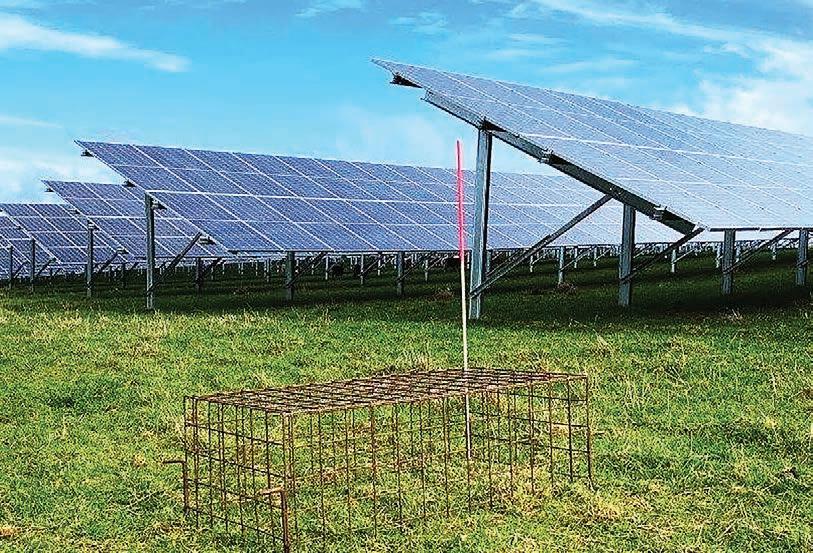
RENEWABLE: New Zealand must transition to electrification, which will lower energy costs and equip people to work at higher levels than before, says David Eade.
than wage increases; it demands the certainty that underpins investment. It’s the certainty businesses need to spend big on a new technology – knowing that the electricity to power it will stay in a manageable price band. It’s certainty that the skills developed today will be useful tomorrow.
Transport is a useful lens here. We have one of the most expensive domestic freight systems in the developed world, not because of mismanagement, but because of geography. If we continue to treat transport as a series of disconnected assets, we’ll keep getting the same results. But if we design investment around a transition plan that integrates electrified freight, strategic rail, intelligent logistics hubs and lower emissions together, then costs will fall and so will our carbon footprint.
The transition New Zealand needs isn’t a radical lurch into a whole new system. It is the application of a strategic lens on what we have, how we connect it
and what else we need. It requires moving past short-term fixes and building a long-term plan that aligns energy, workforce and infrastructure around a single goal: global competitiveness. It requires electrifying our economy, not just to decarbonise it, but to deflate its most stubborn costs. It requires repurposing people not just to fill gaps, but to lift productivity. And it requires designing systems that make good decisions easier, not harder. We can’t change our geography. But we can change how well we plan for it. New Zealand’s competitiveness will not be secured by the next subsidy, tariff, or wage increase. It will be secured by a deliberate transition that makes energy cheaper, infrastructure smarter, and people more capable.
If we commit to that, the next generation of producers won’t be talking about the cost of doing business, they’ll be talking about the advantage of doing business in New Zealand.
Much hard work remains for Alliance
Meaty matters
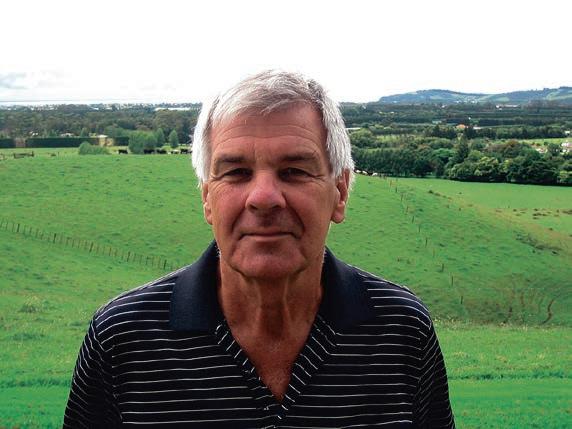
Allan Barber
Meat industry commentator: allan@barberstrategic.co.nz, http://allanbarber.wordpress.com
THE imminent ownership change for Alliance will no doubt bring relief to most of the shareholders and disappointment to the owners of the other meat processors who would have secretly hoped for an early Christmas present of instant capacity reduction. But for now, there is no immediate prospect of any more changes, given all meat processors are backed by stable, long-term investors.
On completion of the deal, three
companies will be substantially or wholly owned by overseas shareholders – Japanese, Chinese and Irish – while the rest of the processing side is privately held by New Zealand owners. Those that do best under today’s industry conditions will be the ones who are prepared to reinvest in the business.
All agricultural production is seasonal and reduced livestock volumes only serve to place greater emphasis on efficiency gains, both behind the farm gate and beyond.
To earn the highest returns, farmers must farm efficiently for delivery that meets their processor’s specifications and timing requirements. At the same time, they must cope with seasonal variations, whether too dry, too wet or too cold, and price volatility.
Meat processors have lived through many fluctuations of supply and demand, each demanding different plant configurations, depending on livestock flows, labour relations, changing land use, and availability of capital. Most plants were built under different conditions from those of the present day, which places great
pressure on the owners to keep investing in plant modifications, upgrades and complete rebuilds.
In the past processors competed furiously for market share in the mistaken belief it was critical to fill every hook to maximise profit. In fact this meant livestock cost more than it should have done and every livestock unit above the level for which there was a profitable sale incurred a loss.
Companies, especially those with newer, more flexible plants, can now operate profitably at lower kill levels.
Farmers who became used to the weekly schedule comparison and eagerly sought the best offer have now realised a partnership with a processor they can trust to pay them fairly is infinitely preferable.
Improved efficiencies by all processors have unfortunately not been enough to keep pace with the impact of changing land use and declining livestock numbers. This situation has led to progressively worsening levels of plant overcapacity with no prospect of rationalisation.
Dawn Meats’ acquisition of twothirds of Alliance makes this even less likely, although when the new
owners finally get to look under the hood, they may realise a bigger task lies in front of them than they expected.
The quoted sum of $20 million to be allocated to capital projects is only a drop in the bucket needed to for the work required to make Alliance truly competitive.
Despite Alliance’s recent attempts to upgrade its facilities and systems, it is probable the age of the plants, associated processing costs and union costs will make it difficult to get anywhere near the required standard. Unless Dawn is prepared to invest at least as much again as it has spent on buying its share, I doubt it can get there.
They will undoubtedly work very hard on supplier relations, dealing fairly and communicating well, because there is no doubt Alliance has lost support in the past few years. Most important is to solve the issue of third party procurement and differential pricing.
This has long been a bone of contention for loyal farmers, a tactic justified by the need to fill plants when there was not enough livestock.
This is the penalty for having
large, inefficient facilities which must be fed constantly when capacity is operating.
On the other hand, several years ago Alliance decided to put on extra capacity to handle the anticipated volumes before Christmas – when the weather turned against it and the livestock didn’t arrive.
As a co-operative the company felt obligated to look after the interests of its shareholders instead of taking a less benevolent approach.
This was also reflected in the board decision last time Alliance made a substantial profit to pay a dividend instead of retaining cash for capital investment or balance sheet strengthening.
Alliance’s latest result, to be announced this week, will show how successfully costs have been cut. A profit of $20-24 million has been signalled, hence the improved payment by Dawn Meats, but this is nowhere near good enough to compete with the rest. Much hard work remains to be done.

David Eade
Our promise: More of the same.
There are 1204 voluntary subscribers to Farmers Weekly. Our target is 8000, so we can do more of the same.
What your subscription helped the team achieve in the last 12 months:
• Meeting the Market – we’ve had two senior journalists offshore, meeting with key NZ customers and farmers in the US, Belgium, Denmark, the Netherlands, France, UK, Dubai, China, Japan and Taiwan.
• We’ve established two new roles, including an analyst and a multi-media journalist.
• Our weekly poll has given you a voice and is noticed by decision-makers.
• We’ve delivered 50 editions of Farmers Weekly to 74,000 letterboxes every week.
• Bryan has hosted 50 editions of the Farmers Weekly podcast –weekly interviews with the newsmakers.
• Our team has loaded timely sector news and analysis all year into farmersweekly.co.nz
There aren’t many media companies as determined to grow, and do more for their readers.
Join today. $120/year is $10/month. (Including GST and fully tax deductible).
Thank you to the voluntary subscribers so far, and for your messages telling us how much you appreciate your Farmers Weekly paper, podcast, poll and website.
Joining details below, or call me directly at any time.

Dean Williamson – CEO and Publisher dean.williamson@agrihq.co.nz 027 323 9407
BECOME A VOLUNTARY SUBSCRIBER
Start your voluntary annual subscription today. $120 for 12 months. This is a voluntary subscription for you, a rural letterbox-holder already receiving Farmers Weekly every week, free, and for those who read us online.
Choose from the following three options:
Scan the QR code or go to www.farmersweekly.co.nz/donate


Email your name, postal address and phone number to: voluntarysub@farmersweekly.co.nz and we’ll send you an invoice Call us on 0800 85 25 80
Note: A GST receipt will be provided for all voluntary subscriptions.

Sector Focus Sheep & Beef
Tourism’s attractions add up for farmer

Samantha Tennent PEOPLE Food and fibre
AS HE watches his Huntaway and Heading dog working simultaneously on either side of the woolshed, with an attentive audience looking on behind him, Fred Gane can’t help but smile and appreciate life.
Although it’s a repetitive routine, he loves sharing his family’s slice of paradise with interested visitors.
His Marlborough farm, Kaituna Ridges, is a popular stop on a Tauck Tour, usually filled with retirees from the United States.
“Americans are the best guests,” Fred said.
Despite their own success, they will unashamedly ask questions like a five-year-old kid, they’re very humble.
Fred Gane
Kaituna Ridges
“They don’t have tall poppy syndrome like we do – I can imagine if Kiwis were watching me run my dogs, they’d be critiquing everything, where we’ve had neurosurgeons, rocket scientists, even the guy who started Woodstock, and they’re the most incredible people.
“Despite their own success, they will unashamedly ask questions like a five-year-old kid, they’re very humble.”
Fred and his wife, Nikita, became involved in tourism when they took over Kaituna Ridges in 2021. The Marlborough Tour Company approached them as Tauck was
looking for one more stop for an authentic New Zealand tour.
“Up to 40 people at a time land in Auckland and charter an Air Chathams plane around NZ doing various things,” Fred said.
“They arrive at Kaituna Ridges on a bus, and you can see 85% of the farm from around our house, so we do a quick drive around and explain how we farm on hills –something most aren’t familiar with.”
After the paddock tour, he takes the visitors to the woolshed, performs a dog demonstration, and then shears a sheep, discussing the wool industry along the way.
“I’ve got this trick where I put wool over the sheep’s eyes and lay it down, and it just quietly waits there, showing how relaxed they are.”
Before they leave, the visitors have the opportunity to visit the farm shop to explore the range of wool products that the Gane family has been developing.
They recognised wool was losing money and the sheep sector was at a crossroads. Wanting to prove the intrinsic value of wool and prove that it doesn’t have to be tied to a commodity market, Fred and Nikita looked into a range of products.
They started with lambswool blankets, which taught them a lot about processing wool.
“Like most farmers, I didn’t know anything about what happened to wool once it left the farm.”
Then Fred discovered a jersey that was Corriedale wool on the outside, with Merino on the inside, which led to the development of their “Romino” jersey, featuring Romney wool on the outside and Merino on the inside.
“Lambswool is simpler to add value to, but we really want to tackle ewe fleece as that is the
problem. So far, we’re using second shear hogget wool for the jerseys and the latest iteration is so soft.”
They’ve also developed a felt that doesn’t pill, dubbed WooLast, which they’ve been using to make bags. The aspiration is to secure a wholesale deal with international companies, and they have some other ideas evolving behind the scenes.
But Fred’s biggest passion is sheep breeding. He has a stud and wants to create an opportunity for people who buy their rams to be able to sell their wool back to Kaituna Ridges at a premium price.
Fred’s 80-odd hectare family farm that he grew up on was a mixed enterprise. Initially purchased in 1867 and handed down the generations, it had sheep and cropping under Fred’s dad, but from 1987, he started converting 4ha at a time to grapes.
“When Dad planted the first 4ha of grapes, he quickly realised he’d doubled the farm’s revenue. So he kept converting and finally got rid of the sheep.”
Fred studied at Lincoln University, where he met Nikita. They both studied vitaculture science. Fred had wanted to do something with sheep, but studying agricultural science didn’t fit with what was happening at home.
After university, he went shepherding and loved learning more about farming animals. His dad called when he was about to convert the last few cropping paddocks, suggesting Fred come home.
Back home, he still had his team of dogs and helped local farms, for free, with mustering and various activities when time from the vineyard allowed.
Kaituna Ridges was one of the farms he worked on and they were

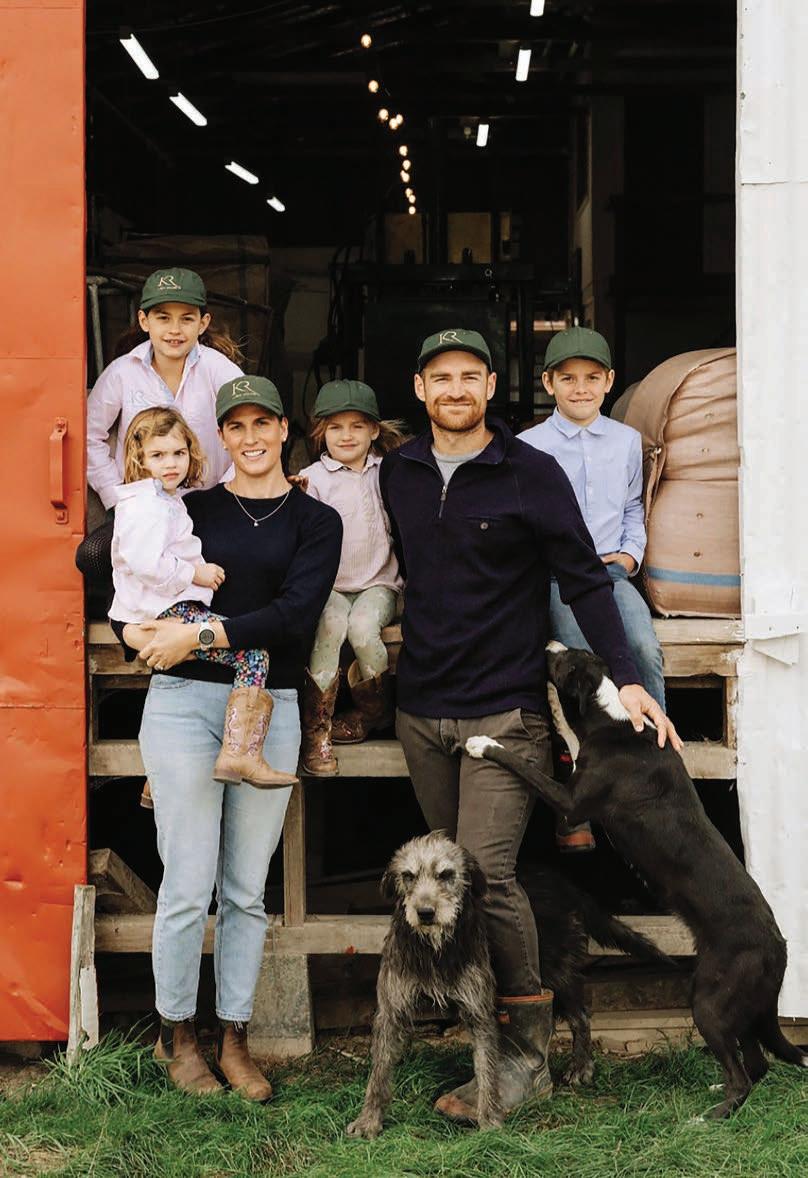
fortunate enough to purchase it when it came on the market.
The biggest reason for being on the farm is their children. The oldest, Jonty, is 10, Katie is 9, Frankie is 5, and Poppy is almost 4.
Nikita handles the majority of the administration for the farming businesses, and Fred mostly looks
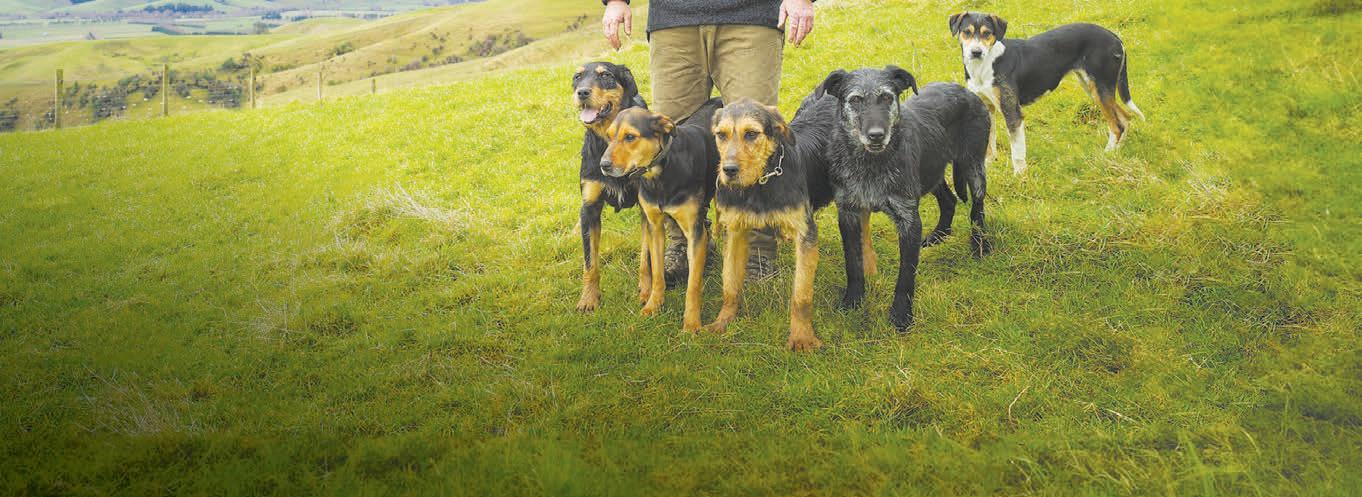
after the day-to-day management. Their biggest goal is to help rejuvenate the wool industry.
“Wool is such a misunderstood fibre by everyone in the supply chain.
“I want to see it get to a level that lifts the farmgate price for everyone.”


PASSION: From the woolshed to the farm shop, the Gane family are sharing their passion for sheep and wool with visitors from around the world.
Photo: Supplied
Join the final season of the Beef + Lamb New Zealand Sheep Poo Study and help tackle facial eczema together



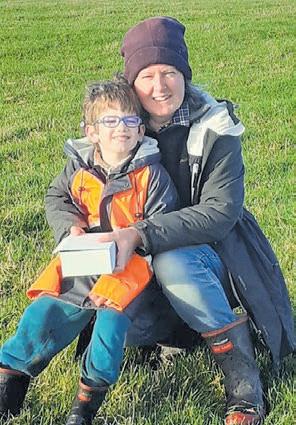




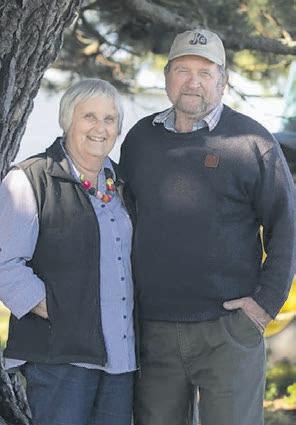


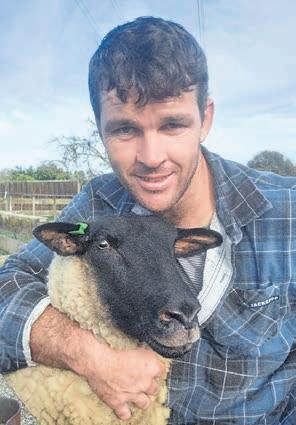
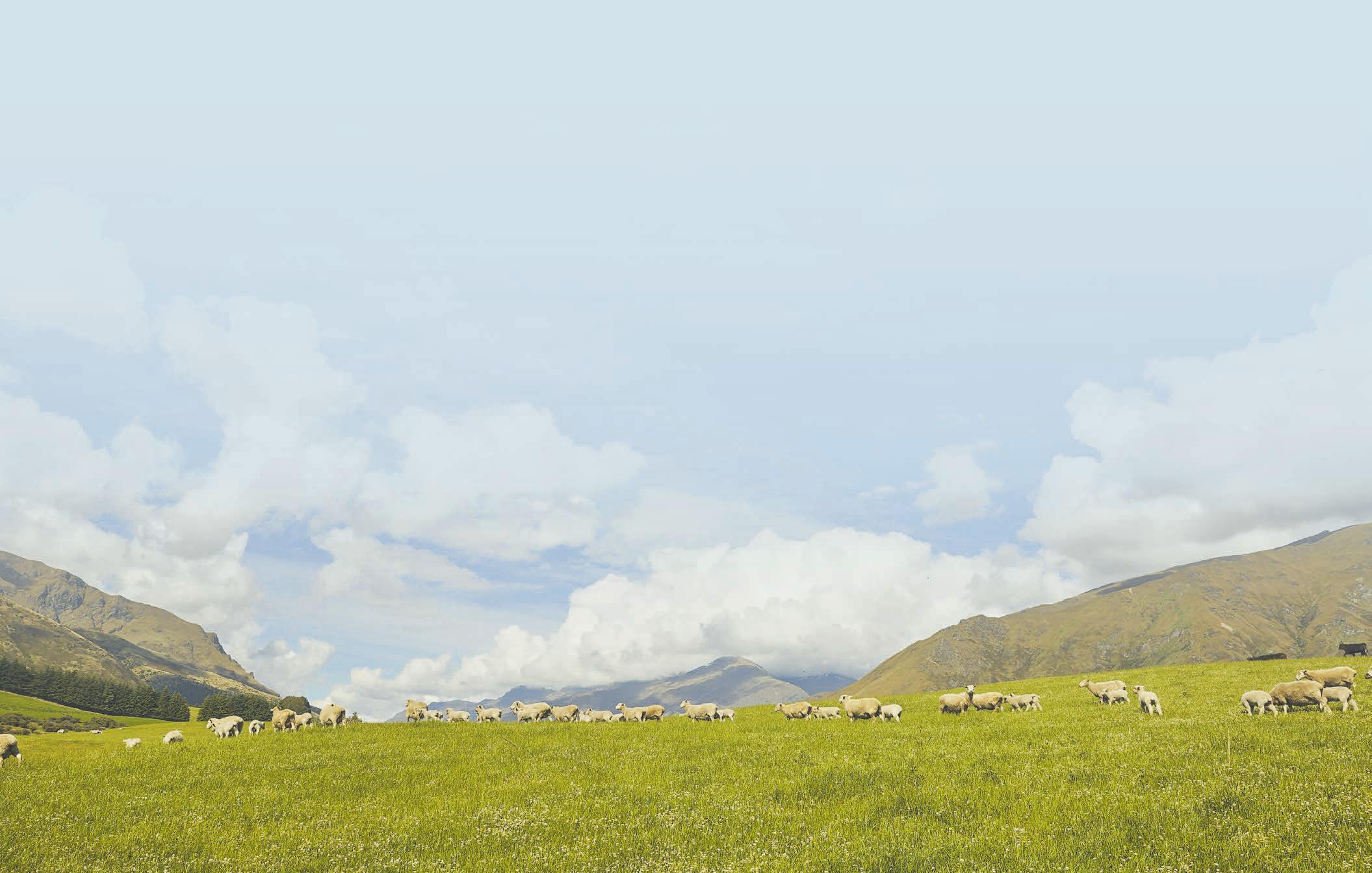












Get involved:



SCAN THIS QR CODE
















You don’t need a history of FE on your farm to take part in the study Collect 10 poo samples every 2 weeks from October to May from one mob of sheep
For more information visit www beeflambnz com and search “Sheep poo study” or contact research@beeflambnz.com




Across New Zealand, our sheep poo collectors come in all shapes and sizes
As a thank you for being a poo collector you will get:
• results to get an understanding of your FE risk

• a $40 subsidy on faecal egg counts tested by Awanui Veterinary


• the chance to have detailed faecal egg count testing on your farm – and the knowledge that you’re helping improve all farmers’ productivity and profitability.
A career woven into the fabric of NZ wool

Annette Scott PEOPLE Food and fibre
ALIFETIME in wool came to an end last month for Alistair Flett as he tied up the threads of a 56-year-long woolly career journey, retiring as a wool rep for PGG Wrightson in central Otago.
“I have been lucky to go right through, to train and work in the whole nine yards of the wool industry. I am grateful for that,” Flett said.
“In today’s world with the many changes over the years, young ones coming in now will never get that full overview, it just doesn’t happen anymore with so many changes and so much going offshore.
“It’s been a great industry to be in and there’s very good opportunities for anyone interested in wool.”
His retirement marks the end of an incredible era for New Zealand wool, one defined not only by deep technical knowledge and hard work, but by the trust, warmth,
and friendships he built along the way.
Flett, better known as Fletty, began his career as a teenager in a school holiday job.
“I got this job, meant to be temporary in the school holidays, in the Otago Farmers Wool store. I loved it and never went back to school; I was 16 then and I have never looked back.”
Fletty’s career started with oddments and moved up to fleece classing. Back then, wool was pressed and displayed in bales stacked three high at auction, not in boxes as it is today, and he said it was a great way to learn.
“You’d class wool, then go to the auction and press it up for the buyers. You saw the whole process.”
He was never short of role models.
“I trained under good people. Thought they were old school back then, and I remember thinking there’s no way I’ll be doing this when I’m that old, and here I am, past them.”
In the late 1970s, Fletty took on what would become a defining
role as wool manager at Summit Wool Spinners in Oamaru, where, for 23 years, he managed the procurement of around 40,000 bales annually, overseeing their journey through batching, scouring, carding, spinning and dyeing.
“We made carpet yarn that was sold worldwide. I was lucky enough to travel to Japan, England and Australia with the job. And the Japanese owners were fantastic to work for.”
Fletty eventually returned to the grassroots as a PGG Wrightson wool representative, based in Alexandra. His patch stretched up to Geraldine, often requiring 600700km of driving in a day.
“You leave home at 5am to be in Twizel by 7am, work through Tekapo, and get home by 6pm. You do it because you like it.”
For Fletty, his more than 50 years haven’t just been about the wool.
“A highlight is the people you meet, I have really enjoyed the farmers, clients and customers, many becoming personal friends.
“You know their families, you keep in touch about their kids’
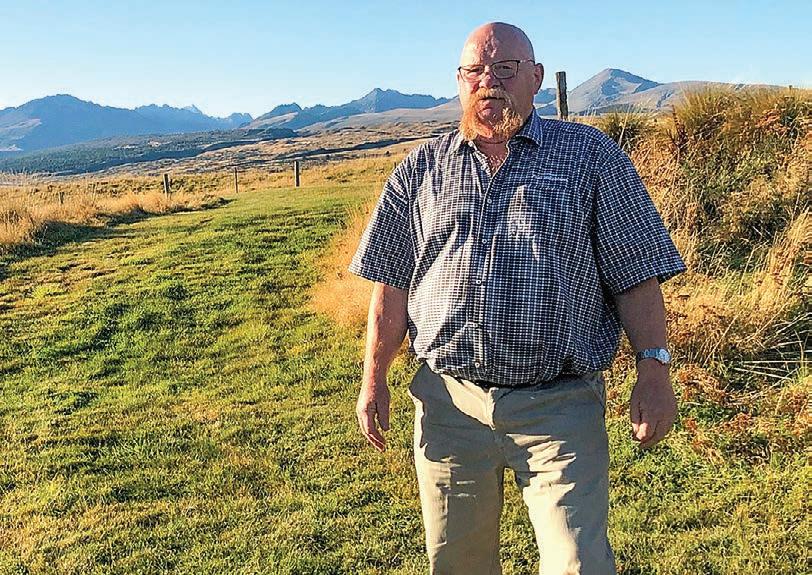
I got this job, meant to be temporary in the school holidays. I loved it and never went back to school.
Alistair Flett PGG Wrightson
rugby. And it’s the rapport that really matters.”
“I do miss them already.”
He has always taken pride in helping those new to the industry.
“As long as someone is willing to learn, I’ll help them. Give them the space to ask questions, let them
make their own decisions. That’s how you grow.”
For many growers, colleagues, and industry partners, Fletty has been more than a wool representative. He’s been a confidant, a mentor, and a constant presence in an industry that has seen its fair share of change.
His legacy is woven into the fabric of New Zealand wool. Retirement will be about pottering on his “wee farmlet” in Alexandra, restoring vintage machinery, “probably a bit of fishing” and more time with family and grandchildren.
ASB launches new rural lending programme

Annette Scott NEWS Finance
ANEW rural lending programme aims to help farmers make the right changes for their land while adding billions of dollars to the New Zealand economy.
In its Every Hectare Matters programme, ASB will back farmers with capital and pay for agri-consultant support, to help landowners improve resilience and revenue per hectare through land optimisation, the bank said.
It will unlock capital to transform the economic potential of pastoral farms, with the greatest opportunity within sheep, beef and Māori land.
ASB has allocated $1 billion of capital over the next five years through the land optimisation programme, aimed at lifting the
productivity and resilience of 1000 farms.
The bank will fund independent agri-consultants to develop options specific to farmers’ land, goals and succession needs.
ASB general manager rural Aidan Gent said the programme is a genuine shift in rural lending, and is ultimately about building the resilience of the primary sector and keeping farms in families.
“We’re speaking with farmers who love their land but find themselves stuck, unable to fund improvements to deliver stronger returns, and build businesses that their children want to carry on.
“Every Hectare Matters wraps an expert team around farmers to help them make the right changes for their land and future generations.”
ASB will lend up to $5 million per customer, with advisory support over five years to help

meet goals while bringing their new model to life.
Modelling by Lincoln University’s Centre of Excellence in Transformative Agribusiness found ASB’s programme, once
SHIFT: Aidan Gent says the programme is a genuine shift in rural lending that is ultimately about building the resilience of the primary sector.
POTENTIAL: Landowners with significant optimisation potential include sheep and beef farmers, ASB says.

fully implemented, could boost NZ’s GDP by up to $4.51 billion each year and contribute to the government’s export growth targets.
Gent said banking on farmers’ future success will enable access to capital with interest rates based on future returns, taking the new model into account, rather than current farm revenue.
To ease cashflow pressure, farmers can finance the full cost of their investment, including interest and short-term losses over five years.
This gives time for enhancements to start paying off, whether that’s improving current systems, investing in technology, or adding farm accommodation, crops or livestock.
Landowners with significant optimisation potential include Māori, and sheep and beef farmers.
Beef + Lamb NZ chief executive Alan Thomson said optimisation
and succession are critical to sheep and beef farmers.
“While our sector has made significant improvements in productivity, our research indicates there are still major gains that can be made.
“We’ve identified genetics, technology, and on-farm management advice as key to unlocking productivity and optimising land use.
“There’s real drive to build businesses that keep families on their land, but the volatility of our sector means securing funding for improvements, or to bring the next generation on board can be tough.
“Optimising sheep and beef farms will benefit farmers and our economy, and we welcome practical solutions from across industry to support this.”
Every Hectare Matters is open to new and current ASB rural customers, subject to eligibility.
FOLKS: Always good for a yarn, Alistair ‘Fletty’ Flett says a highlight has been the people he met in his career in wool. Photo: PGG Wrightson
N Island sheep farms earn more from beef
The braided trail
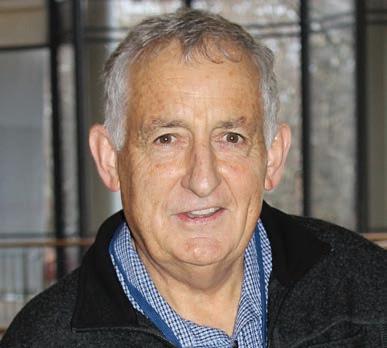
Keith Woodford MD at AgriFood Systems kbwoodford@gmail.com
THIS article started in my mind as being about New Zealand’s sheep and beef farms. But once I started, I was quickly self-reminded that there are fundamental differences between the islands.
In the North Island, what were traditionally thought of as sheep farms are now earning more from beef than sheep. In contrast, in the South Island sheep still reign supreme on non-dairy pastoral land.
So, this article focuses on the North Island, with the South Island left for another time.
Industry-good organisation Beef
+ Lamb New Zealand (BLNZ) has three categories of sheep and beef farms in the North Island. These are labelled Class 3, 4 and 5 in ascending order of farm intensity. As for where Classes 1 and 2 have got to, they are the least intensive South Island pastoral farming systems. Likewise, Classes 6, 7 and 8 are the most intensive systems, also all in the South Island.
The analysis that follows draws on data from the BLNZ survey of sheep and beef farms through to
and including 2024/25 data, plus early estimates for 2025/26 as at September 11 2025.
Class 3
The Class 3 sheep and beef farms are on hard hill country, typically in the back country. There are an estimated 920 farms in the category, averaging 839 hectares and an average stocking rate of 7.8 stock units per hectare. Cattle stock units have crept up over the past 10 years to now average 47% of total pastoral stock units.
For the past two years, the cattle stock units, which are mainly traditional beef-cow systems, have been earning a higher gross income than sheep stockunits despite the high prices for sheepmeat. On a farm basis, more than half of total income now comes from cattle.
Expense items, except for wool, are not separated out by species. So, it is not possible to calculate the separate profitability of sheep and cattle from the survey. But it is a fair bet that sheep require most of the animal health and labour.
As for wool, shearing expenses have exceeded gross wool income for the past six years.
Overall profits on these big farms have remained positive but return on capital has averaged only 0.6% over the past five years and 1.9% over the preceding five years. The 2024/25 return on assets has been provisionally calculated at only 1.2% despite the high meat prices.
Also, what needs to be factored in is that family living expenses tend to be high on these backcountry farms with little option on many farms to boarding school for secondary education.
The only possibility to earn more on these back-country farms is to further increase cattle relative to sheep, or perhaps forestry. However, the professional forestry
7,825
www.pppindustries.co.nz sales@pppindustries.co.nz 0800 901
companies have shown minimal interest since Cyclone Gabrielle. This leaves so-called “permanent” carbon forestry, with a focus on the areas of a farm that are least productive. The economics of carbon still stack up, and now, with some cash in hand, would be a good time to start.
BLNZ estimates the land and buildings excluding homestead as being worth $11,900 per hectare in 2024/25, down from $13,100 in 2021/22 at the height of the forestry boom. However, I am sceptical about the latest values, because there have been very few sales. Banks are not interested in any significant lending to these farms.
Class 4
The Class 4 farms are the classic North Island hill farms and there are an estimated 3055 of these. This is the biggest number of farms in any of the eight New Zealand sheep and beef farm classes. This farm type comprises over 60% of North Island sheep and beef farms, and around onethird of all New Zealand sheep and beef farms of potential economic scale.
The Class 4 farms average 486 hectares and carry on average 8.9 stock units per hectare. Fifty percent of stock units are beef. As with the Class 3 farms, shearing costs have exceeded wool income for the last six years.
Comparing gross income from meat and livestock sales from each species, the gross returns from beef have beaten sheep by more than 20% for the past two years and this also applies to projections for the current year. If data were available for animal health and labour costs on a species basis, the difference in net earnings difference between the two species would be even greater.
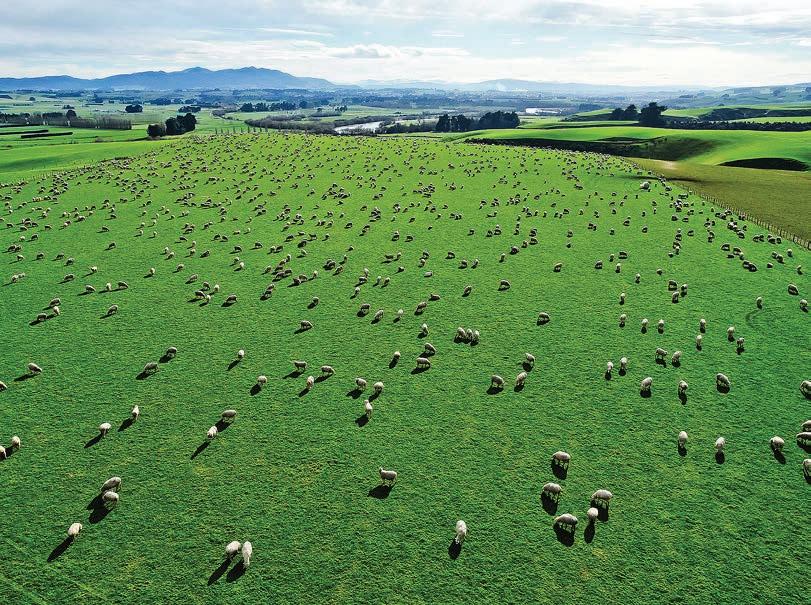
INCOME SOURCE: It is clear, when taking an overall North Island perspective, that beef animals are now more important than sheep as a source of income on so-called sheep and beef farms, says Keith Woodford.
It is hard to think of the strong wool produced on these farms as being anything more than a weed.
Net returns per hectare are higher on the Class 4 farms than the harder Class 3 type of land, but percentage returns on capital are equally dismal, averaging only 0.7% over the past five years. This is greatly influenced by land and buildings excluding the homestead being currently valued at $15,030, down from $17,250 in 2021/22.
One key difference between Class 4 and Class 3 farms is that more of the Class 4 farms are well within 100km range of port facilities, which is relevant to production forestry. Also, much of the land is sufficiently easy contour to be viable for production forestry, which can be combined with carbon earnings for the first 16 years. Farmers can now plant 25% of the farm to forestry as a matter of right without special consents for change of land use.
Class 5
Class 5 farms are finishing farms.
There are 1045 of these farms and they average 328ha. They comprise 20% of North Island sheep and beef farms but only 13% of the North Island sheep and beef farm area. Consistent with their finishing-class status, they carry less breeding stock than other sheep and beef farms.
Cattle comprised 61% of stock units in 2024/25. Total farm income from cattle has exceeded sheep income for all of the past 10 years, and was more than double the income from sheep in 2024/25. Shearing expenses have exceeded wool income for the past seven years.
The return on total farm capital was 0.8% in 2024/25. This dismal return despite high meat prices was in the context of total farm capital of $25,700 per hectare, down from $31,500 in 2021/22. It is clear, when taking an overall North Island perspective, that beef animals are now more important than sheep as a source of income on so-called sheep and beef farms. Wool has been a negative for at least six years.
The big question is whether farmers will further respond to these price signals. If there is a further shift to beef, then it will be dairy beef that increases.

FEDERATED FARMERS
Consent battle pushing family to the brink
Facing a resource consent bill that could hit $300,000, an Ashburton Lakes farmer says her family is being dragged through a brutal process for little or unknown environmental gain.
“The consenting process is broken – and we’re the classic example,” Kerry Harmer says.
The Harmers’ consent application to continue farming at an existing level has been bogged down in more than four years of uncertainty, stress, and spiraling cost.
“We’ve been closely involved in a multi-agency working group since 2019, and it’s been chugging along nicely as a collaborative, holistic project, making good gains.
“Our own catchment group gained funding from MPI and we’ve been identifying gaps in the science, like groundwater information, and we’re gathering data to determine what impact farming may be having.
“Then Environment Canterbury’s consenting process comes ploughing in, overriding everything and eroding trust,” Harmer says.
Despite all the affected parties working together in the multiagency catchment group, ECan decided to publicly notify the Harmers’ application.
That triggers a public hearing, allows comment from anyone, and adds large costs.
“Limiting notification to affected
parties would have covered all bases and cost less money.
“Now we need to get more expert evidence, costing tens of thousands of dollars, when all of that money could have been spent on real environmental action on the ground,”
Harmer says.
The Harmer family have farmed Castle Ridge Station, sitting between Māori Lakes and Lake Emily, since 1992.
They run merino sheep, Angus cows and a small number of red deer in a breeding operation.
Kerry, Federated Farmers Mid Canterbury high-country chair, says they accept the fact it’s zoned as ‘sensitive lakes’ in the regional plan, and subject to restrictions.
“We’ve been proactive for years carrying out riparian fencing and planting, and fencing off waterways, as well as altering winter feed areas and systems, and other mitigation measures.
“Yet the regulatory system ignores that goodwill. It’s a rigid ‘this is the process, we can’t deviate from it’ attitude.”
Castle Ridge gained non-notified consent to farm in 2016, with conditions they have fully met.
They’ve had a Farm Environment Plan for a decade and earned two A-grade audits.
The Harmers lodged a new application six months before their consent expired in 2021, but ECan held it for nearly four years during an
Overseer review and other council processes.
Then came a desktop report suggested Ashburton Lakes water quality was declining.
“Suddenly ECan cracked down and the process became difficult, and every step has brought new surprises, she says.
“You hire consultants to help do the work to get your application in. Then ECan wants more information – some of it with ridiculously short timeframes or at very busy times on the farming calendar.
“We’re likely to have a $90,000 bill coming for experts to gather water quality and ecology evidence, things that are well outside a usual farmer’s scope.
“Getting a consent to farm has become this massive beast – a nightmare.”
Harmer says they’re not seeking permission to change land use, and she can’t see much environmental gain coming from the long-winded process.
“Environmental improvement will come from working together to find real solutions rather than spending the budget on experts and consultants to set rules which may not be focused in the right place.
“We’re not intensifying, we’re not asking to irrigate or to do anything different. In fact, our stock numbers have dropped and we’ve already made massive changes to reduce our impact.

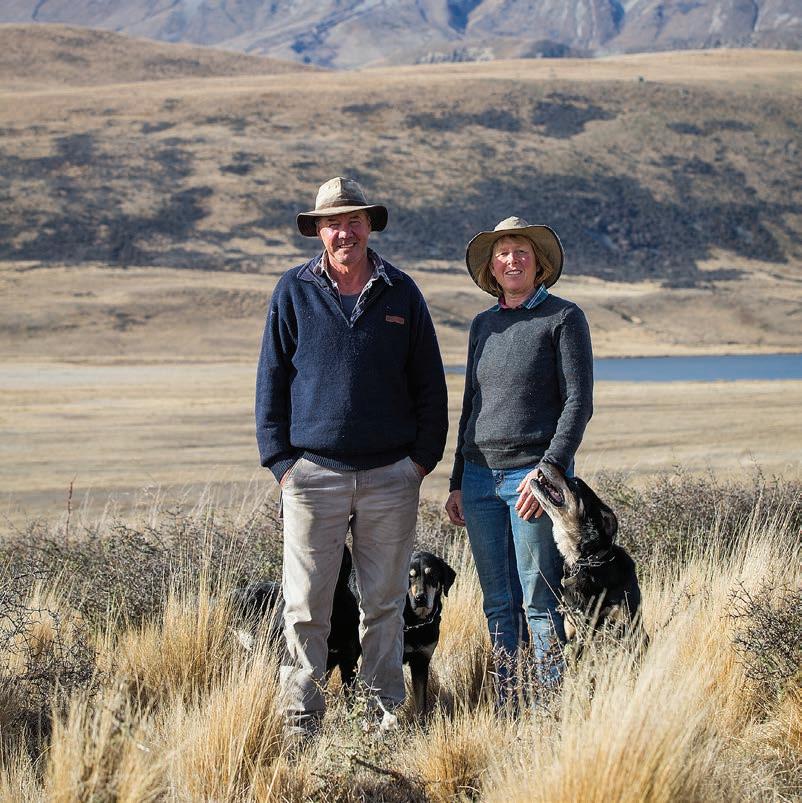
“For us, it’s been an awful lot of worry, with tears shed, and there’s no guarantee we’ll gain long-term consent at the end of the process.
“Our son is also on the farm now, but what’s his future going to look like going forward?
“Will we be allowed to grow winter feed? We can’t run the livestock in winter here if we can’t.”
Harmer says they’re among many farmers who’ve signed a Federated Farmers petition calling on the Government to step in and roll over consents until the RMA is overhauled.
“It’s about common sense. Why are we wasting ratepayers’ and food pro -
ducers’ money and effort on consent processes based on planning rules that are about to be significantly altered and streamlined?
“We don’t want poor water quality. We want healthy lakes and streams that people can enjoy and we’ve been working towards having the smallest environmental footprint possible on this farm.
“But we can’t do that if we’re broke, and at the moment this crazy system is taking money away from us being able to do that.”
MORE:
Farmers can add their voices to the petition at www.consentingcrisis.nz




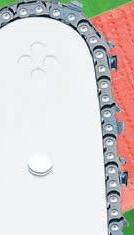



GOODWILL GONE: Kerry and Paul Harmer are frustrated by an overlybureaucratic consent process that seems to take no regard of all their efforts to protect the environment.
Photo: Ruralco
Stick to the mission on RMA reform, Hooper warns
The Government needs to hold firm on its mission to simplify resource management laws – and not get sidetracked by political compromise or bureaucratic red tape.
That’s the message from Taranaki dairy farmer Mark Hooper, who’s been in the thick of Resource Management Act reform since he joined the Federated Farmers board in 2023.
“Farmers and growers were relieved when the Government promised to fix the broken RMA.
“It’s become a tangle of red tape, driving up costs and holding back the development we need to create jobs and tackle energy, climate, environmental and other challenges.”
But with the draft RMA replacement legislation – The Planning Act and the Natural Environment Act – due out soon, Hooper sees risks.
“There are some real complications, particularly with transitional arrangements, as we move from one set of long-standing rules to something much better.
“It’s vital the Government doesn’t get bogged down trying to incorporate too much of that stuff, or the gains from streamlining could be lost in technicalities.”
Hooper says reform should stay anchored to the big-picture principles set out by RMA Reform Minister Chris Bishop and his under-secretary, ACT MP Simon Court.
“That means a focus on property rights, managing negative externalities, and having strong national standards – so if you’re operating within those, everything becomes a permitted activity.”
He agrees that political consensus would be ideal, but warns the
Government not to dilute its principles to achieve that.
“I understand the desire for political parties to be on the same page.
“Farmers, developers and others want consistency – they don’t want flip-flopping as governments come and go.
This is a once-in-30-year opportunity. Getting the big picture right is what matters most.
Mark Hooper
Federated Farmers RMA reform spokesperson
“But this is a once-in-30-year opportunity. Getting the big picture right is what matters most.” If the current Government wins re-election next year and beds in the new laws, any future governments will be less likely to change them, he says.
It’s not lost on Hooper that he’s Federated Farmers’ RMA spokesperson despite being from one of the least consent-clogged regions in the country.
“Taranaki Regional Council has focused on riparian planting and erosion control in its freshwater plan, with less focus on consenting.”
Hooper’s great-grandfather on his grandmother’s side purchased the first part of the current family farm at Lepperton, north-east of New Plymouth, in 1918.
“My grandparents converted it to dairying in the early 1940s. Some of the facilities where I’m milking, certainly all the positioning of it, is as it was set up 80 years ago.”
After completing a Bachelor of Agriculture and post-grad diploma at Massey University, Hooper worked for the Ministry of Agriculture and Fisheries as a farm advisor based in Dargaville.
It was there he married school teacher Merryn, who he’d met at university.
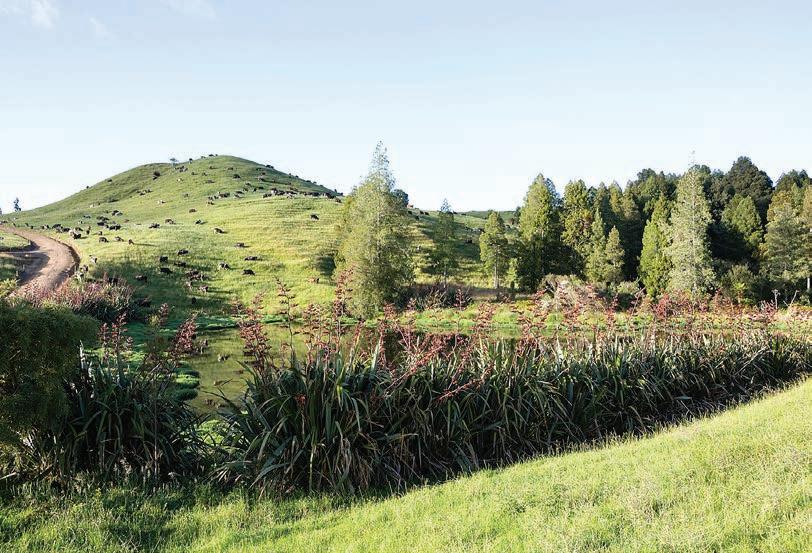

With a growing family – they now have eight children aged from 14 to 31 – they focused on dairying from the mid-1990s.
They started off as contract milkers, eventually purchasing the family farm and building it up to today’s 150-hectare, 320-cow operation.
While he’d previously held leadership roles in his local church, it wasn’t until 2016 that Hooper found time to get involved wider in the agricultural industry.
He’s just ended eight years on the LIC Shareholder Reference Group, lately as chair, and he quickly rose through the ranks of Federated Farmers Taranaki as dairy section vice-chair, then president.
Attending a Feds National Council early on was a game-changer for him.
“There were lots of big issues and political engagement. I found it really stimulating.”
It’s a key area of leadership development and progression in the
organisation, and Hooper is a supporter of getting new people from the provinces into Wellington to understand the role and influence Feds has representing Farmers.
Soon after being elected to the national board, then-president Andrew Hoggard delivered what some might have considered a ‘hospital pass’ – the RMA spokesperson role.
But Hooper has made it his own and now enjoys leading discussions when Federated Farmers meets with Ministers over resource management issues.
“My older children are scattered these days, so there’s a lot less farm labour available now than in those earlier years.
“So, I’m back in the milking shed a lot and juggling quite a few balls,” he says.
“But that’s the case with a lot of farmers in New Zealand and all the more reason we need better resource management laws – so we have one less thing to contend with.”
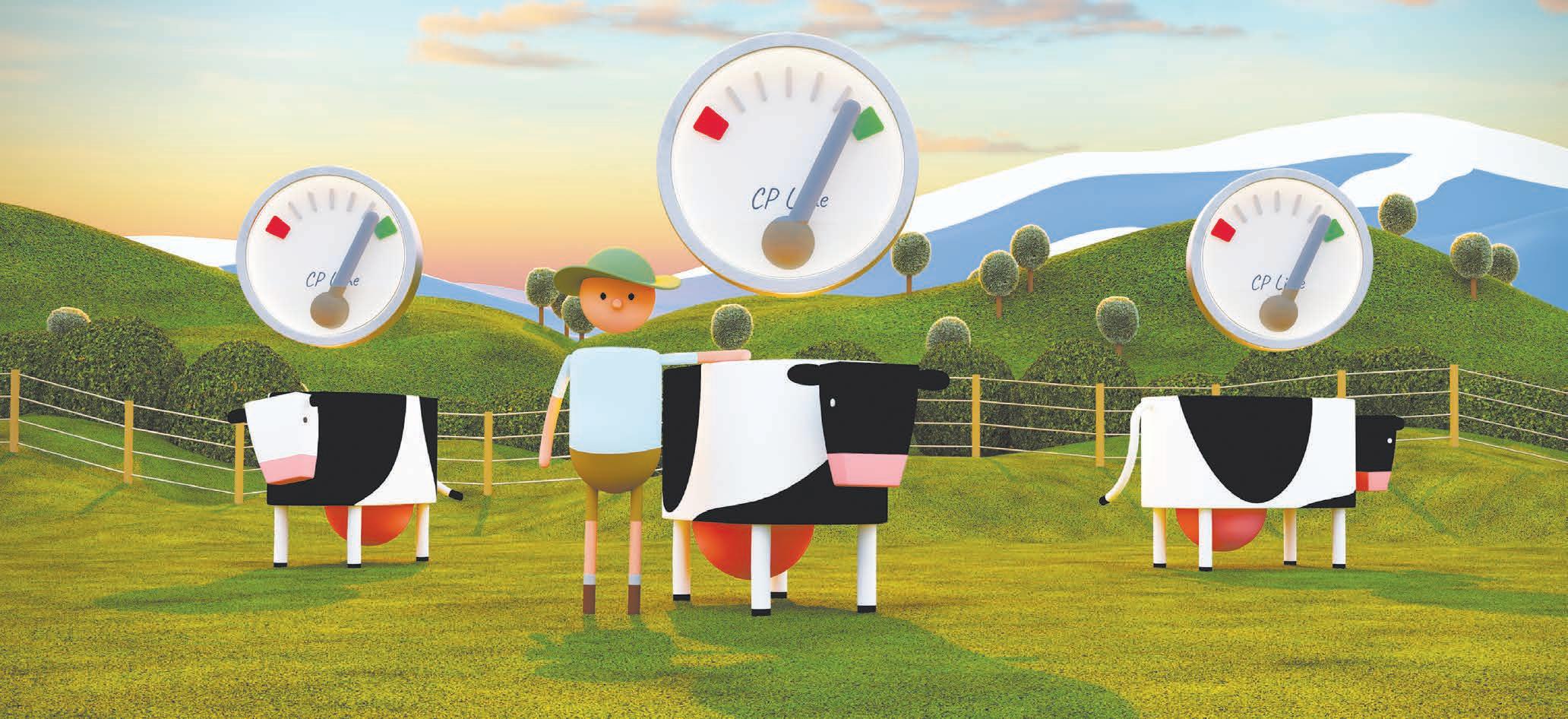
CORE VALUES: It would be great to achieve political consensus on RMA reform but that mustn’t be at the expense of diluting key principles, Mark Hooper says.
FOCUS: Mark Hooper says reform should stay anchored to the bigpicture principles set out by RMA Reform Minister Chris Bishop.
More funding and grazing needed to tackle wildings
Federated Farmers is urging the Government to take wilding pines more seriously and increase annual investment in their control to $50 million.
“Wilding pines are swallowing up New Zealand’s high country at an alarming pace, affecting the livelihoods of farmers and leading to perverse conservation outcomes,” Federated Farmers meat and wool chair Richard Dawkins says.
“Every year we’re losing more land – land that once supported livestock and export earnings – to a problem created by Crown plantings.
“That means fewer stock, ruined natural landscapes, poor biodiversity and a massive fire risk.”
Dawkins says greater funding is critical.
“We’re years behind in proper control work. Funding now needs to be around $50 million a year for the foreseeable future, followed by ongoing, enduring investment.
“The current $10 million baseline is simply not enough to solve this issue, and now we need to play catch-up.
“If the Government doesn’t act now, the country will pay far more over time as the issue gets significantly worse every year.”
He says wilding pines are one of the biggest environmental and economic threats to New Zealand’s high-country landscapes today.
“This isn’t a disaster that might happen in the future – it’s happening right now.
“If you head into the South Island high country, or even closer to our iconic Central Otago towns, you’ll be
shocked at how many wilding pines are growing.”
Most New Zealanders don’t realise how fast the weeds spread or why they’re a problem, Dawkins says.
“They start high in the backcountry where few people notice them, but without proper management or control efforts they soon run rampant.
“Now they’re pushing right down to the roadsides and people are taking notice.”
The risks aren’t just to farming either.
“I believe this is a real risk to our tourism industry too.
“People don’t come here to see endless pine forests – they come for iconic, open, Lord of the Rings-type scenery, which is disappearing under a blanket of dense pines,” Dawkins warns.
If the Government doesn’t act now, the country will pay far more over time as the issue gets significantly worse every year.
Richard
Dawkins Federated Farmers meat & wool chair
Critical water supply is under threat as well.
“In Marlborough, upstream catchments have the potential to dry out as wildings take hold.
“That puts vineyards, hydroelectricity, and town water supplies at risk – affecting all New Zealanders, not just farmers.”
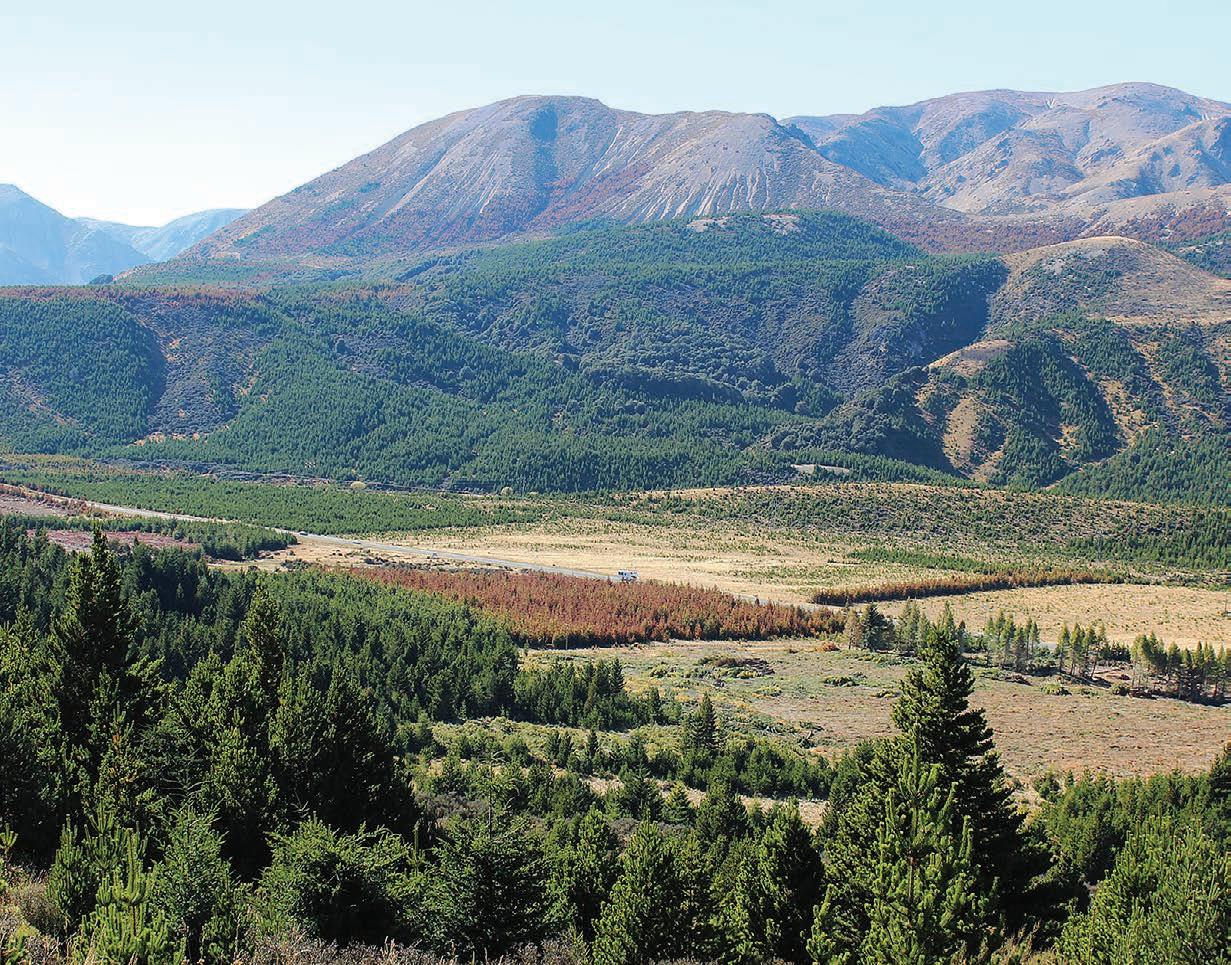
Mulinder, Rotorua-Taupō Federated Farmers meat and wool chair, says fire risk is another major concern.
“Grazed quality pasture and mature native bush is naturally fireresistant; pines are the opposite.
“Once wildings dominate, they become a continuous fuel source. Fires in these areas can become huge and incredibly hard to stop.”
She stresses the North Island cannot afford to ignore the problem either.
“Many think it’s only a South Island issue, but it’s not.
“We’re at an early stage here, but if we don’t act now, future generations will inherit a far bigger, more expensive mess.”
Dawkins says increased funding is vital, but Federated Farmers is also advocating for another tool to get wilding pines under control.
“We have a cost-effective solution at our fingertips: returning grazing
to retired high-country Crown land.
“More than 800,000 hectares of high-country land was retired from grazing under tenure review, and that land is being overrun by feral pests, weeds and wilding pines.
“Getting livestock and shepherds back on this land is not only a free solution – it would generate income too.”
Dawkins says the farmers who stewarded that Crown land under pastoral lease in the past did an exceptional job of rehabilitation.
“They learned how to farm it with the right stock numbers and grazing systems, bringing it into pristine condition while supporting biodiversity.
“But because that land became so stunning, it was decided it should be put into the conservation estate.
“Since then, pests like wilding pines, pigs and deer have got out of control.
“Farmers naturally manage weeds
and pests as part of everyday operations, so if we can allow farming on that Crown land again, we’ll quickly see results.”
Federated Farmers is due to meet with the Ministers for Biosecurity, Agriculture, and Conservation later this month to push for stronger funding and policy action.
“We’ll ask: do they want weedand pest-infected countryside, or well-managed, pristine land generating income for all New Zealanders?
“We’re happy to do the grunt work if they’re ready to act.”
“This is a turning point for the future of our high country. We must get it right,” Dawkins says.
MORE:
Listen to episode 61 of the Federated Farmers Podcast to hear Richard Dawkins and Ruby Mulinder unpack the pest and wilding pine problem and what it will take to turn the tide.

Ruby
RAMPANT: Wilding pines aren’t a disaster waiting to happen – they’re a disaster unfolding now, and Federated Farmers is sounding the alarm.
Don’t waste millions on rules yet
New freshwater rules on the way for Waikato farmers are about to create huge waste for landowners and ratepayers – unless the Government takes action.
Waikato’s Plan Change 1 (PC1), a major set of new rules governing how farmers manage water quality in the Waikato and Waipā river catchments, has been years in the making.
We’re expecting a decision from the Environment Court soon but, in my opinion, it makes absolutely no sense to push ahead now.
The Government has already signalled it intends to replace the Resource Management Act (RMA) with a new system in the next six months.
It’s great they’ve started to turn off parts of the RMA by stopping councils from working on new freshwater rules.
But that needs to go further –I’m calling on Ministers to extend that pause to the roll-out of newly operative plans like Waikato PC1. Otherwise, Waikato farmers and other ratepayers may waste millions
of dollars implementing rules that could be made obsolete under a new RMA system.
My concerns are shared by Waikato Regional Council, which has asked for a two- to three-month extension from the Environment Court to allow for an economic impact assessment of PC1.
I fully support Keith Holmes and Garry Reymer, former Feds leaders and now Waikato regional councillors, and councillors Liz Stolwyk and Gary McGuire, in calling for a halt to PC1.
I also join them in supporting a petition started by Act MP Simon Court, which calls on the council to immediately suspend work on the plan change and commission a full economic evaluation.
Court says PC1 is “a disaster for Waikato” and that it would restrict production in one of the most productive parts of the country.
I agree. Why would we do that at a time when New Zealand is aiming to double exports from primary production?
It’s incredibly frustrating that the democratically elected council doesn’t have power to stop PC1.
That’s why the Government needs to intervene.
In case you’re not aware of the
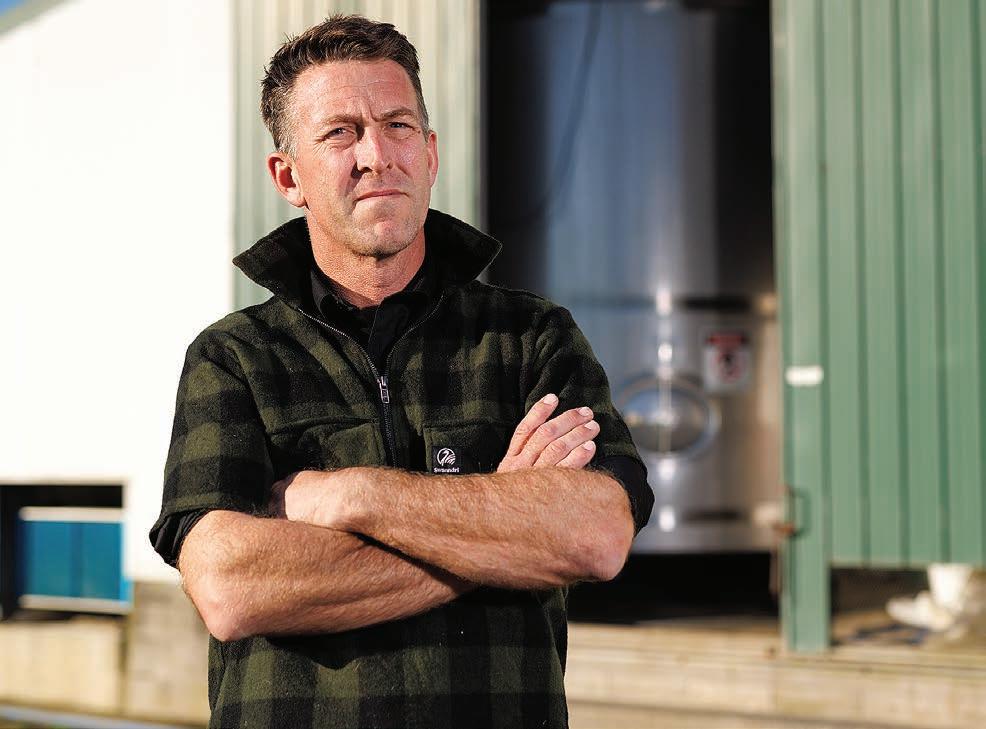
background, PC1 was first set down by Waikato Regional Council back in 2016. It aims to set limits on contaminants entering waterways and to regulate farming practices that can affect water quality.
Since then, the proposal has been subject to years of expensive and complicated hearings, mediations
DISASTER: Act MP
Simon Court says PC1 is ‘a disaster for Waikato’ and it will restrict production.
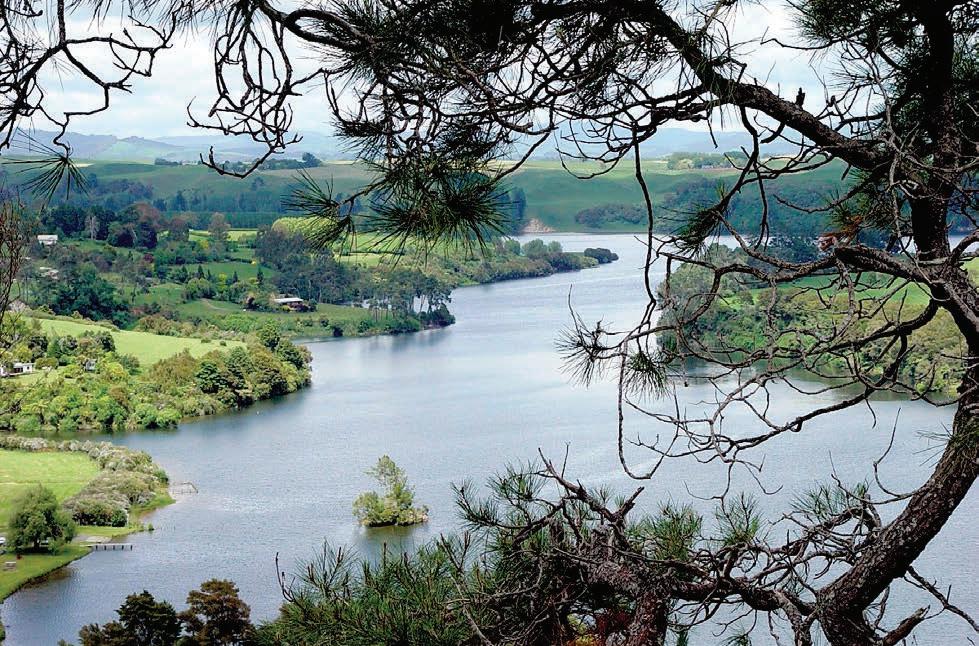
and appeals.
For the past five years, the plan has been before the Environment Court, with Federated Farmers, environmental groups, iwi and the council all locked in legal wrangling over the details.
Once the court releases its decision, the council is legally required to begin implementing and enforcing the rules.
That means thousands of farmers could soon be facing new compliance costs and resource consent requirements under a system that’s on its way out.
It’s a ridiculous situation that could easily be avoided if the Government steps in.
Under Waikato PC1, around three-quarters of dairy farmers are expected to need a resource consent to continue operating.
Even those who don’t need one immediately could require a consent if they want to make changes to their business, such as increasing stocking rates or milk production.
Drystock farmers with higher-thantypical stocking rates could also be affected, while there are new rules proposed for fertiliser use, forage
STANDING FIRM: Now is not the time to enforce rules that may soon be obsolete, Phil Sherwood says.
cropping and stock exclusion from waterways.
These are complex, high-cost rules that would touch almost every farmer in the Waikato and Waipā catchments.
Early signals from Ministers suggest the new resource management framework will rely more heavily on certified farm plans than resource consents.
I support that direction, but only if the transition is managed carefully to avoid waste.
When the new RMA replacement is introduced to Parliament, transitional measures should freeze the roll-out of PC1.
Otherwise, we’re going to see massive duplication of effort and cost for no benefit to the environment.
My message to the Government is simple: don’t force Waikato farmers and ratepayers to throw money down the drain on rules that may be replaced.
Hit pause on the roll-out of PC1, get the new law in place, and then move forward with a sensible, streamlined framework that actually works.








Phil Sherwood Waikato Federated Farmers president

Huntly 529 Waikokowai Road
An autumn gem
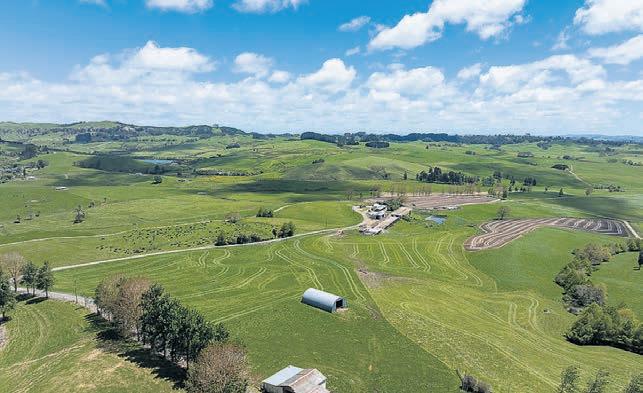
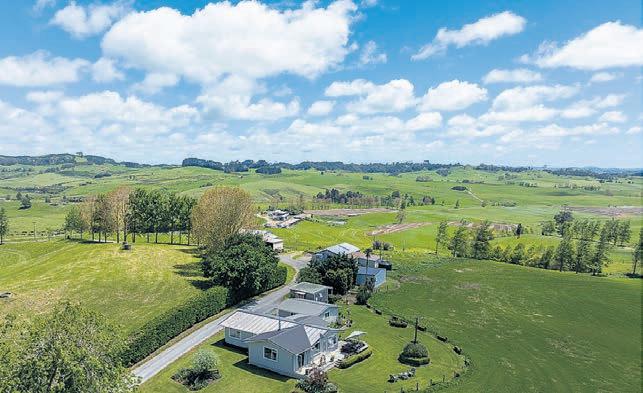
This productive 146-hectare (more or less) dairy farm with 3 titles is a prime opportunity for those wanting to start their farm ownership journey This flat to gentle rolling all-autumn calving farm is supplying Fonterra up to 181,000kg/MS annually Infrastructure includes a 36 aside herringbone cowshed, 400 cow yard, a 5-bay calf shed, and a half round barn The farm is easy to manage with its simple layout, central race and great infrastructure The warm family home has a large modern kitchen, polished floorboards and double doors that open out onto the spacious deck overlooking the farm There is also a self-contained 1 bedroom, 1 bathroom stand alone unit available for additional staff housing bayleys co nz/2312917 Huntly 1232B Hetherington Road

Productive farming lifestyle
This 116-hectare (more or less) property offers a productive grazing or dairy support unit with a comfortable family home Currently used as a dairy support but make the most of the booming beef market or create the first farm buyers dream property The easy working contour and layout is ideal for efficient management and stock movement and in the last two seasons have had approximately 10 hectares of maize and 20 hectares of grass silage cut off the farm demonstrating its productive capabilities Situated on an elevated site with commanding views over the surrounding countryside, this home would have been a real statement when first built The home features three bedrooms, including an ensuite, a family bathroom, an office, and a games room - providing versatile spaces for family life and home-based work bayleys co nz/2312895

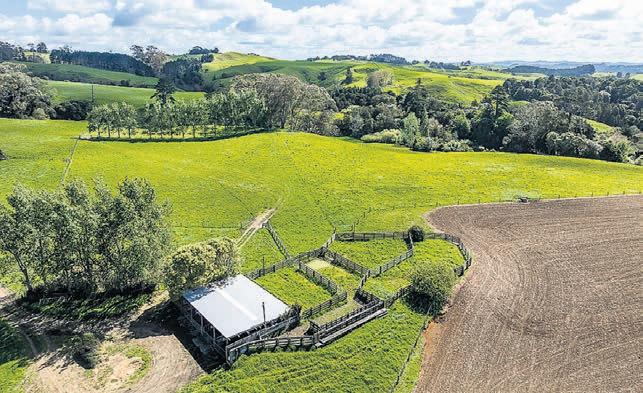
Kelly 027 432 4278
Kelly 021 165 5031
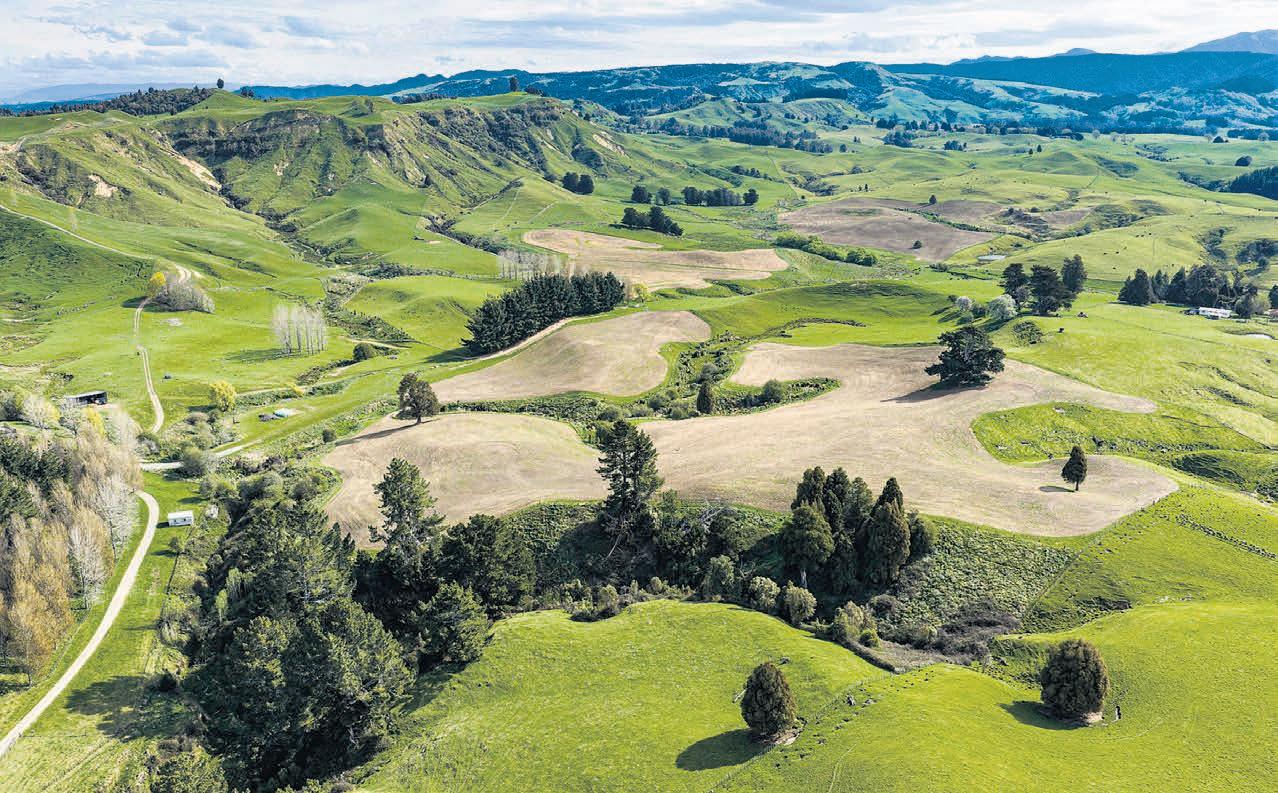
Hawke's Bay 50 Little Bush Road, Puketitiri
Production plus Sika hunting at Puketitiri
Located in a summer safe farming district only 53 kilometres north-west of Napier ‘Te Wairere’ is 315 hectares of mainly easy/flat contoured country with a solid reputation for producing strong quality livestock Add to this the fully reticulated water system strong fertiliser history an excellent pasture renewal programme fantastic laneway from the woolshed to back satellite yards along with the huge natural resource of Sika and fallow deer This property is an absolute gem providing excellent returns as well as an off the grid hunting cabin complete with a spa pool The high performing ewe flock which lambs over 160% and boasts high worm resilience is also up for sale Featuring a large four bedroom homestead, a four stand woolshed, implement and hay sheds, sheep and cattle yards A must view for those wanting a turnkey farming opportunity bayleys co nz/2854220

Manawatu 1163 Mangamako Road
Excellent hill country breeding and finishing farm
Whether you are looking for a balanced hill country farm with potential as a stand-alone breeding and finishing farm or an additional property to compliment a larger hill country breeding operation, this property will not let you down This 376 96 hectare (more or less) farm located in the Ohingaiti area of the Northern Manawatu/Rangitikei districts has been run in conjunction with a larger hill country breeding farm The property has benefitted from a solid fertiliser history It has an estimated 114 hectares of crop able country, which has been utilised over the years for growing a variety of fodder crops for livestock finishing One of the outstanding features is a fully reticulated stock water system fed to all 55 paddocks There is a three-bedroom home and two woolsheds with covered yards and all the required stock handling facilities bayleys co nz/3053217
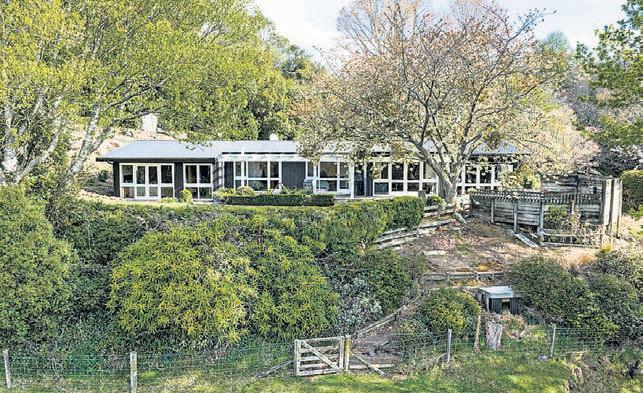

315 ha
Auction 12pm, Fri 28 Nov 2025
15 Havelock Road, Havelock North View by appointment
Tony Rasmussen 027 429 2253
tony rasmussen@bayleys co nz
Chris Heenan 027 599 3527
chris heenan@bayleys co nz
EASTERN
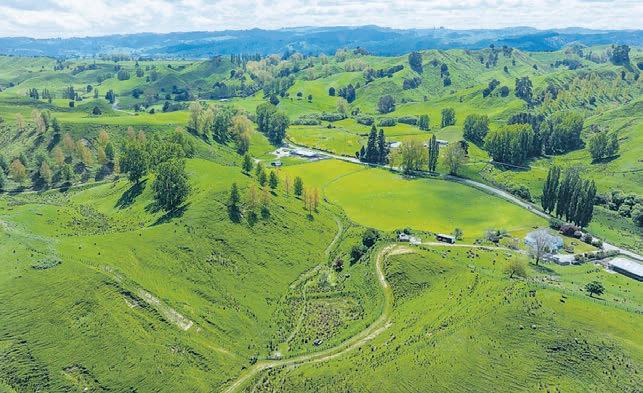

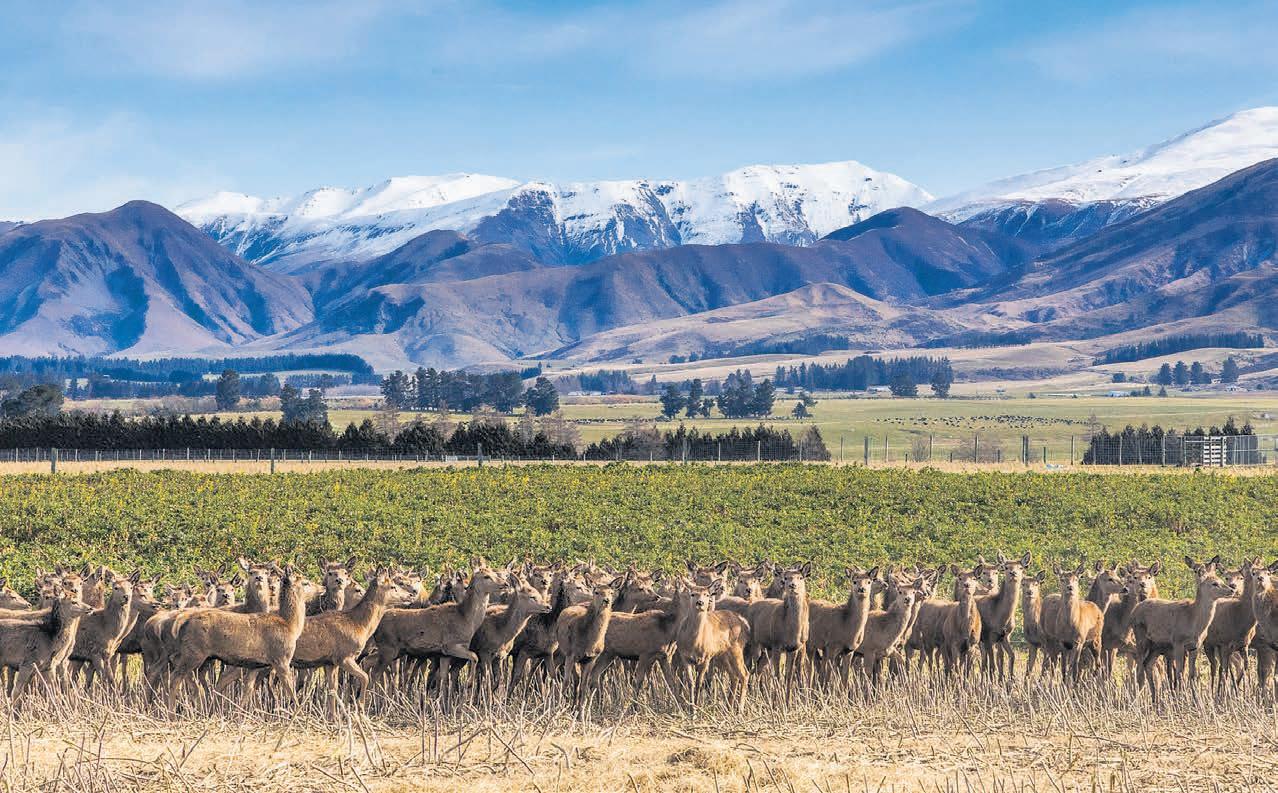
Mowbray Deer Farm and Butler Springs
Situated in the heart of the Fairlie Basin, this deer and beef enterprise is offered to the market as our vendors scale back their operations Mowbray Deer Farm, 1,211 hectares (more or less) is a large scale breeding property focused on producing quality weaners from around 1,000 mixed age red hinds and 200 Hereford and Angus/Hereford cows The farm also supports sheep grazing, hunting, and a tourism venture, featuring Sutherlands Hut, the oldest surviving shepherd’s hut in NZ Located just approximately 17km away, Butler Springs covers 332 hectares (more or less) and is fully deer fenced This property complements Mowbray’s operation, managing the weaners and velvet production from 700 plus stags and 600 deer (including fawns, hinds, and surplus stags) The property also carries finishing cattle, dairy grazers and sheep grazing bayleys co nz/5528756
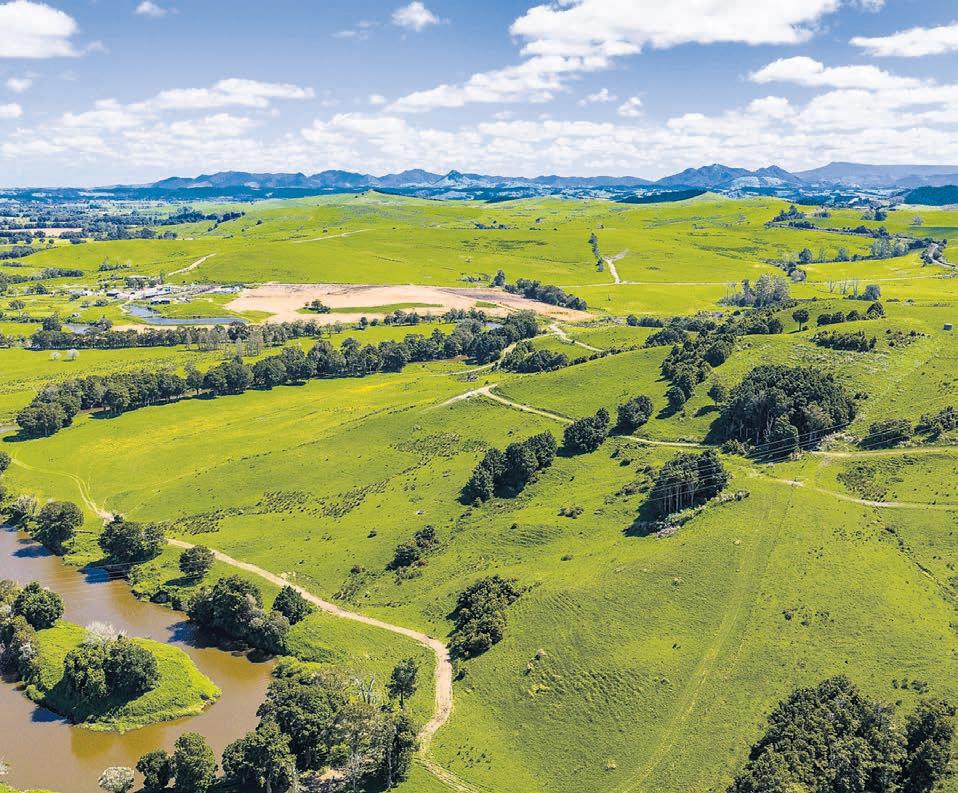


Deadline Sale (unless sold prior)
2pm, Tue 9 Dec 2025
View by appointment
Hamish Lane 027 685 6204
hamish lane@bayleys co nz
Mike Preston 027 430 7041
mike preston@bayleys co nz WHALAN



Fairlie 347 Butlers Road






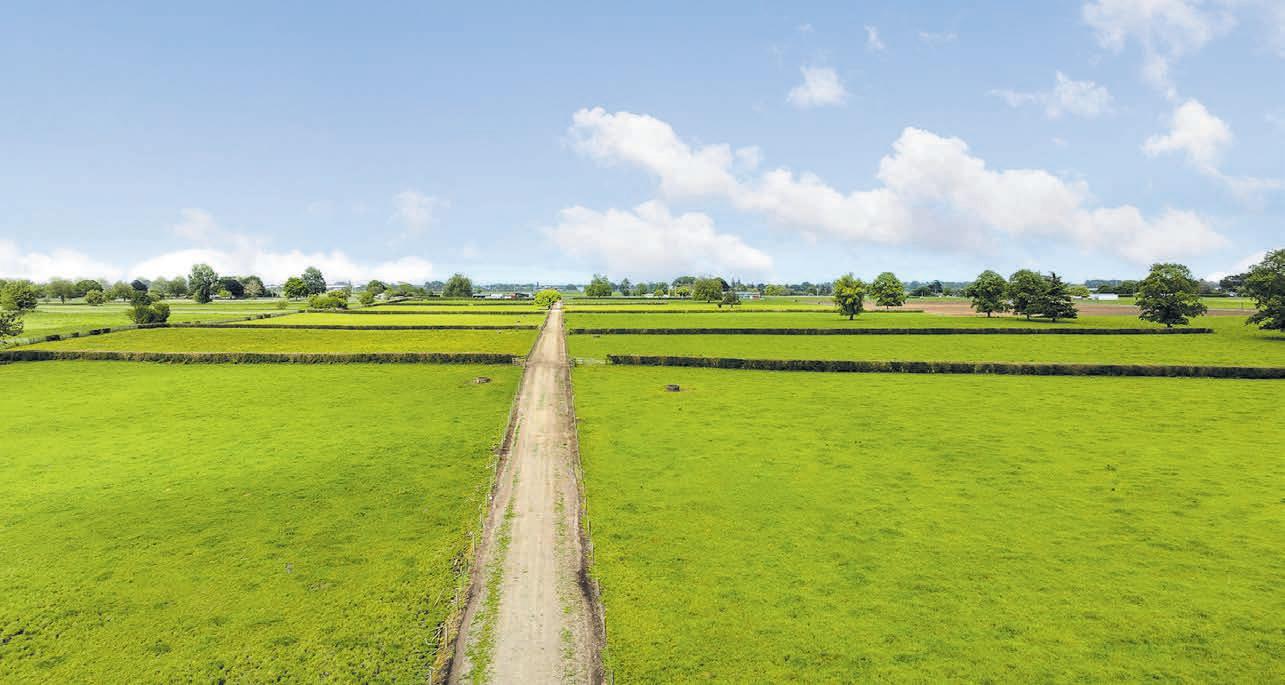



Held for over 50 years - Offered for the first time
Just five minutes from the boutique township of Cambridge, this exceptional 30-hectare (more or less) property combines the appeal of premium sandy loam soils with a strong income profile and superb location Flat highly productive pasture is bordered by established barberry hedging, creating natural shelter and structure A central race ensures ease of management, while the quality of the land lends itself to a wide range of agricultural or equine pursuits
Currently leased to the neighbouring dairy operation until 31/5/2026 the property contributes to the milking platform and provides a reliable return with total income of approximately $100 000 per annum across the farm lease and residential tenancy
Infrastructure includes a disused cowshed with concrete yards and a loading ramp offering flexibility for future use, along with a three-bay half-round barn, four-bay pole shed and lockable workshop shed with power and a concrete floor Boundary lines indicative only 3
AUCTION: 12:00 p.m. Wednesday 3 December 2025
NZSIR Cambridge Office (unless sold prior)
VIEW: nzsothebysrealty com/CAM1741
CATHERINE HAYWARD: M +64 27 562 4598
catherine.hayward@nzsir com
Two islands, one opportunity: how 2025 is redefining NZ dairy property
While it’s still very early in the current season, what is clear is that NZ dairy sales by number this calendar year continue to strengthen.
Our first thoughts always go to the median sale price, which for both North and South Islands is sitting at $34,500/ha (Jan to Oct 2025) However, what has captured our interest, are the number of buyers now prepared to look at dairy businesses operating at scale
In previous years it has been challenging for buyers to source borrowed capital for largescale dairy businesses, and, until very recently, there were no offshore dairy-to-dairy NZ farm investment transactions either The confidence of larger, more established family businesses to pursue growth opportunities has evolved and now definitely carries banking support
Of the 157 dairy sales this calendar year (REINZ excluding private sales), there are 24, $10m+ dairy farm sales, primarily driven by the South Island (20) activity
If we look at the data by scale of dairy enterprise, not value, the number doubles again to 50 dairy farms (200 ha+) sold this calendar year, or, put another way, a third of the NZ dairy real estate market Again, the South Island dominates, accounting for 35 of these 50 dairy sales
While it often does not pay to generalise, it is very clear we have two very different dairy markets in the North and South Island and it’s been that way for a long time; both represent opportunities for family farm businesses
In the North Island, over 83% of dairy sales are farms of less than 200 ha, accounting for 72% of the market value By contrast, in the South Island, half the sales are 200 ha+ and equate to 70% of the market value We do hear a lot about large-scale dairy and its influence on the NZ rural property market This is undoubtedly true
What is also true is that owner-operators in the North Island have an equal number of buying opportunities, and these can often fit just as easily within the scope of their existing businesses given that the median is now $34,500 across both Islands

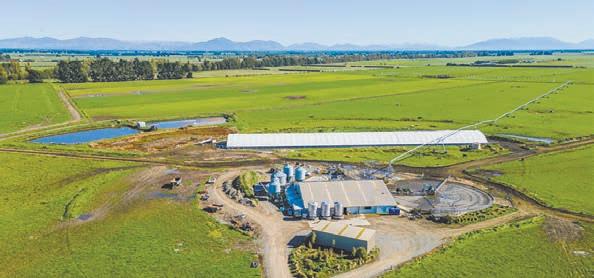
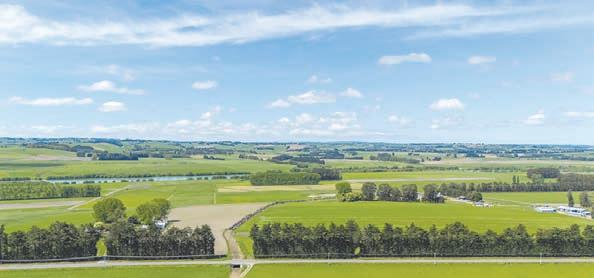












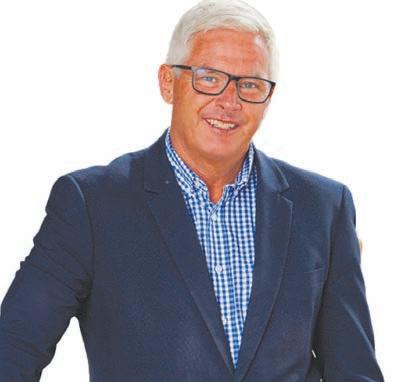

Fonterra shareholder support for the revised capital structure is likely to further assist dairy business growth aspirations in 2026 For those who miss out on the first shot at an additional property ahead of Christmas, it might pay to reload as the current median ($34,500) looks very affordable Particularly when you take into account the overall market stimulus in favour of owning a dairy business forward of today
Whether you ’ re looking to buy or sell your farm or lifestyle property our True Team is here to exceed your expectations With a perfect blend of energy and experience on your side, you can’t go wrong with Property Brokers
Call 0800 367 5263 or visit pb co nz
Conrad Wilkshire, GM Rural for Property Brokers Ltd
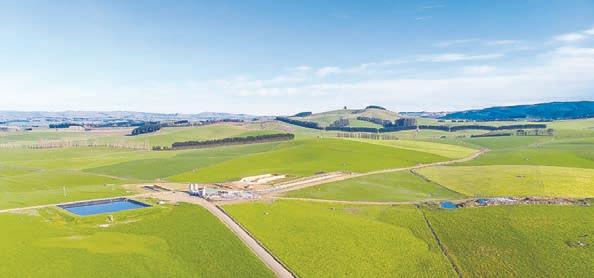




Bulls Santoft Road
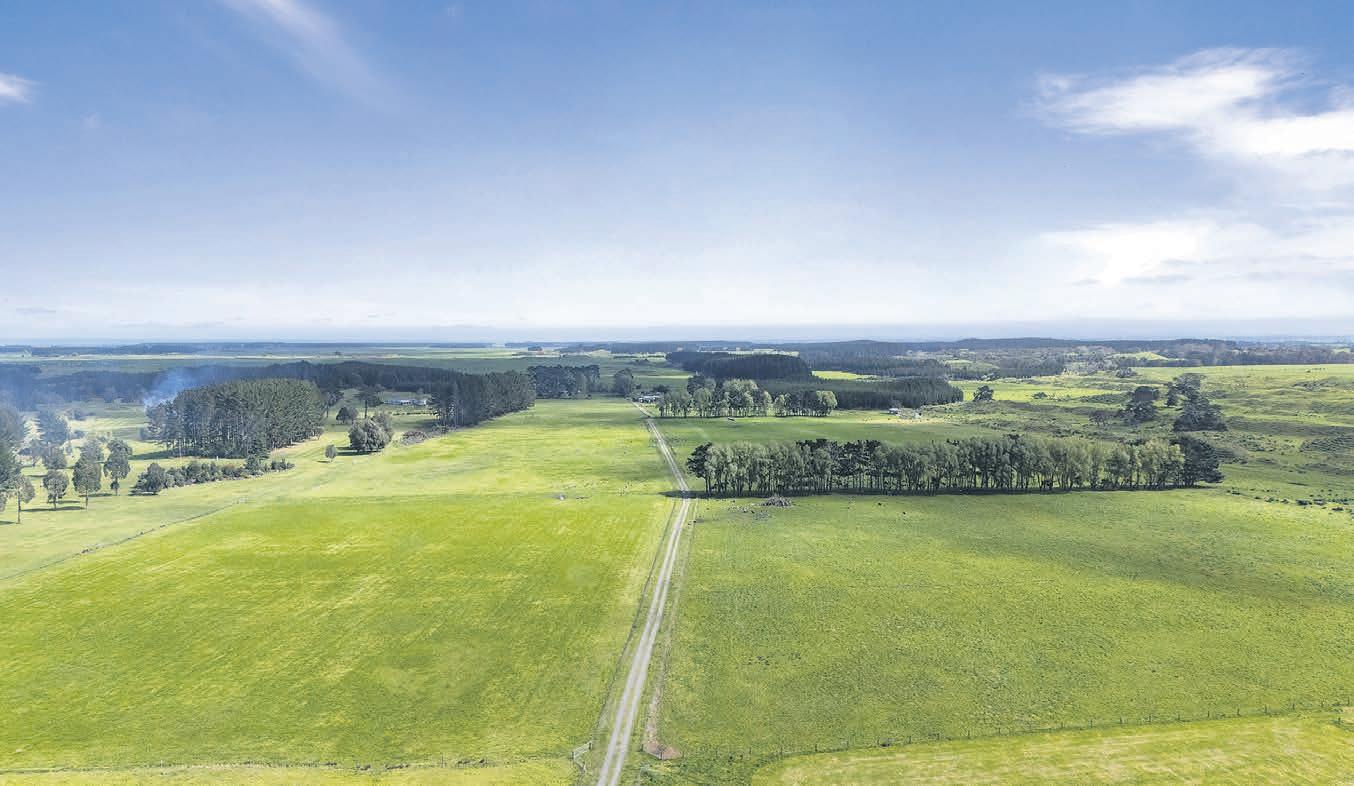
Diverse income steams and purchase options
Deadline Sale
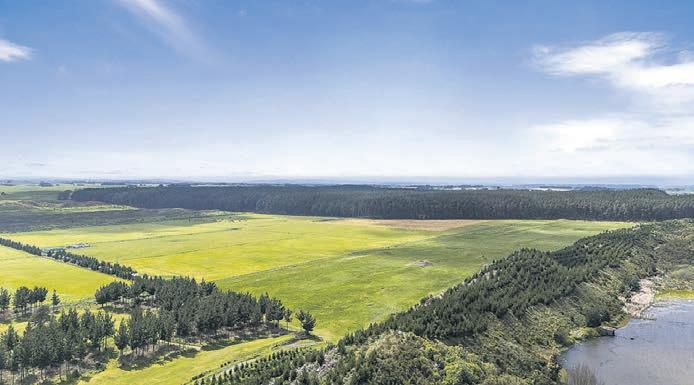
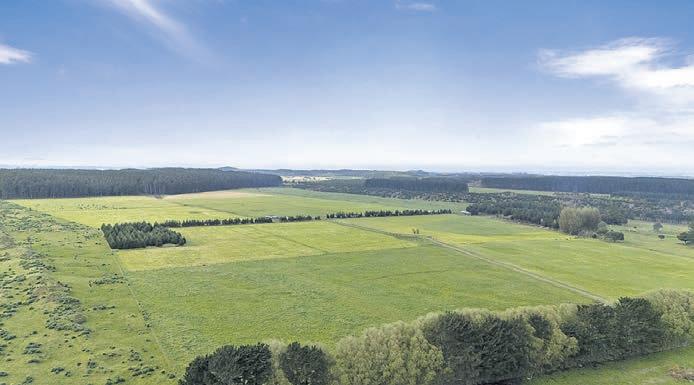
Located just minutes off SH3, this 269.74 ha property offers diverse soils, strong production, and multiple income streams. Pukepuke and Himatangi sands provide a balance of free-draining winter country and heavier summer-safe soils. Strategically planted pines generate immediate carbon income and future harvest returns Well set up as a finishing/support block, it also has the scale and infrastructure to operate independently. Contour is mostly flat with 120 ha mowable, 60 ha easy dune, and 80 ha of well-managed forestry. Pastures have been regularly renewed and support a proven history of fodder cropping Improvements include a four-bedroom home, support buildings, a three-bay shed, and two cattle yards. Quality bore water is reticulated throughout Excellent subdivision and metalled laneways add to functionality. Recreational benefits include waterfowl and upland game hunting. Purchase options include the full 269 ha or two titles at 80 ha and 186 ha Call us to discuss
Eketahuna 120 Priest Road

Kerrydale - First farm opportunity - 99 ha
Tender
Located just five minutes from the township of Eketahuna, within an hours drive of Palmerston North and Masterton being only 25 minutes to the south, Kerrydale offers an exceptional opportunity to secure a well-established dairy operation in a proven farming district. This 99 ha property features an 87 ha effective milking platform and has achieved an average production of just under 70,000 kgMS from 200 cows over the past three seasons, operating on a low-cost system 2-3 basis. Infrastructure is a key strength with a 20 ASHB cowshed equipped with modern plant a compliant effluent system, and a covered feed pad ensuring efficiency and seasonal reliability. Accommodation is provided by a solid three-bedroom home offering open-plan living and kitchen areas, which have been tastefully modernised in recent years to create a comfortable and welcoming family environment. With quality soils, favourable contour, regular rainfall, and excellent infrastructure
Deadline Sale closes Tuesday 16th December, 2025 at 11.00am, (unless sold prior)
View By appointment
Web pb.co.nz/FR212819


Blair Cottrill M 027 354 5419 E blair@pb.co.nz
Ted Shannon M 021 833 536 E ted.shannon@pb.co.nz

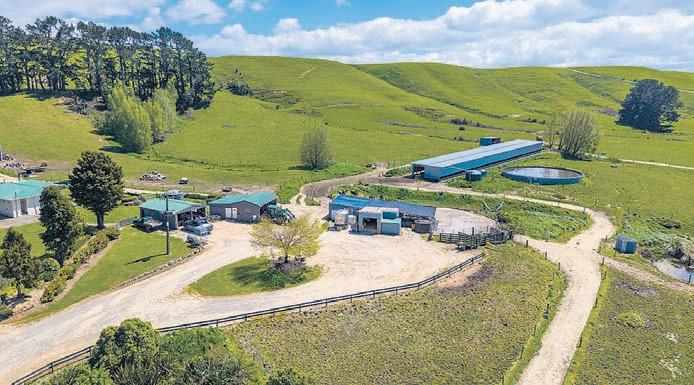
Tender closes 2.00pm, Thu 11th Dec, 2025, Property Brokers, 141 Main Street Pahiatua View By appointment
Web pb.co.nz/PR213210


Jared Brock M 027 449 5496 E jared@pb.co.nz
Bevan Bisset M 027 465 9651 E bevan.bisset@pb.co.nz
Scan for more
Manakau 132 South Manakau Road

One of a kind - 33.9 ha of quality and character
New Listing

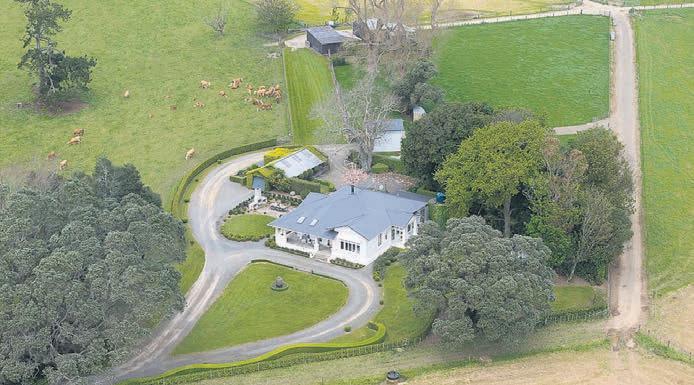
3 3 2
Discover one of the district's most picturesque lifestyle properties, Rushbrooke Estate - a truly special 33.9 ha holding that combines architectural charm, immaculate presentation, and highly productive land A stunning driveway winding through native bush sets the scene, leading to beautifully maintained grounds and gardens that frame the fully renovated three-bedroom character villa The home blends timeless villa features with modern comfort, offering spacious living, a stylish kitchen and bathroom, an additional office, and excellent indoor-outdoor flow to sun-filled entertaining areas, completing the setting is a self-contained one-bedroom cabin - ideal for guests, extended family, or as a home office. Adding further appeal is a beautifully converted rustic woolshed, offering a versatile space that could serve as a venue for events, functions, or creative ventures - a unique feature that enhances both the charm and potential of this remarkable property.
Manakau 1272 State Highway 1 South

Quality
Tender closes 1.00pm, Thu 4th Dec, 2025
View By appointment
Web pb.co.nz/OTR215203


New Listing
market garden, support or finishing block
A highly productive 38.67 ha property that has long been regarded as quality land - now further enhanced through extensive development over the past five years. Already a strong performing block, the farm has been taken to the next level with major upgrades including new fencing Throughout, a modern set of cattle yards, and a new bore supplying reticulated water to troughs in every paddock and a new 300m2 drive-through barn The contour is flat to gently rolling with fertility levels among the best in the district, supporting strong pasture growth and Consistent production. This is a well-balanced, easy-to-manage unit ideally suited to market gardeners, finishing or dairy support, in a proven farming area. A rare opportunity to secure a property where quality, location, and recent investment combine to create a truly standout block.
Travis Robertson M 022 152 6629 E travis.robertson@pb.co.nz
Ted Shannon M 021 833 536 E ted.shannon@pb.co.nz

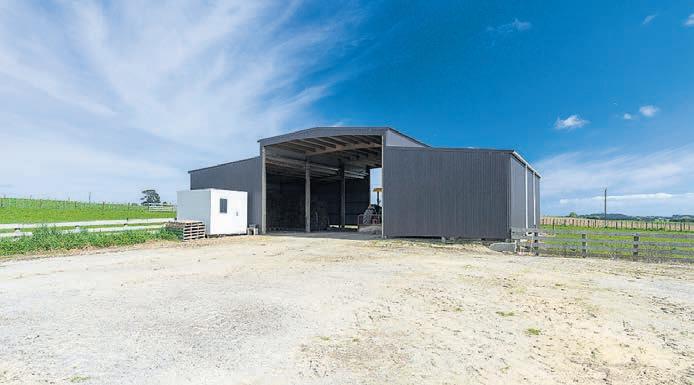
Tender closes 1.00pm, Thu 4th Dec, 2025
View By appointment


Web pb.co.nz/OTR215202 Ted Shannon M 021 833 536 E ted.shannon@pb.co.nz
Travis Robertson M 022 152 6629 E travis.robertson@pb.co.nz
Dannevirke 327 Okarae Road







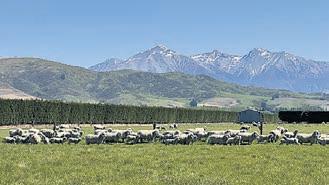
Quality grazing and runoff opportunity
Moon River Limited presents an exceptional farming opportunity combining productive soils, strong infrastructure, and stunning natural features. Approximately 100 ha of fertile alluvial silts lie on flat river terraces, with the balance in easy rolling to undulating hills. The picturesque Manawatu River forms the northern boundary, offering both natural beauty and recreational potential Soil types include Manawatu sandy loam, Takapau heavy silt loam, and Purimu silt loam, providing versatility across the farming system. Native bush areas enhance shelter and the property's overall appeal. Well subdivided into 25 main paddocks with a reliable reticulated water system.


“AORANGI” PUNCHING HILL COUNTRY

SALE
Walk in and farm opportunity
• 734ha/640ha effective
• Well-presented and well-developed clean hill country just 25 minutes east of Pahiatua in the sought after summer safe Makuri district
• Award winning farm
• Wintering 5500su
• Over 30km of new 8 wire fencing in the last 12 years
• Comfortable 4-bedroom home set in well-tended grounds
• 4 Stand woolshed / 1400-Night pen
Price $5,800,000 +GST if any Trade Me Reference: 5573456205
Contact: Mathew Prior 027 844 1766 or Marilyn Prior 027 876 9179 mazandmatt@yahoo.com



of deer fencing, along with well-trimmed and native shelter There is an excellent level of supporting infrastructure, including a comfortable three-bedroom plus office permanent material home as well as a second, substantially renovated home. There are two sets of cattle yards, woolshed/sheep yards, and ample additional shedding. Early inspection is advised.

Matt Collier M 027 205 6626


Your agent may suggest you
We suggest you remind them that this is the publication you, and every other

Sheffield 677 Pig Saddle Road
Snowview Farm
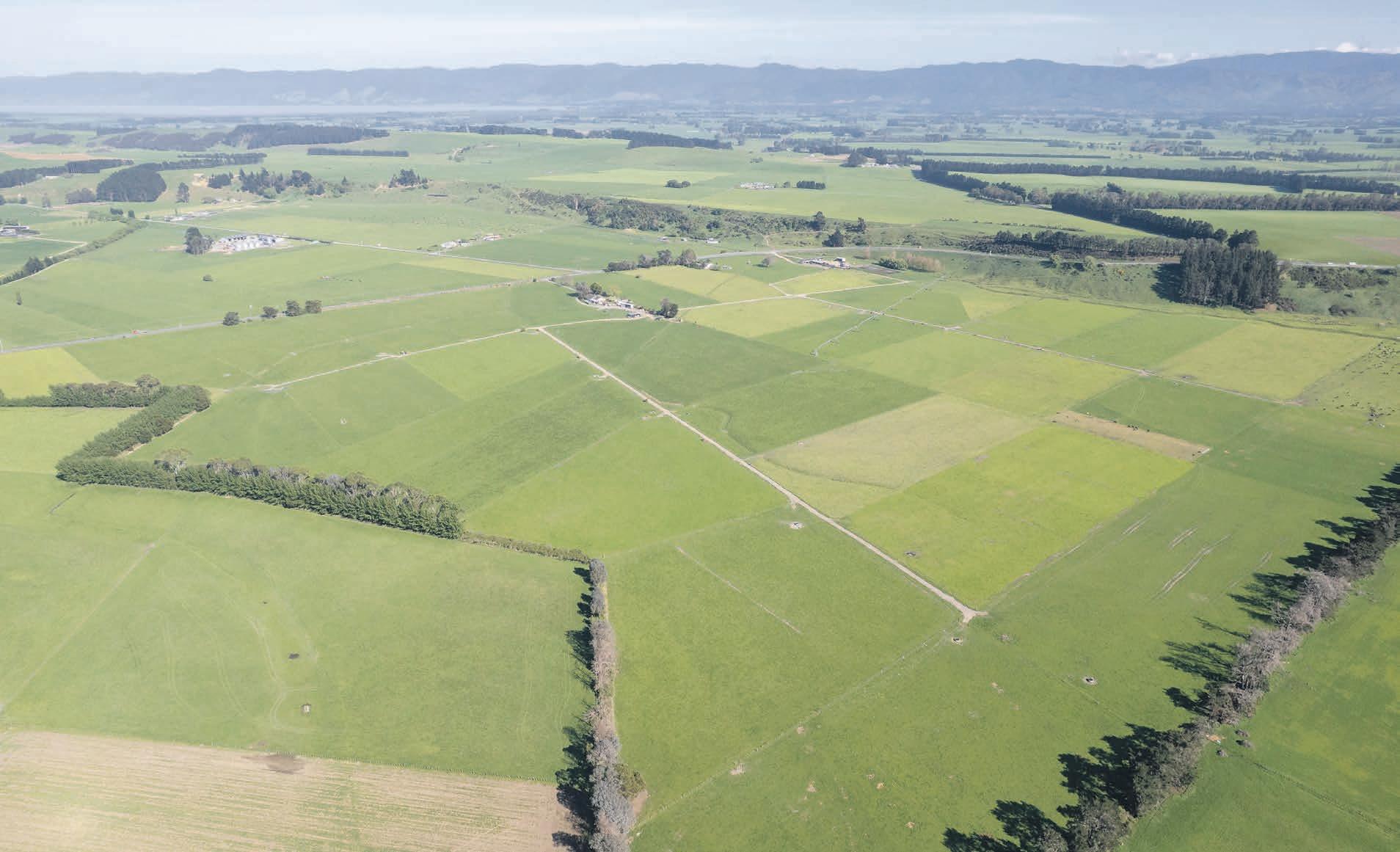


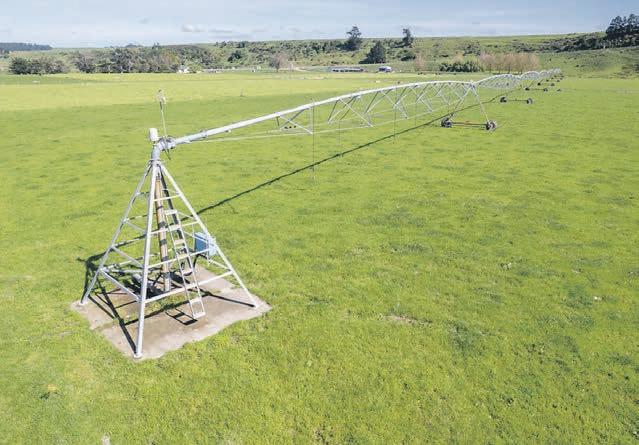

CROMWELL 303 Burn Cottage Road, Lowburn Valley
A Rare Opportunity in Central Otago
1,081.73ha. Te Oma Station sits between the Pisa Range and the clear waters of Lake Dunstan. Renowned for producing premium ultrafine Merino wool, and with its exceptional location, scale, and tenure, Te Oma Station offers multiple opportunities for further development or divestment. Potential alternative uses include diversified livestock farming, lifestyle subdivision, viticulture, horticulture, as well as recreational and tourism ventures. Improvements include a spacious five bedroom home with two bathrooms, office and separate lounge, plus an architecturally designed three bedroom managers house Farm improvements include a four stand woolshed and covered yards, four bay implement shed plus lock up workshop, store shed with lean-to plus two hay barns. The surrounding region is underpinned by a dynamic and thriving local economy that has sustained strong growth over many years, enhancing the long-term security and value of landholdings such as Te Oma Station. Size, accessibility and proximity to key destinations make it an outstanding investment for those seeking a prestigious property in one of New Zealand’s most desirable regions. The property is situated very close to Lake Dunstan and the vibrant Cromwell township, with easy access to Wanaka and Queenstown Lakes District
pggwre.co.nz/DUN42193

CENTRAL OTAGO Hills Creek Station and Styx Station
Strategic Agricultural Investment – Two Prominent Stations
Hills Creek & Styx Stations – Central Otago. A rare opportunity to secure a large-scale pastoral enterprise in the heart of Central Otago.
Spanning 10,080 hectares (more or less) across two complementary properties, this offering delivers scale, diversity, and proven performance Located near Ranfurly, Patearoa, and Alexandra, the stations feature a mix of fertile flats, rolling paddocks, and extensive hill country – ideal for breeding, finishing, and cropping.
Styx Station (6,304ha) winters approx 17,347 stock units (five year average including budgeted 2026), with Halfbred ewes transitioning to Quarterbreds and 600 Angus-based cows. Strong feed production supports high per-head performance. Hills Creek Station (3,776ha) winters approx. 19,230 stock units (five year average including budgeted 2026), including 9,000 ewes, contract lambs, and cattle partnerships.
Extensive infrastructure includes multiple homes, woolsheds, yards, and staff accommodation – a turnkey solution for family farming, equity partnerships, or corporate investment.
Option One: Entire Properties - 10,080 Hectares. Option Two: Hills Creek - 3,776.1642 Hectares
Option Three: Styx Station - 6,304.7923 Hectares



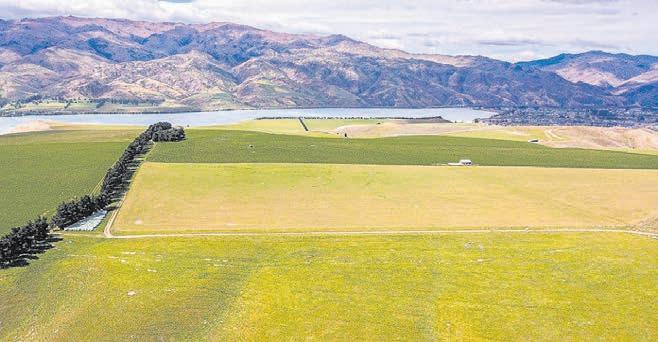

DEADLINE PRIVATE TREATY Plus GST (if any)
(Unless Sold Prior)
Closes 4.00pm, Monday 15 December
Trevor Norman
M 027 435 5433
VIEW By Appointment Only E trevor.norman@pggwrightson.co.nz


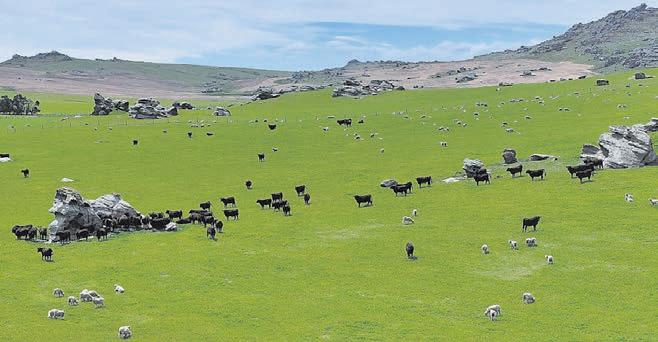
DEADLINE PRIVATE TREATY Plus GST (if any) (Unless Sold Prior) Closes 12.00pm, Wednesday 25 February 2026
Brent Irving
M 027 457 7034
VIEW By Appointment Only E pthomson@pggwrightson.co.nz M 027 435 3936 Paul Thomson E brent.irving@pggwrightson.co.nz







774 Buckland Road, Matamata
ha

A well-established 154-hectare dairy unit (more or less) in a prime Waikato location, milking 370 cows through a 44-ASHB shed with meal feeders, averaging 155,000kgs/ms Supported by multiple buildings and a feed pad Two reliable bores for water supply and three houses Mainly easy rolling contour, well subdivided which includes a large duck pond and established trees This is a productive, well-managed farm close to Matamata, Cambridge, Hamilton, and Tauranga
TENDER
Closes Fri 12 Dec, 4pm th (unless sold prior)
VIEW Tues 25th Nov, Tues 2 Dec nd 11 30am - 1 00pm
Dairy property offers scale Enquire today

AGENT
Jack Van Lierop 027 445 5099
AGENCY
LJ Hooker Matamata Link Realty Limited Licensed Agent REA 2008

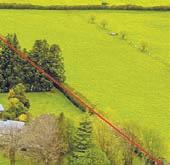

for
productive
in
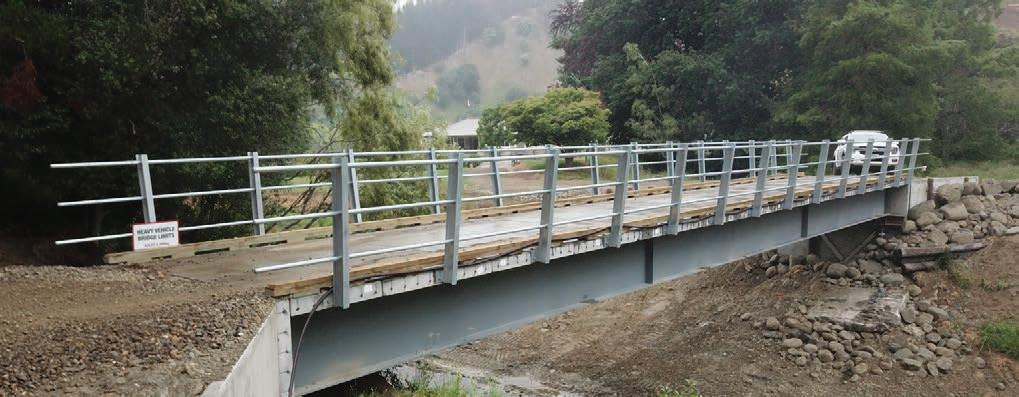
With over 70 years of industry experience, Lattey Group specialises in the design and build of farm and forestry bridges.

www.latteygroup.co.nz



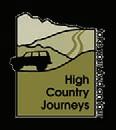
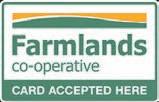

At Theland (‘The Land’) Farm Group, we’re a proud, Kiwi-run business built on teamwork, trust, and a shared passion for the land and the assets we operate across Canterbury
We run a straightforward, grass-based system with seasoned Contract Milkers, milking 770–1300 cows per shed across our 11 farms
We believe in giving you the scope and tools to perform at your best while maintaining strong, transparent partnerships with our small and closeknit team
At Theland Farm Group, we want you to grow and thrive in your farming career
If you’re an experienced Contract Milker looking ahead to the next opportunity, we’d love to hear from you You might not be ready to make a move today, but when you are we’ll be here
Join a team where your dedication and success truly matter and discover what we can offer you
We currently have a Contract Milker position available for the 2026/2027 season so get in quick! opsadmin@thelandfarmgroup.com
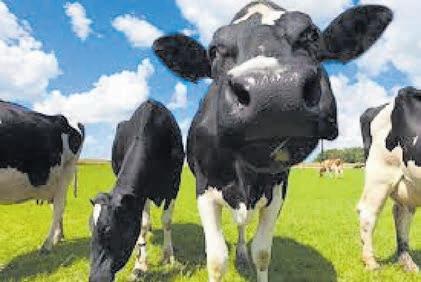


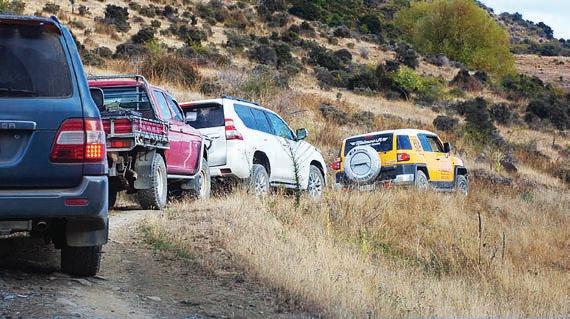



50/50
Sharemilker
Skylark Farm, Pukehina
We’re seeking an experienced, motivated 50/50 Sharemilker to take full responsibility for day-to-day dairy operations at Skylark Farm, milking 560 cows OAD near the beach in Pukehina, Bay of Plenty.
You’ll work in partnership with the farm owners and consultant to achieve sustainable, profitable production, demonstrating strong herd and pasture management, financial capability, leadership, and a genuine passion for cows, grass, and people.
Start: 1 June 2026
Term: 3 years
Apply with CV & referees: support@perrinag.net.nz





TAGALONG TOURS

























Marketplace Livestock 41
PAPARATA STATION 3RD ANNUAL ON FARM YEARLING CAT TLE SALE


A
“Relatives of yours?” “Yep,” the husband replied, “In-laws.”
TREES FOR FARMS
ADDITIONAL INCOME. Stock shelter, erosion control, Truffle income, animal fodder, fireproof cork and Natives. 021garden.co.nz Litherland Truffles 021 327 637.
WANTED TO BUY
WHAT’S SITTING IN your barn? Ford, Ferguson, Hitachi, Komatsu, JD. Be it an excavator, loader or tractor, wherever it is in NZ. Don’t let it rust. We may trade in and return you a brand new bucket for your digger or cash for your pocket. Email admin@loaderparts.co.nz or phone Colin 0274 426 936.
MACROCARPA AND PINE TREES. Plantations, Shelterbelts, Farm lots, Big or small, Lower North Island, Good $$$ paid. No obligation free quote. Call Grant 021 246 4329 HSF Ltd.
SAWN SHED TIMBER including Black Maire. Matai, Totara and Rimu etc. Also buying salvaged native logs. Phone Richard Uren. NZ Native Timber Supplies. Phone 027 688 2954.
NATIVE LOGS WANTED. Salvage logs and Green standing trees, all species. Top prices paid. We acquire all necessary MPI and Council consents. All enquiries welcome. Phone Mike 027 458 5250.
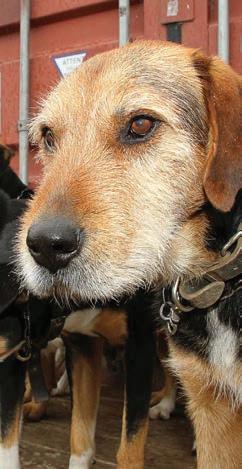
Call 0800 85 25 80 wordads@agrihq.co.nz
Thursday 4th December 2025
1pm
A/c Trevor & Trish Johnson
4557 Ohura Road, Taumarunui (Ram selling complex)
Comprising of:
700 Yearling Steers
600 Yearling Heifers
These later born shifting hill-country Yearlings are Angus, Angus/Hereford x & Hereford
Angus Bulls have been purchased from Stokman and Waitangi with Hereford from Kokonga
The cattle will be drafted into lines and weighed 10 days prior to the sale with viewing on Sale Day from 9 30am – 12 30pm
A list of yard addresses will be available upon request from the Auctioneers
A catalogue will be available on Bidr and MyLivestock prior to the sale
A 2% purchasing rebate will be paid to recognised companies making arrangements prior to the sale The cattle will be shown at the auction via video taken at drafting and weighing
For more information contact:
Marty Cashin (PGW ) 027 497 6414
Vaughn Rogers (NZFL) 027 452 1568
NZ’s Virtual Saleyard bidr.co.nz
Charollais Sheep Genetics NZ
further information on private ram sales contact participating flocks
Peter Ponsonby, Lawrence
Matt Ponsonby, Lawrence 0274
Scott Linklater, Feilding 0175
Chris Hampton, South Canterbury 0272
Murray Smith, Rangiora 0274
Duncan & Casey MacKintosh, Rangiora
Mitch Taylor, Fairlie
Nigel Jay, Rangiora
Martina & Shaun Lawlor,
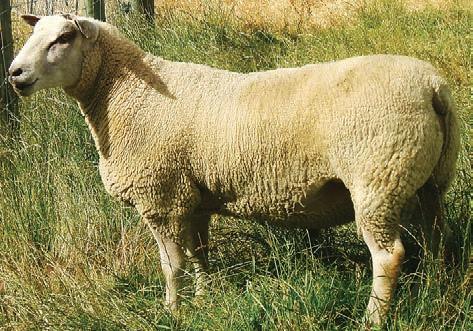
Wednesday 26th November 2025 11.30am
Morrinsville Saleyards A/C DA & AE Roberts Comprising
142 Friesian In Milk & In Calf Cows
Dar yl & Anne have made the hard call to retire from dair ying after 26 years A great oppor tunity to purchase Friesian cows with great udder confirmation, temperament and capacity
• Herd tested 5th November 1.38m/s SCC 50
Expected Calving Dates Available Mated to AB Charolais, Speck le Park & Hereford Bull star ting 27th July
• Nominated Worldwide Sires Since 2017
• System 2, Once -A-Day for the last 5 years
• TB C10, EBL Free, BVD Negative, Lepto Vacc Herringbone shed Catalogue available on Agonline
Online bidding available via Bidr
Contact:
Dean Evans (PGW ) 027 243 1092


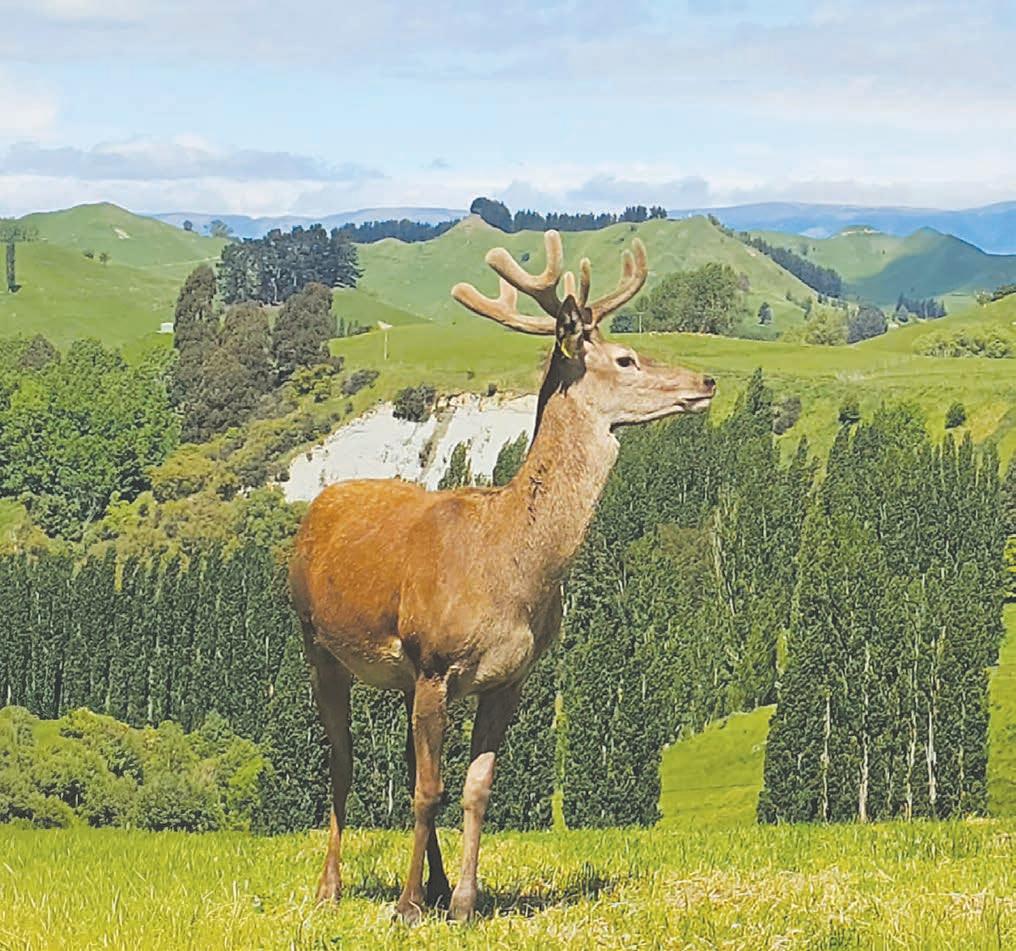

Helping grow the country
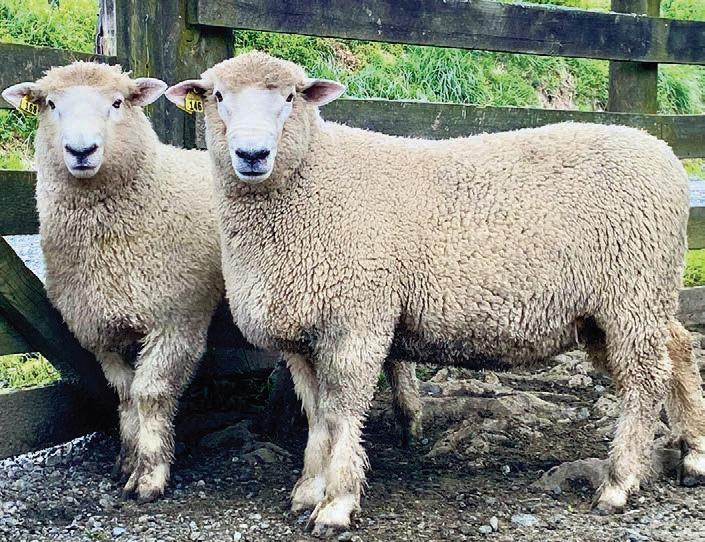
RIDGETOP ROMNEYS
✔
Arapawa Wiltshire Stud
Bred Tough on Hard Country. Proven over Generations. Bred over decades and tested on the steep and rugged hills of Arapaoa Island in the Marlborough Sounds. Our Wiltshire’s are hardy, reliable and proven performers in every condition.
• Long Standing Breeding History – decades of recorded Wiltshire Bloodlines, selected for consistency and quality.
• Raised on Hard Country – these are the Wiltshires that strive where others struggle.


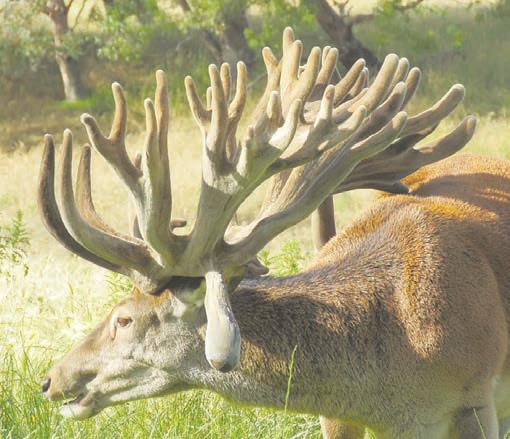

Further enquiries:


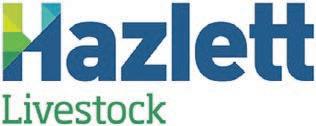
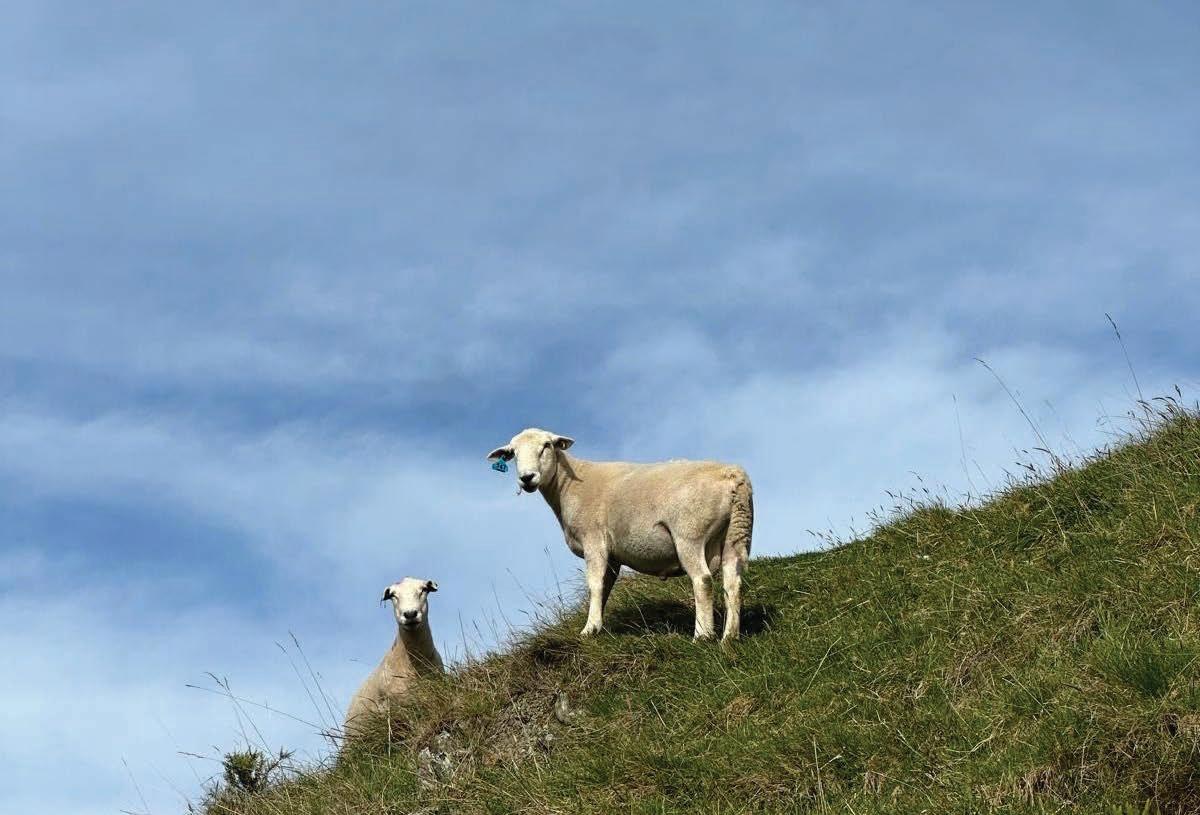



> 30 Romney Rams > 20 Romdale Rams > 14 Halfbred Rams






Building Better Bloodlines
Piquet Hill Rams are:
• Moderately framed and structurally sound
• Extremely hardy
• Prolific and vigorous
• FE tolerant

• Worm resistant

• DNA profiled and parent verified

Maternal composite (FE testing @ .67)
Sheddmaster (FE testing @ .40)
Romney (FE testing @ .72)
Blackface terminal composite
Enquiries and viewings welcome Will Jackson 027 739 9939 william@piquethillfarms.co.nz www.piquethillfarms.co.nz
STOCK REQUIRED Genuine Lines Wet/Dry Ewes
1 yr Friesian Bulls 300 –370kg Aut or 2YR Fries Bulls 450kg 2YR Beef Bulls 450–560kg
2YR Ang, Exotic or xbred Strs >500 kg FOR SALE
130 Fries/Here 3YR Heifers – 2nd calf with Simmental calf at foot
info@dyerlivestock co nz www dyerlivestock co nz Ross Dyer 0274 333 381


Glenrobin Stud
Beltex X Two Tooth Ram sale
SALE DAY
Monday 8 December 2025
AUCTION at Gore Showgrounds
Viewing from 10am Sale starts 11:30am

Also on – hybrid livestreamed auction
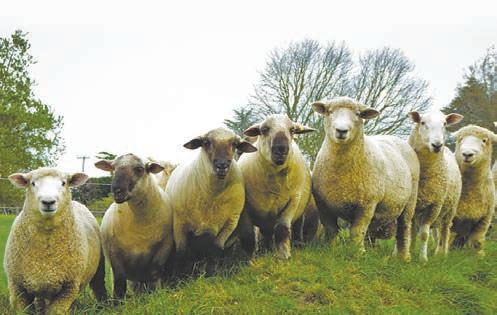








Photos & Catalogue available on Bidr or below contacts
Sired by top Beltex Rams
• 19 Beltex X Suffolk Two Tooth Rams
• 14 Beltex X Poll Dorset Two Tooth Rams
• 3 Beltex 3/4 & 7/8 Two Tooth Rams
All Rams are showing the unique double muscling and the higher yielding density characteristics of the Beltex breed.
Michael Robinson 027 210 5977


Brent Robinson 027 206 4958
Callum McDonald – PGGW 027 433 6443

Production and Perf ormance in all environments
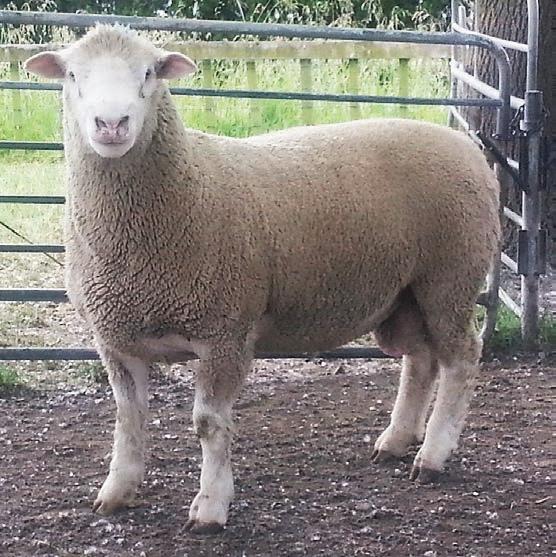
you should buy a Glengarry ram:
• 49 years performance recording
• Major emphasis on growth, survival and muscling
• All sires DNA tested for footrot and muscling genes
• No. 1 ranked Terminal Sire 2004, 2005, 2009, 2010 & 2017 (SIL ACE list)
• 400 stud ewes means only the best rams are sold
• Six rams in Top 20 2022 SIL Terminal Lamb Growth
• 1st Ranked Ram 2020/21 SIL Terminal Sire Lamb Growth

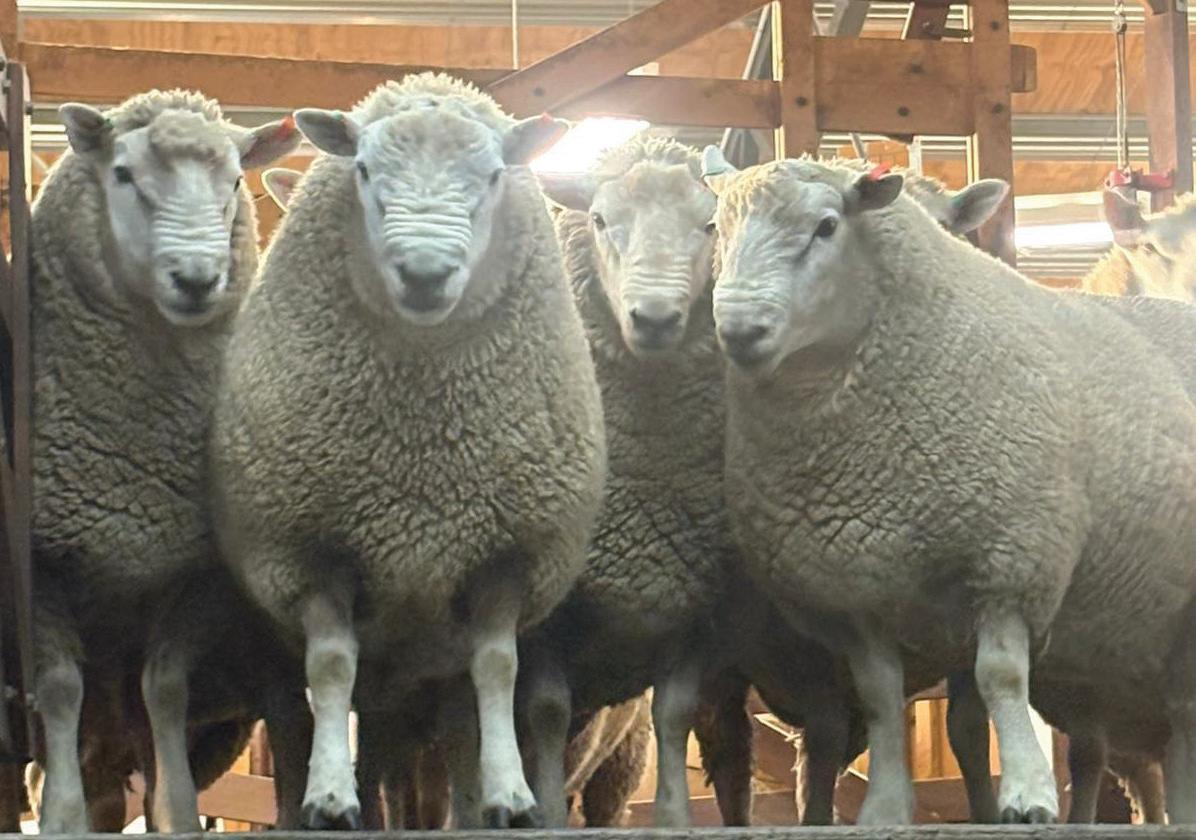

Markets
Weaner fairs put market trends to the test
Breeding tells as renewed taste for calfrearing makes its way through the system.

DFiona Quarrie MARKETS Livestock
AIRY-beef weaner fairs have been ticking along in the North Island for five weeks now and will continue as we race towards Christmas. The question that has been part of the hum around the yards is whether the market will hold up with the increased number of calves reared. Now is as good a time as any to see how things are tracking.
The very early sales tend to always be a bit hit and miss, depending on the spring. Weaners are particularly fond of the longer, greener pastures. Like ice-cream for toddlers. This year, the spring growth was delayed, and it did create a smaller buying pool as well as lighter calves.
The most common prediction soon played out where well-bred calves made good returns, the black Hereford-Friesian with clean white faces, while lesser types were harder to shift. Strong beef schedules and a shortage of older cattle in recent years have
increased desire to rear calves but the reality is that the calves not usually reared are rougher around the edges.
The first sale at Frankton, on October 16, saw 100-120kg Friesian bulls land right where expected at $750-$850 for most.
Comparatively, Hereford-Friesian bulls at the same weight generally traded from $900 to $980.
Things warmed up, though, and the second round of sales generally went well with a good lift on dairy-beef. HerefordFriesian bulls at the second Frankton sale jumped $100, which put 100-120kg options at $990-$1090. Friesian bull returns stayed where they were, though, and vendors were likely looking unfavourably at the numbers coming up from the South Island.
The sheer quantity of weaner Friesian bulls changing hands has taken some of the cream off the top, which is normal for this point in the season. Most recently at Feilding, on November 13, 100-120kg options managed $750-$850, where the range at the previous fair a fortnight prior had been $750-$900.
Proudly sponsored by

(November, 100-125kg)
$800
$700
$600
BIG IS GOOD: These autumnborn Charolaisdairy bulls were a highlight at Feilding on November 13. They averaged 266kg and fetched $1610, or $6.05/kg.
The sheer quantity of weaner Friesian bulls changing hands has taken some of the cream off the top, which is normal for this point in the season. North Isl. dairy-beef calves
$300 $400 $500
$900 2015 2017 2019 2021 2023 2025 Beef-cross bulls/steers Beef-cross heifers
A good drop of rain meant Frankton results on the same day managed to hold their level, but that still put them in the $750$850 window. Rangiuru didn’t fare as well, however, and the Friesian bull average return came back $65 per head.
It is typical to look at these true-to-type cattle to gauge the market and, based on these, there has been a good lift in returns in relation to last year. Comparing
LivestockEye reports for the same mid-November fair at Feilding, the average dairy-beef bull return has increased $280 per head and $170 for Friesian bulls since 2024. When returns on Hereford-dairy bulls with mixed markings and Friesian-cross are compared year on year, the increase is certainly no more than $100.
Slower to shake off the winter chill, South Island saleyards are just starting to enter the ring.
Temuka yarded 1575-head on November 19 and, despite the North Island Friesian bull market getting wobbly knees, there was no shortage of bulls crossing the strait afterwards.
Again, the reasoning for this comes down to type and for some buyers there is no budging on the topic. Most Friesian bulls sold for $600-$700 at 100-120kg while the top tier of 100-150kg dairy-beef collected $750-$860.
Not immune from the mixedbreed woes, the lesser types were harder to place, and these dairybeef steers could be picked up for $400-$500.



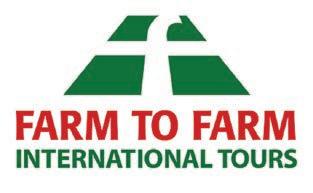



United Kingdom &
Photo: bidr.co.nz
Cattle Sheep Deer

Weekly saleyard results
These weekly saleyard results are collated by the AgriHQ LivestockEye team. Cattle weights and prices are averages and sheep prices are ranges. For more detailed results and analysis subscribe to your selection of LivestockEye reports. Scan the QR code or visit www.agrihq.co.nz/livestock-reports
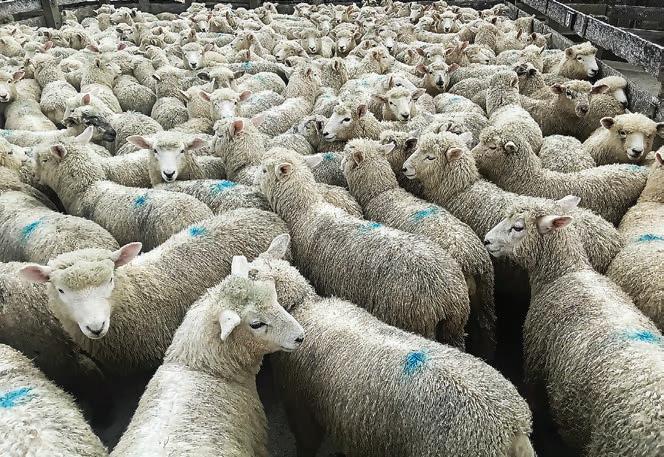















MATERNAL MALES: The dry conditions on the east coast caused some vendors to offload their maternal male lambs early. Yarded at Feilding on Friday, November 14, these males earned $131.
Yearling dairy-beef steers, 315kg 5.13
Yearling dairy-beef heifers, 285kg 4.94
Taranaki | November 19 | 358 cattle $/kg or $/hd
2-year dairy-beef steers, 440kg 4.81
Yearling dairy-beef steers, 310kg 5.18
Yearling dairy-beef heifers, 270kg 4.52
Prime dairy-beef steers, 595kg 5.05
Prime dairy-beef heifers, 510kg 4.61
Boner Friesian cows, 540kg 3.35
Stortford Lodge | November 17 | 4077 sheep $/kg or $/hd
Prime ewes, all 90-230
Prime ewe hoggets, all 191-221
Prime mixed-sex hoggets, all 216-249
Prime mixed-sex lambs, all 160-233
Stortford Lodge | November 19 | 681 cattle, 3311 sheep $/kg or $/hd
2-year traditional steers, 520kg 5.20
2-year traditional heifers, 440kg 5.05
Yearling traditional steers, 305kg 5.74
Yearling exotic-beef steers, 320kg 5.66
Yearling traditional heifers, 325kg
Store terminal-cross ram lambs, all 135.50-168
Store terminal-cross ewe lambs, all 128-160.50
Store terminal-cross mixed-sex lambs, all 85-175
Feilding | November 13 | 1968 cattle
Aut-born weaner dairy-beef steers, 120kg 880
Aut-born weaner dairy-beef bulls, 225kg 1390
Aut-born weaner dairy-beef heifers, 190kg 1125
Weaner dairy-beef bulls, 110kg 935
Weaner Friesian bulls, 115kg 775
Weaner dairy-beef heifers, 105kg 760
Feilding | November 14 | 1686 cattle, 3226 sheep $/kg or $/hd
2-year traditional steers, 500kg 5.18
2-year dairy-beef heifers, 460kg 4.84
Yearling traditional steers, 285kg 5.98
Yearling dairy-beef steers, 360kg
Yearling traditional bulls, 320kg
Yearling Friesian bulls, 325kg
Yearling traditional heifers, 275kg
Yearling dairy-beef heifers, 320kg 4.56
Store whiteface cryptorchid lambs, all 116-149
Store whiteface wether lambs, all 94-135
Store terminal-cross mixed-sex lambs, most 113-155
Feilding | November 17 | 31 cattle, 2539 sheep $/kg or $/hd
Prime ewes, all 102-240
Prime mixed-sex hoggets, all 151-290
Prime mixed-sex lambs, all 159-301
Rongotea | November 18 | 134 cattle, 25 sheep
2-year dairy-beef steers, 380kg 4.41
Aut-born R2 dairy-beef heifers, 315kg
Boner crossbred cows, 515kg
Canterbury Park | November 19 | 717 cattle, 5076 sheep
Yearling traditional steers, 310kg
Yearling dairy-beef steers, 315kg
Yearling traditional heifers, 270kg
Yearling dairy-beef heifers, 340kg
Prime traditional cows, 595kg
Prime traditional steers, 585kg
ewes & lambs, all


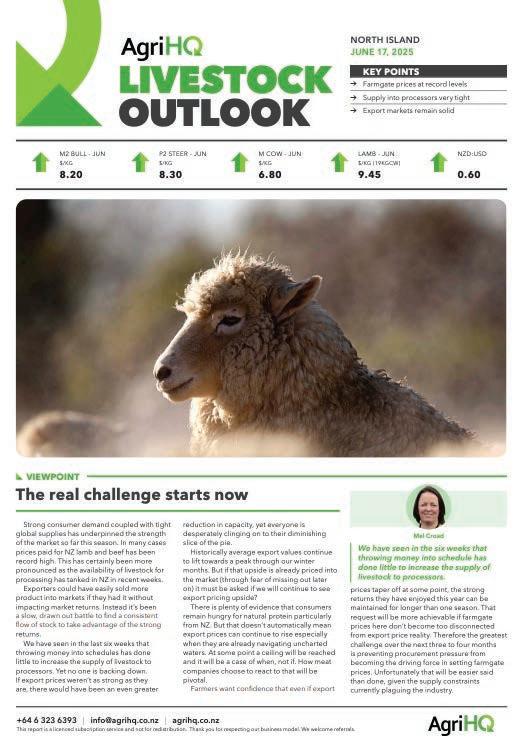
CREAM OF THE CROP: The creamy colours of Charolais-dairy weaner calves are getting more common following a few years of success in the store market. These bulls were sold for $860 at Temuka, on November 19, and averaged 149kg.
Our atmospheric tug of war is now in play

AN ATMOSPHERIC tug of war is in play over New Zealand. Not that you may even notice it, but two regions of opposing weather are meeting in the NZ area and it’s high pressure that is separating the two – and this may affect how our weather shapes up over December and early January as summer kicks off.
To the north, La Niña is trying to form. To the south, a more vigorous spring pattern than usual remains in place.
While at the time of writing this we were still technically in “neutral”, there continues to be signs La Niña is about to form. One of the measurements of La Niña is sea surface temperatures at the equator in the middle section of the Pacific Ocean. For the week ending November 9 (the last update we had), it was –0.84degC.
Sustained values below –0.8degC are consistent with a La Niña pattern. But this needs to stick for weeks to finally be
announced. Weekly values have been fluctuating around the La Niña threshold since mid-to-late September.
It’s not just the sea temperatures indicating La Niña. Atmospheric indicators, such as trade winds, pressure and cloud patterns over the equatorial central Pacific, show some signs of La Niña development too. Trade wind and cloud patterns have been indicative of La Niña since at least mid to late September and certainly if you look at any long range weather maps you’ll see a lot of low pressure forming just north of NZ and around the tropical islands.
For NZ a La Niña event encourages more low pressure in the tropics/subtropics, more easterlies into NZ and more cloud and often humidity and wet events. We can also get drought if those lows don’t make it far enough south to NZ and we just get the easterly winds.
And that brings me to the stormier Southern Ocean weather, which has eased back in the past week or two for us, but there is uncertainty about how the weather patterns south of NZ will behave
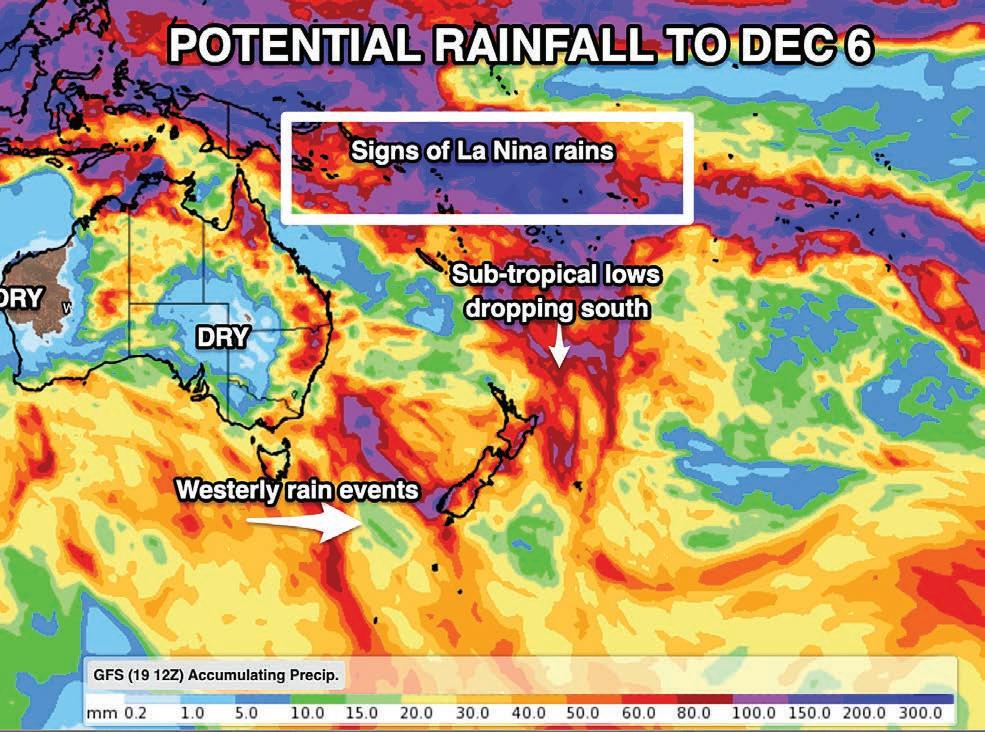
going into summer. My gut feeling is that we may be a bit more exposed to a few westerly wind events and the odd cold snap as storms continue to churn south of us.
This means westerlies dominate south of NZ and easterlies dominate north of NZ – placing us
TROPICAL: Big picture projection of rainfall in the southern hemisphere shows more tropical rain, but still a westerly flow into southern New Zealand, producing wet weather for both islands.
Fully automated, labour-free insights - protecting productivity, improving efficiency, reducing costs.
Dairy Walk Over Weigh goes beyond simple weighing
Every time your cows move through the shed, their weight is automatically captured and analysed
Get fully automated insights into average daily gain or loss, identify unexpected weight loss for identification of possible issues and fine-tune nutrition without extra labour or cow disruption Real-time data for real-time decisions
in the middle of all of this. We may remain on the outer edges of both, be impacted by both, or have one dominate more than the other.
This is what I mean by a “tug of war”, because both sides are evenly matched at this stage and neither seems to be winning and dominating our weather – although we’ve had more subtropical rain events and easterlies in recent weeks. So we may technically still be in neutral, but the weather systems to our north and south are firmly in gear and I think that increases NZ’s chances of rainmakers for the start of summer.




Philip Duncan NEWS Weather
